Are you interested in the art of craftsmanship? These are the must-visit profession and craft museums in Germany:
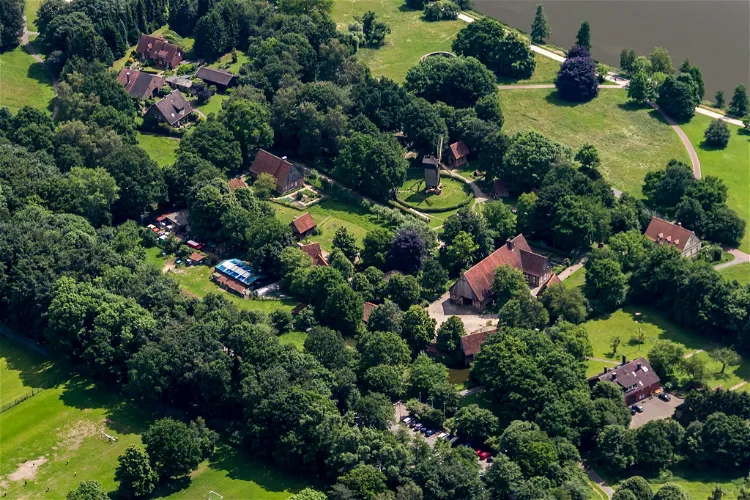
Mühlenhof Freilichtmuseum
MünsterThe Mühlenhof Open Air Museum Münster is conveniently located in the Sentrup district, making it easily accessible for tourists. Its proximity to other attractions such as the Aasee, the All-weather Zoo, and the LWL Museum of Natural History makes it an ideal stop for those looking to explore the cultural and natural history of the region.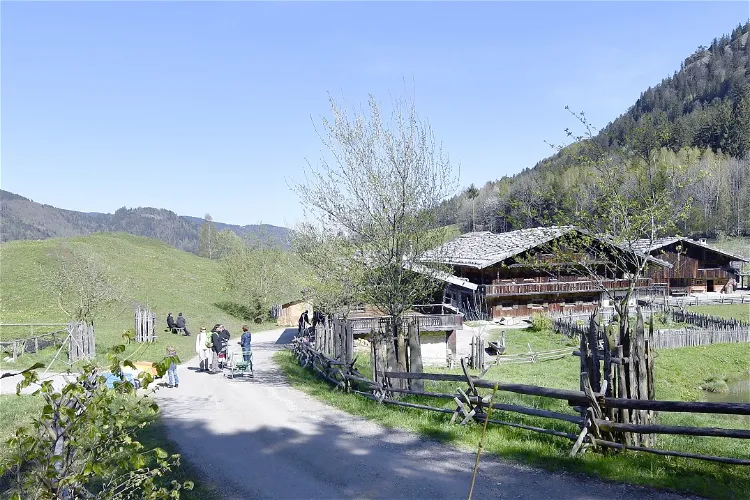
Markus Wasmeier Freilichtmuseum
SchlierseeThe Markus Wasmeier Freilichtmuseum is a privately owned museum situated on the edge of the Neuhaus district in the Upper Bavarian municipality of Schliersee. This location offers visitors a unique blend of cultural history and natural beauty, making it an ideal destination for those interested in exploring the rich heritage of the region.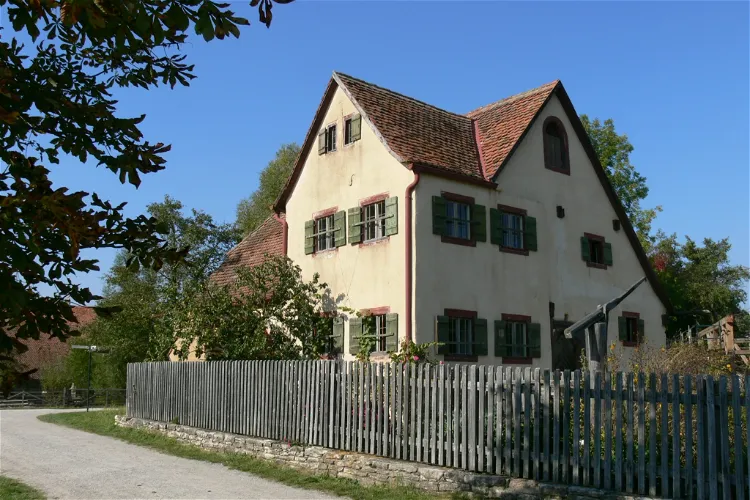
Franconian Open Air Museum
Bad WindsheimThe Franconian Open Air Museum Bad Windsheim is located on the southern edge of the old town of Bad Windsheim. The museum spans a vast area of 45 hectares, providing ample space for visitors to explore and immerse themselves in the rich history and culture of the region.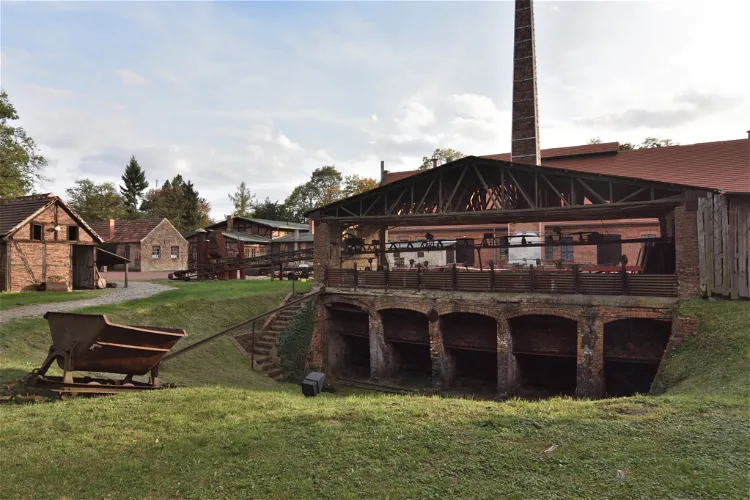
Museumsdorf Glashütte
Baruth/MarkThe Museumsdorf Baruther Glashütte is a technical monument that offers a unique insight into the social and technical history of the old glassmaker's village. Visitors can learn about the craft of glassmaking from a glassmaker and explore an exhibition about Reinhold Burger, the inventor of the thermos flask. The museum is located in the south of the Teltow-Fläming district in Brandenburg.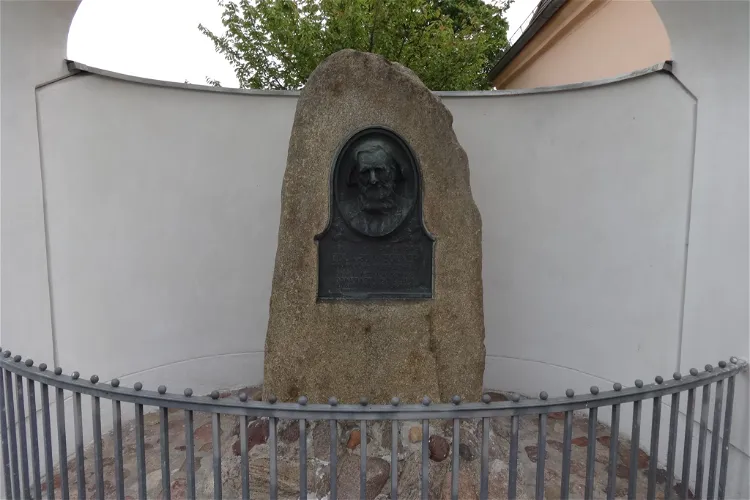
Webermuseum Kloster Zinna
JüterbogBetween 1996 and 1998, the building was transformed into the Weber Museum, which was officially opened to the public on May 1, 1998. In 2002, the museum was renamed as the WebHaus. The museum showcases the history of the monastery and the rise and fall of the weaving industry.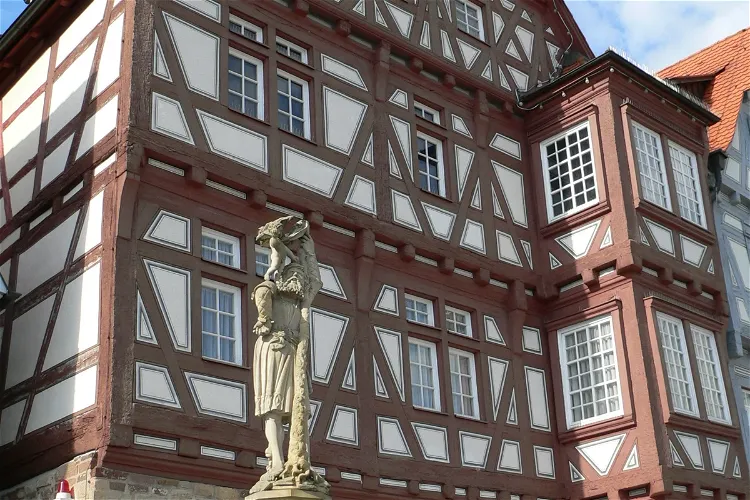
Deutsches Fleischermuseum
BöblingenThe Deutsches Fleischermuseum, located in the heart of Böblingen, is housed in a 16th-century building known as the former Vogtshaus of the city. This historic building adds a unique charm to the museum, making it an interesting destination for tourists who appreciate history and architecture.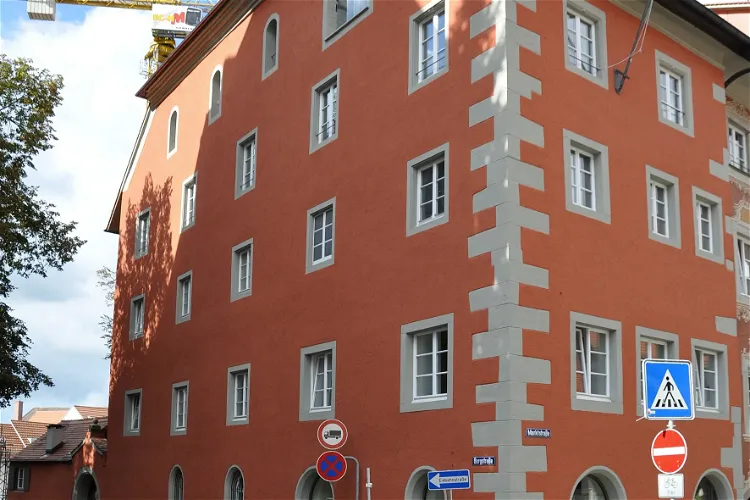
Museum Ravensburger
RavensburgThe Museum Ravensburger, situated in the old town of Ravensburg, is a unique institution dedicated to the history of the Ravensburger game and book publishing house. It offers a deep dive into the evolution of the publishing house, providing visitors with a comprehensive understanding of its rich history and significant contributions to the world of games and books.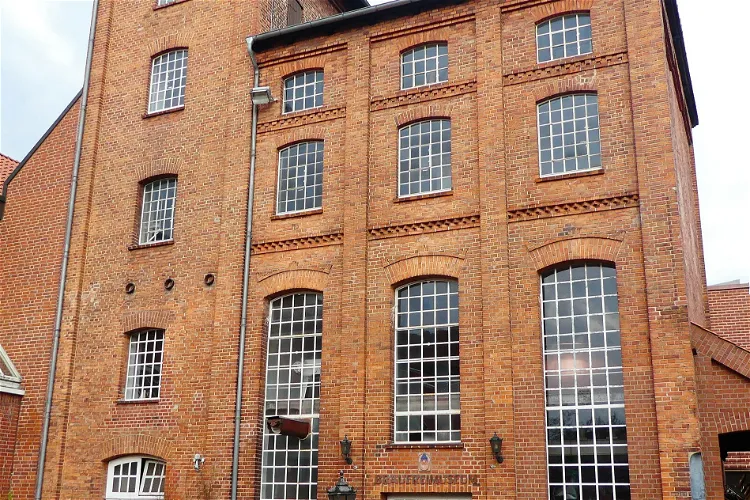
Brauereimuseum
LüneburgThe Brauereimuseum Lüneburg is situated in the former Lüneburger Kronen-Brauerei in Heiligengeiststraße. This location is in the heart of the historic old town, making it easily accessible for tourists who are exploring the city. The museum's location adds to its charm and historical significance, as it is housed in a building that was once a bustling brewery.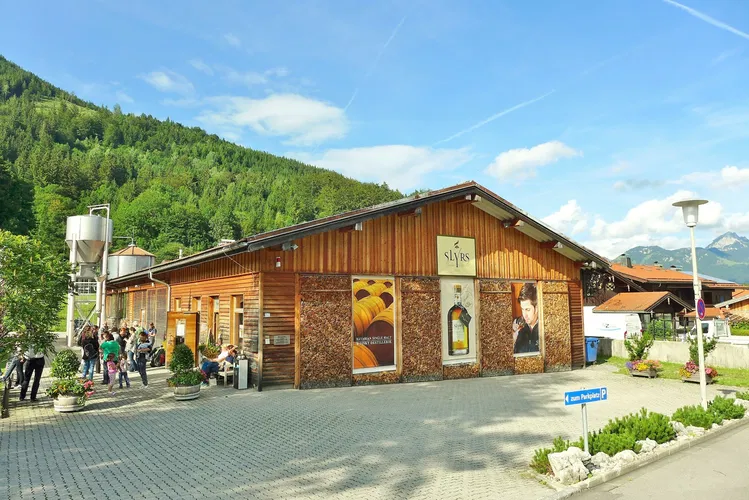
Slyrs
SchlierseeSlyrs is a renowned whisky distillery situated in Schliersee, a picturesque town in the Bavarian Oberland. It holds the distinction of being the largest single malt manufacturer in Germany. The distillery was founded in 1999 by Florian Stetter, a trained brewer and maltster. The idea of creating a Bavarian whisky came to Stetter in 1994 during a study trip to Scotland, where he was inspired by the parallels between the Bavarian and Scottish landscapes and the characteristics of the locals.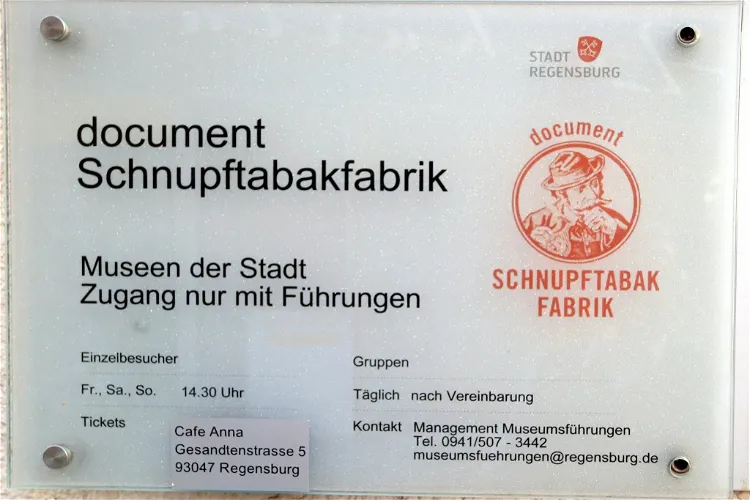
Snuff Tobacco Factory
RegensburgBavaria is know for beer, wursts AND snuff. Take a tour. At the end there is a free snuff testing. Try the white snuff. It's tobacco-free and just great if you have a cold. You can buy it as a cool souvenir in every tobacco shop for just a few euros.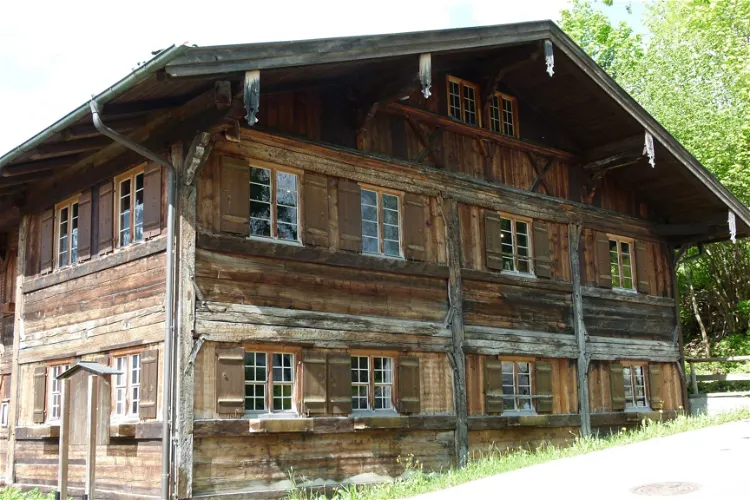
Heimathaus Pfronten
PfrontenThe Heimathaus in Pfronten is a historical monument, recognized for its old timber-framed architecture. This building is listed in the Pfronten monuments list, making it a significant part of the town's cultural heritage.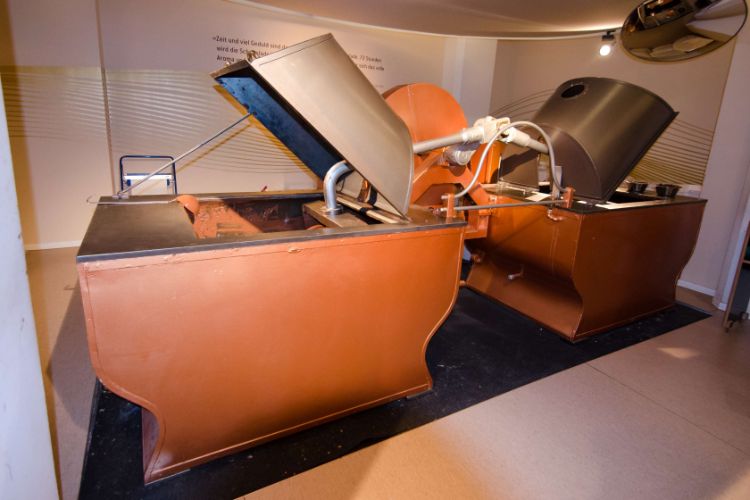
Chocoversum by Hachez
HamburgChocoversum by Hachez is a chocolate museum that offers a variety of delicious goods. You can attend an informative guided tour to learn about how chocolate is made from bean to bar, including loads of tasting.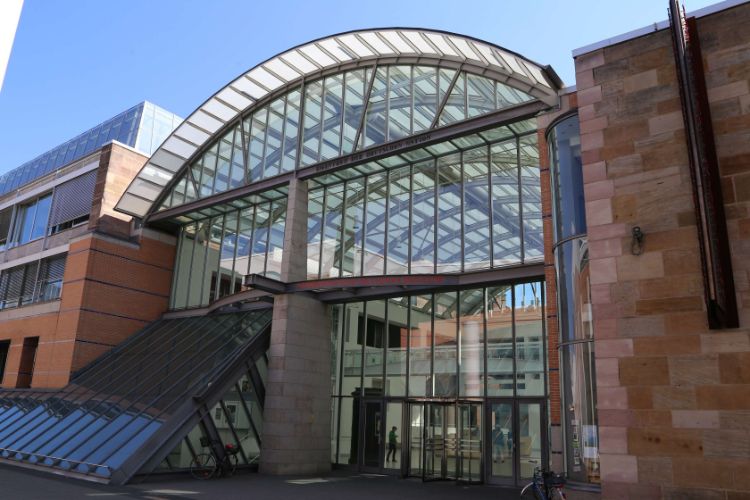
Germanisches Nationalmuseum
NurembergThe Germanisches Nationalmuseum is the largest museum of cultural history in Germany, located in Nuremberg. The museum holds and exhibits a large collection of items related to German culture and art from prehistoric times to the present day. The collection consists of around 1,3 million objects of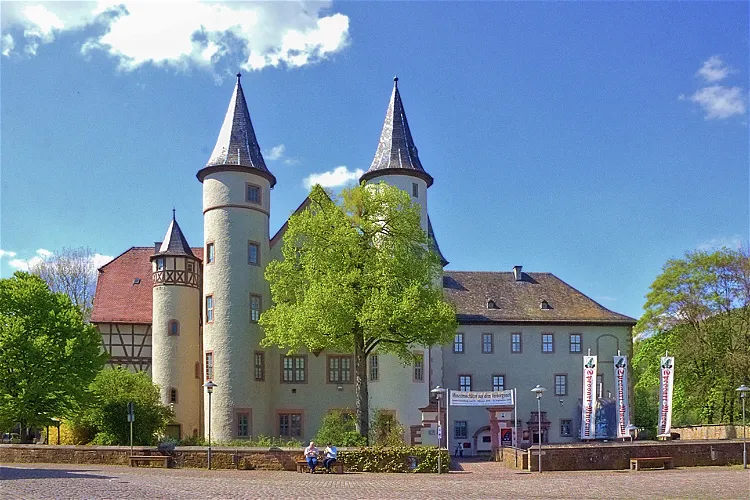
Spessartmuseum
Lohr am MainThe Spessartmuseum, located in Lohr Castle in Lohr am Main, is a place where visitors can delve into the history of the castle and the Spessart region. The museum provides a comprehensive overview of the past, offering a unique insight into the historical context of the area.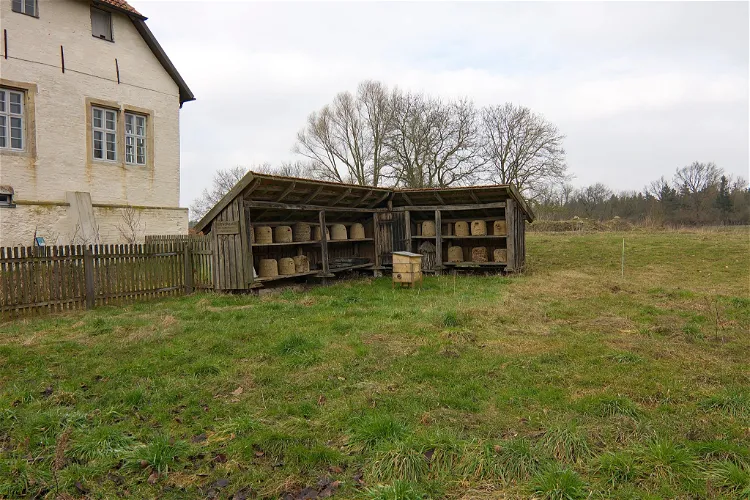
Burg Brome
AltendorfBurg Brome, located in Brome, Lower Saxony, is a partially well-preserved, medieval moated castle. It is considered one of the most significant historical fortifications in the Gifhorn district. The castle's rich history and architectural features make it a fascinating destination for tourists interested in medieval architecture and history.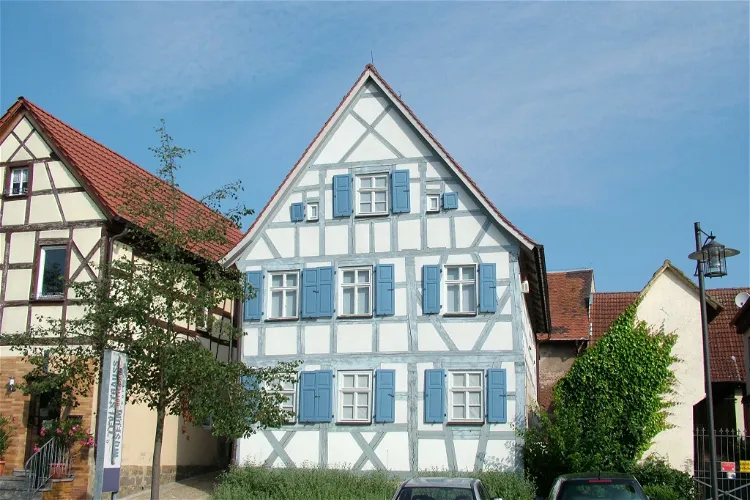
Birthplace Levi Strauss Museum
ButtenheimThe Levi Strauss Museum in Buttenheim, opened in 2000, is located in the birthplace of Levi Strauss, the inventor of jeans. This museum is a tribute to the life and work of Levi Strauss and offers a unique insight into the history of jeans.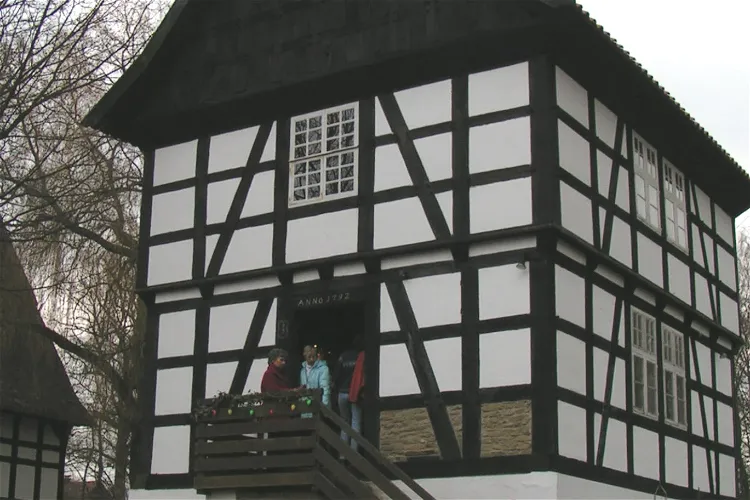
Museumshof Bad Oeynhausen
Bad OeynhausenThe Museumshof Bad Oeynhausen, a local museum in the East Westphalian spa town, was inaugurated in 1969. This museum serves as a testament to the rich history and culture of the region, providing visitors with a glimpse into the past.
Samurai Museum Berlin - Peter Janssen Collection
BerlinThe Samurai Museum Berlin is a unique institution that houses a private collection of artifacts and art objects related to the Japanese warrior class. This collection belongs to Peter Janssen, a construction entrepreneur. The museum offers a rare opportunity to explore the rich history and culture of the Samurai, making it a fascinating destination for those interested in Japanese history and culture.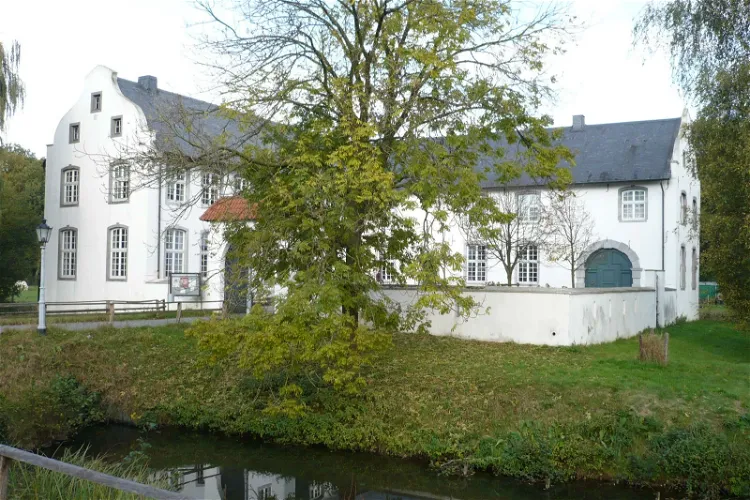
Dorenburg Open-Air Museum
GrefrathThe Niederrheinische Freilichtmuseum is a folkloric open-air museum that provides a glimpse into the rural and artisanal culture of the central Lower Rhine region. It is an excellent place for tourists who are interested in history and culture to learn about the traditional ways of life in this part of Germany.
Franconian Brewery Museum
BambergThe Franconian Brewery Museum in Bamberg is a unique destination that offers a deep dive into the history and tradition of beer brewing in the region. The museum is located in the former Benedictine monastery brewery on Michelsberg, a site with a rich brewing history dating back to 1122. This historical setting provides an authentic backdrop for the museum's extensive collection of over 1400 exhibits.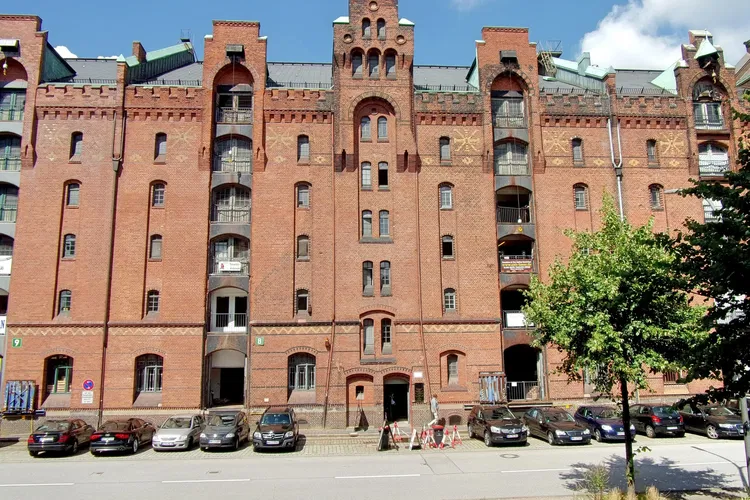
Spicy's Spice Museum
HamburgThe museum is situated in the historic Speicherstadt, on an old storage floor in the Speicher Block L. This location adds to the charm and authenticity of the museum, providing a fitting backdrop for the exploration of spices.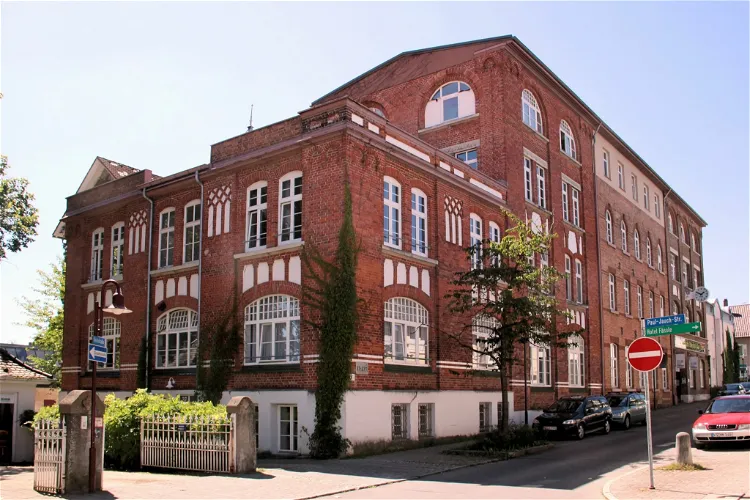
Museum of Clockmaking
Villingen-SchwenningenThe Museum of Clockmaking, also known as Uhrenindustriemuseum in German, is situated in the town of Villingen-Schwenningen in Germany. The museum is dedicated to preserving and showcasing the history of the clockmaking industry that was once a significant part of the town's identity. It provides a unique insight into the town's past and the evolution of the clockmaking industry.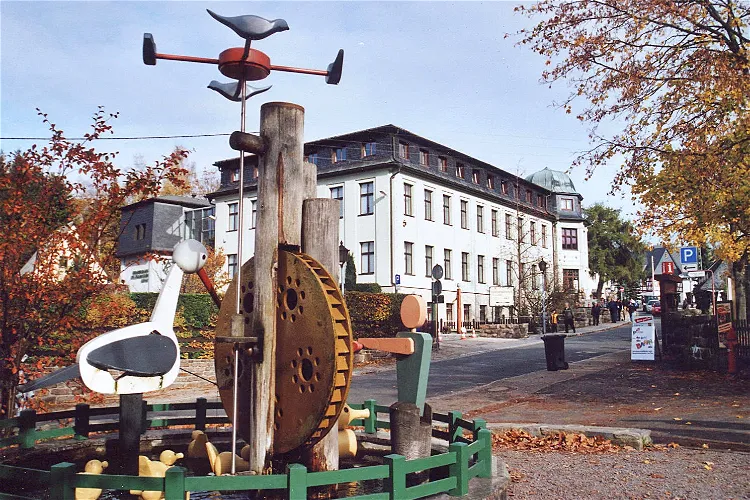
Ore Mountain Toy Museum
Seiffen/ErzgebirgeThe Ore Mountain Toy Museum, located in Seiffen, is a globally recognized institution that showcases the unique toys and folk art of the Ore Mountain region. The museum was inaugurated in 1953 and has since been a significant cultural landmark in the area, attracting visitors from all over the world.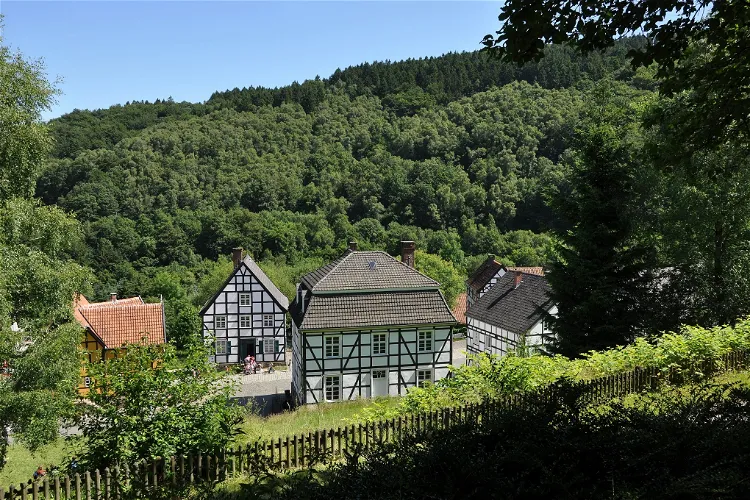
Hagen Westphalian Open-Air Museum
HagenThe Hagen Westphalian Open-Air Museum is situated in the southeastern Ruhr area, in Hagen, North Rhine-Westphalia, Germany. This location is easily accessible and offers a unique opportunity to explore the history of craft and technics in a hands-on manner.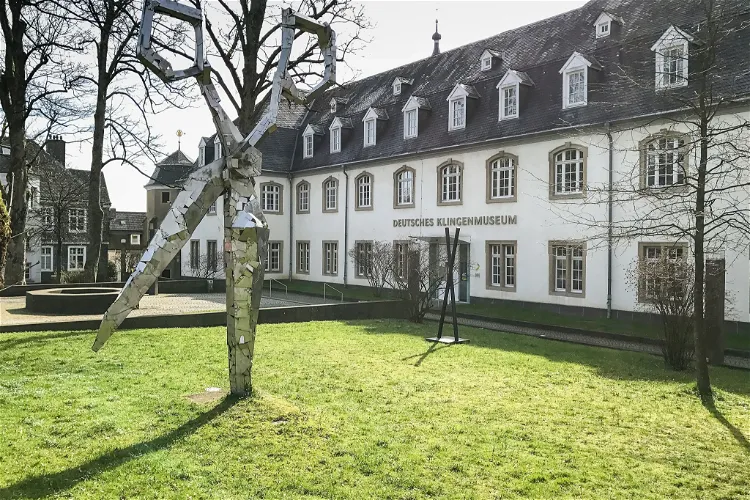
German Blade Museum
SolingenThe German Blade Museum, located in the Gräfrath district of Solingen, is a unique institution that showcases a wide range of cutlery, edged weapons, and cutting tools. The museum's collection provides a comprehensive overview of the evolution and use of blades throughout history, highlighting their significance in human civilization.
Rheinisches Feuerwehrmuseum
ErkelenzThe Rheinisches Feuerwehrmuseum, located in Erkelenz, was inaugurated on May 28, 1994. Today, it is managed by the Rheinisches Feuerwehrmuseum Lövenich e.V. association. The museum was born out of the private collection of Peter Höpgens and has since grown into a significant cultural institution in the region.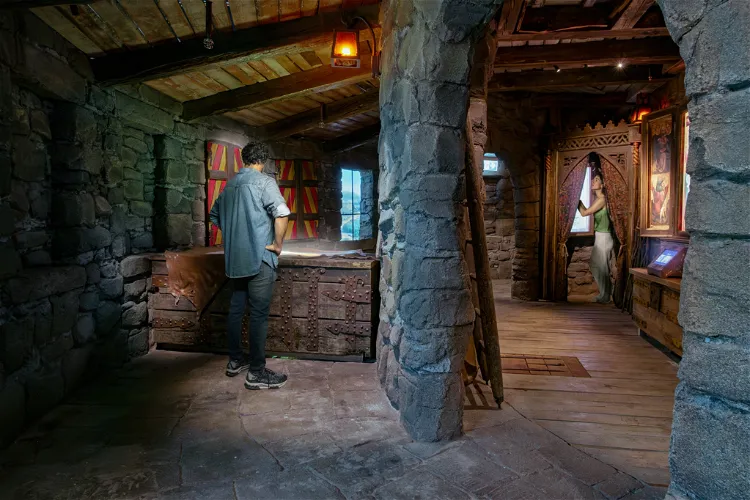
Deutschlandmuseum
BerlinThe immersive history experience! Travel through 2000 years of German history: sneak round a castle, operate Gutenberg’s printing press, dance in the roaring 20s and see the ruins of Berlin after WW2. Finish in the 1990s on a Berlin S-Bahn. THEA Award Winner 2024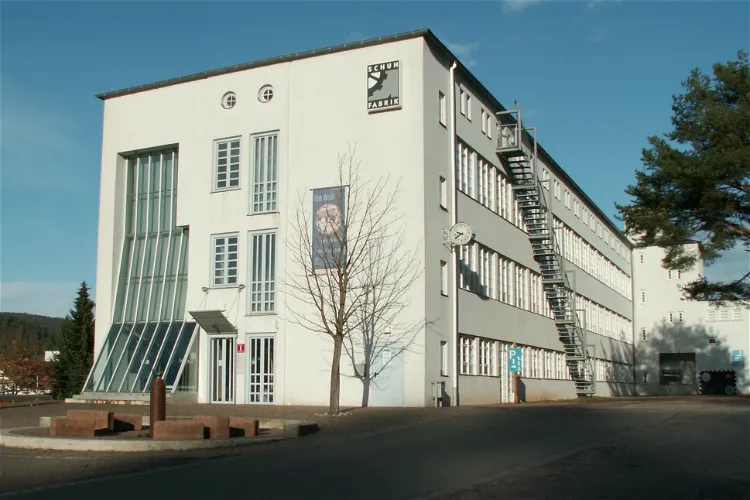
German Shoe Museum
HauensteinThe German Shoe Museum, situated in Hauenstein, Palatinate, is a unique institution that provides a comprehensive overview of the local shoe industry's evolution. The museum is housed in a former shoe factory, adding an authentic touch to the experience. Visitors can explore the technical aspects of shoe manufacturing and delve into the social and everyday history of shoes.
Bocholt textile museum
BocholtThe Bocholt Textile Museum is located in the city of Bocholt, in the north-west of North Rhine-Westphalia, Germany. It is part of the district Borken and is situated 4 km south of the border with the Netherlands. This location makes it easily accessible for tourists from both Germany and the Netherlands.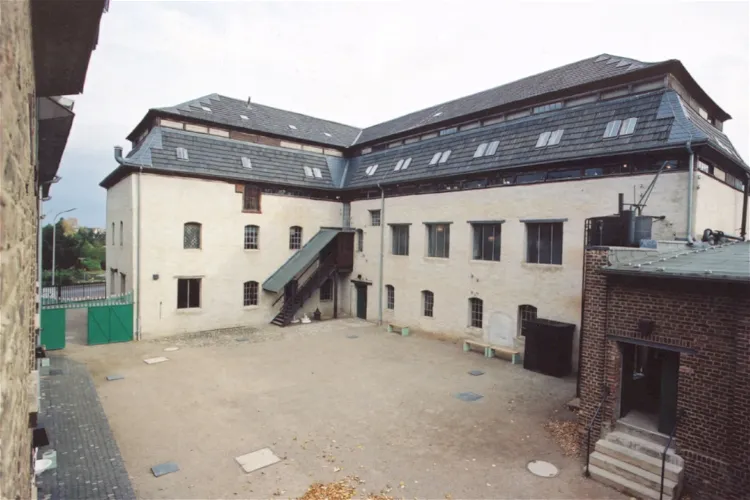
LVR Museum of Industry: Mueller Cloth Mill
Kreis EuskirchenThe museum offers a comprehensive understanding of the cloth mill production process. It features fully functional machinery and equipment from around 1900, providing a unique glimpse into the industrial past. Visitors can observe the machinery in action, offering a tangible connection to the history of the textile industry.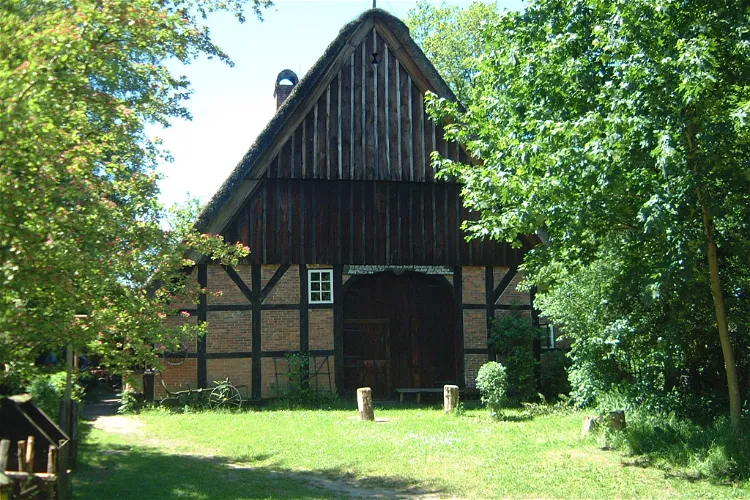
Dat ole Hus
BünzenThe museum is open to the public all year round on Saturdays and Sundays, as well as on holidays from 2 pm to 6 pm. This makes it a convenient destination for weekend and holiday visits. Visitors can explore the museum at their own pace, taking in the rich history and culture that it has to offer.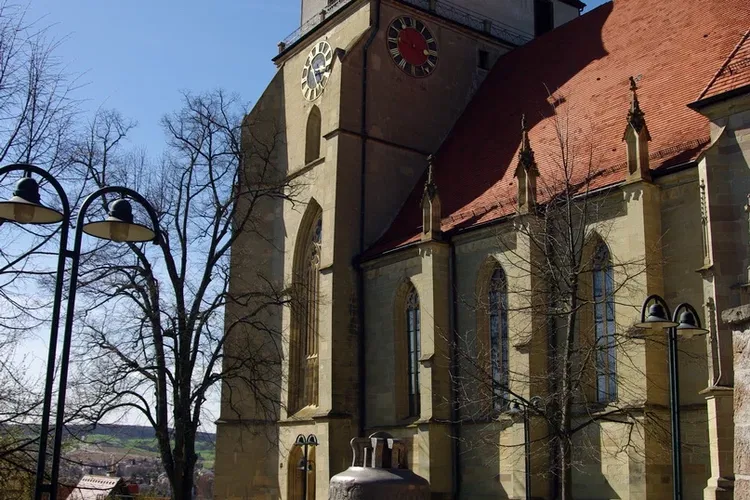
Glockenmuseum Stiftskirche Herrenberg
HerrenbergThe Glockenmuseum Herrenberg, also known as the Glockenmuseum Stiftskirche Herrenberg, is situated within the Evangelical Collegiate Church in Herrenberg. This location adds a unique historical and cultural context to the museum, making it an interesting destination for tourists interested in history, culture, and architecture.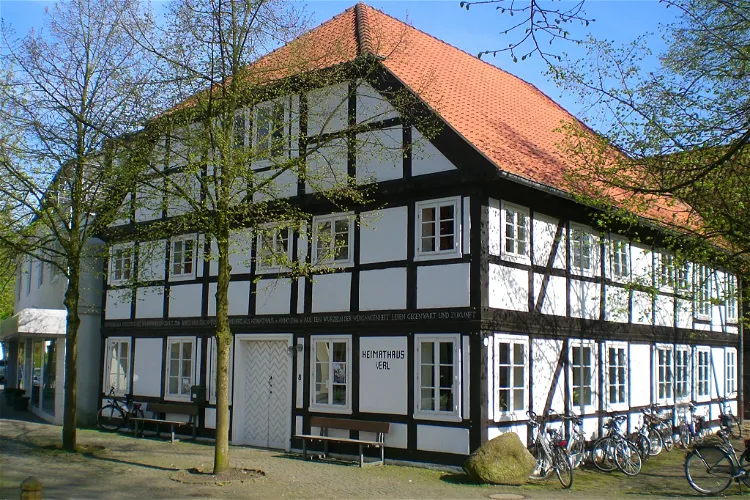
Heimathaus Verl
VerlThe Heimathaus Verl is a historical building that dates back to around 1615. Today, it is used by the local association of the city of Verl, located in the district of Gütersloh in North Rhine-Westphalia, for various cultural events. This includes readings, concerts, and art exhibitions, making it a vibrant hub of local culture and history.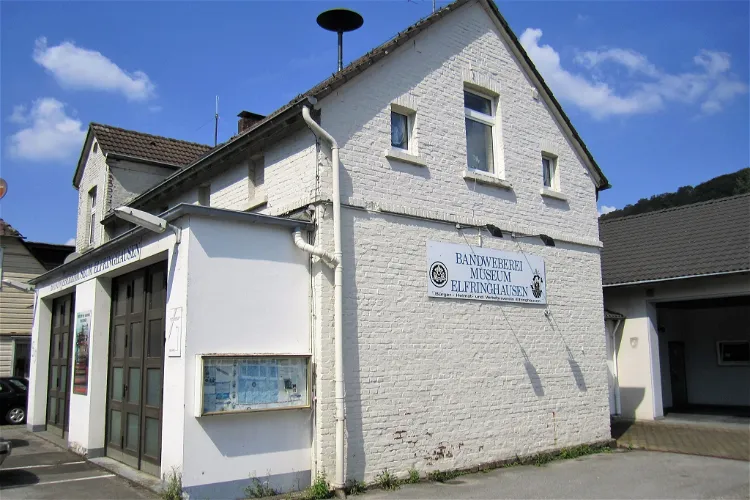
Bandwebereimuseum Elfringhausen
HattingenThe Bandwebereimuseum Elfringhausen, located in Hattingen, is a local history museum that opened its doors in 1996. It is dedicated to the local history of ribbon weaving, a significant part of the region's past. The museum provides an in-depth look into the evolution of this industry and its impact on the local community.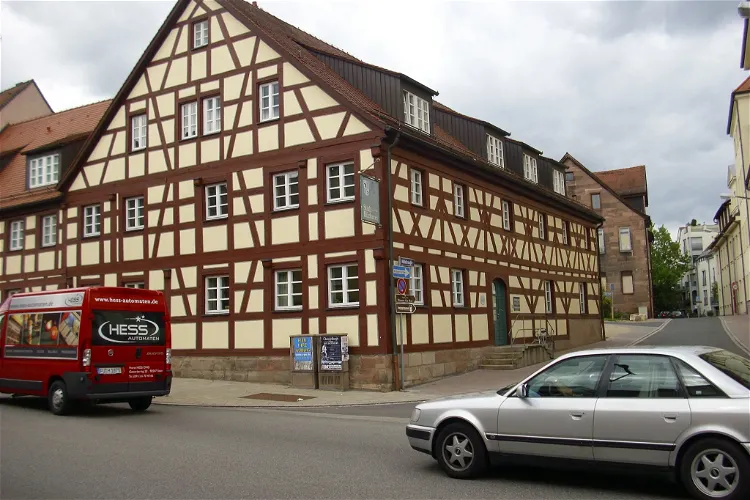
Heimatmuseum Stein-Mittelfranken
SteinThe Heimatmuseum Stein is a museum situated in the city of Stein, within the district of Fürth. This location is a significant part of the museum's identity, as it is deeply rooted in the history and culture of the region.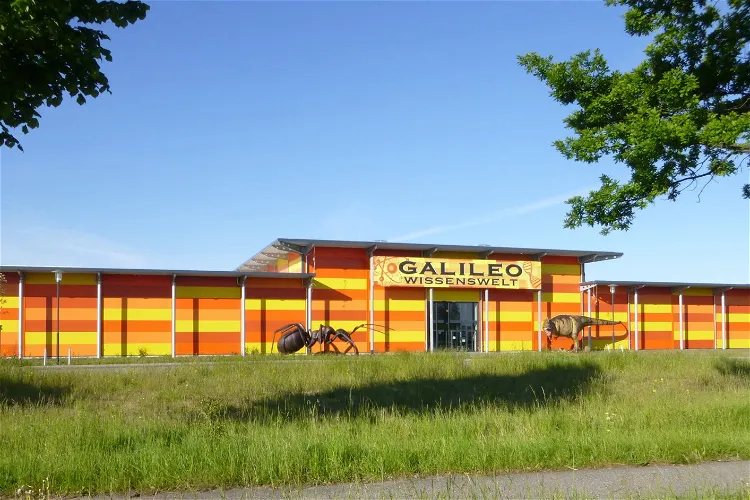
Galileo Wissenswelt
FehmarnThe Galileo Wissenswelt is a museum situated on the Baltic Sea island of Fehmarn in Ostholstein. This museum is a unique blend of a traditional collection museum and a children's and youth museum, emphasizing the concept of 'understanding through grasping'. It offers a comprehensive exploration of natural history and technology across its 3,200 square meters of space in the main building in Burg on Fehmarn.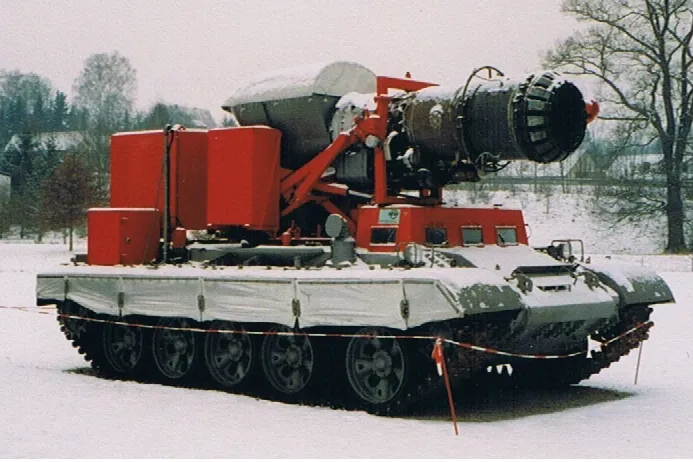
Deutsches Feuerwehr-Museum
FuldaThe Deutsches Feuerwehr-Museum (DFM) in Fulda -Neuenberg is a significant destination for those interested in the history of firefighting. The museum covers a 1600 m² exhibition area, providing a comprehensive overview of German firefighting history.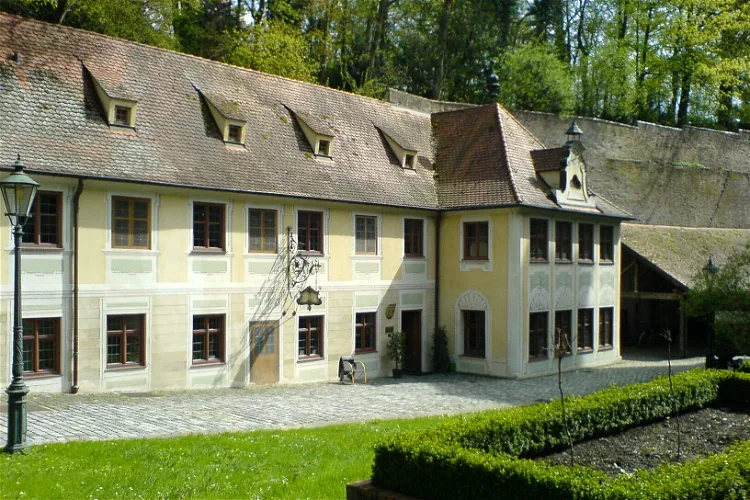
Swabian Crafts Museum
AugsburgThe Swabian Crafts Museum in Augsburg is a unique institution that offers a glimpse into the past. Operated by the Chamber of Crafts for Swabia, the museum showcases meticulously recreated workshops of old craft professions. Visitors can explore the intricacies of these professions and gain a deeper understanding of the region's rich craft history.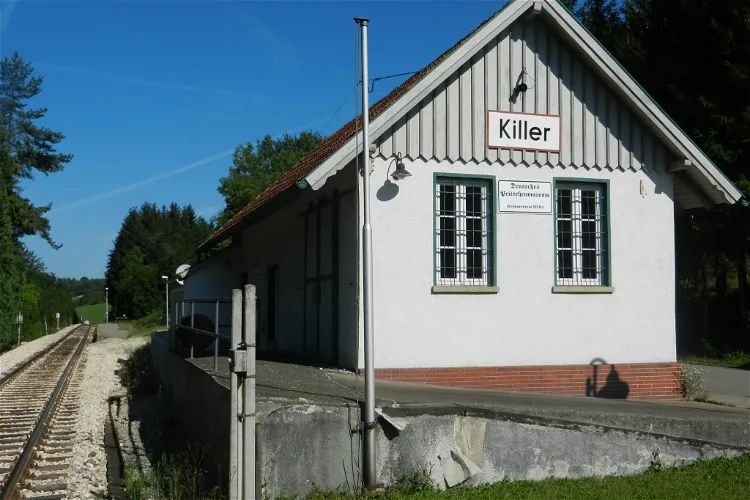
Deutsches Peitschenmuseum
BurladingenThe Deutsches Peitschenmuseum, located in Killer, a district of the city of Burladingen in Baden-Württemberg, is dedicated to the history and production of driving or stock whips. This unique museum provides an in-depth look into the craft and tradition of whip making, offering visitors a chance to learn about this unique aspect of German history and culture.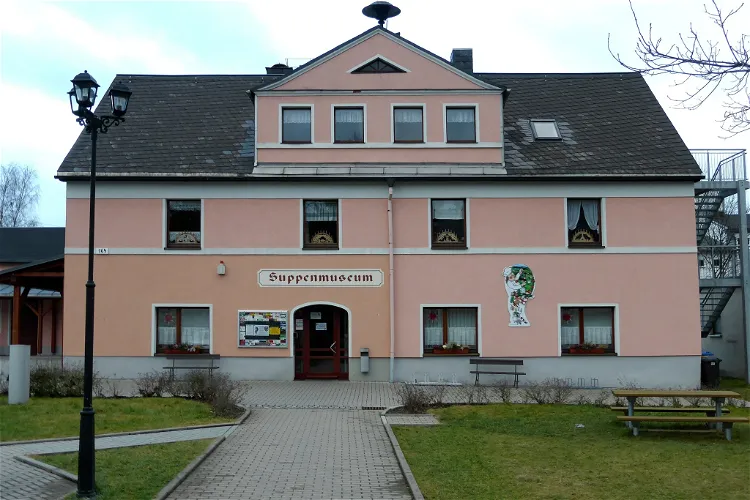
Suppenmuseum Neudorf
SehmatalThe Suppenmuseum, located in Neudorf, a district of the municipality of Sehmatal in the upper Ore Mountains, is a unique attraction as it is the first of its kind in Germany. This museum is dedicated to the history and culture of soup, making it a unique destination for food enthusiasts and history buffs alike.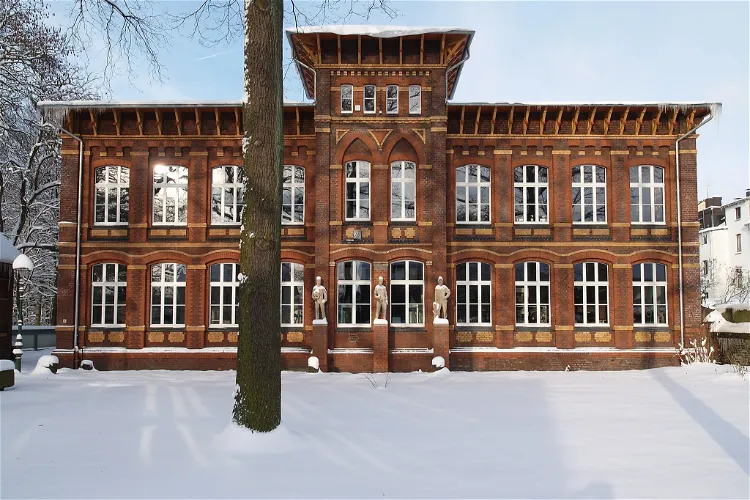
Heimatmuseum Unser Fritz
HerneThe Heimatmuseum Unser Fritz, located in Herne, is one of the three sites of the Emschertal Museum. This museum is dedicated to the social history of Herne and Wanne Eickel. It was established in the year 1926, coinciding with the founding of the city. This museum is a significant part of the city's cultural heritage and offers a deep dive into its social history.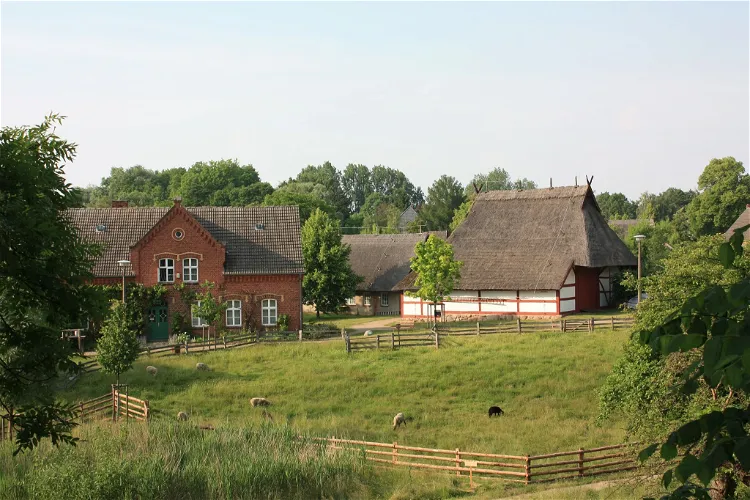
Open Air Museum of Ethnography Schwerin Mueß
SchwerinThe Open Air Museum Schwerin-Mueß is situated in the former fishing and farming village of Mueß, which was incorporated into the city of Schwerin in 1936. This location provides a unique historical context for the museum, as it is directly on the southern shore of Lake Schwerin. The museum's setting in a traditional village environment enhances the authenticity of the exhibits and provides a real sense of the rural life in Mecklenburg from the 17th to the early 20th century.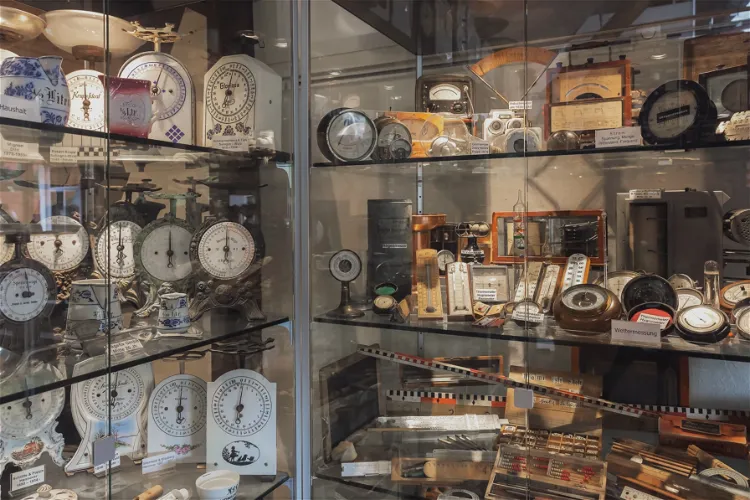
Pfunds-Museum
KleinsassenThe Pfunds-Museum in Kleinsassen (Rhön) is home to a unique collection of scales, weights, and measuring devices. This collection was meticulously compiled by Reinhardt Kremer and showcases a wide range of these items from various professions, countries, continents, and eras. The museum provides an insight into the diversity of invention and design in these tools.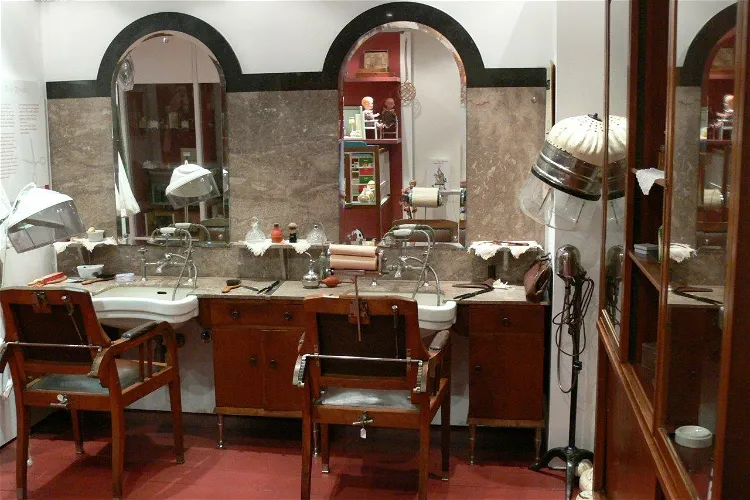
Heimatmuseum Seulberg
FriedrichsdorfThe Heimatmuseum Seulberg is situated in Seulberg, which is the oldest district of Friedrichsdorf in the Taunus region. It holds the distinction of being the largest local history museum in the Taunus area. The museum is housed in the old school and town hall building, which adds to its historical charm.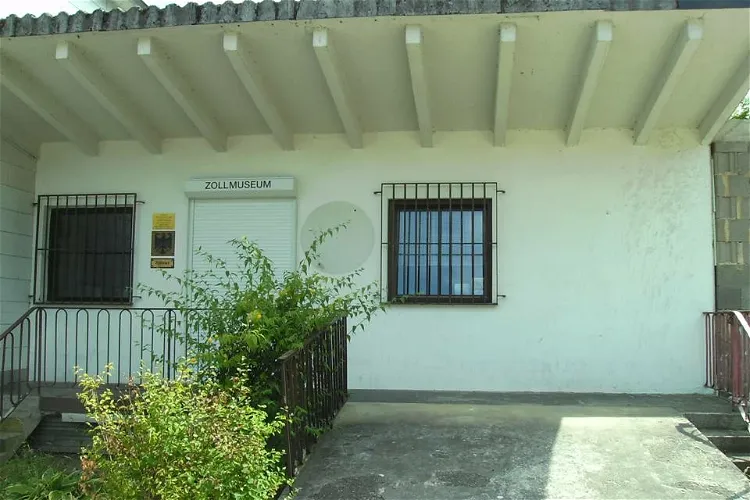
Zollmuseum Habkirchen
HabkirchenThe Zollmuseum in Habkirchen, Saarland, is a unique institution that documents the history of the border and customs between Habkirchen in Germany and the neighboring French community of Frauenberg. The museum is housed in the former customs house in Habkirchen, which is located directly at the pedestrian bridge to Frauenberg. This museum provides a fascinating insight into the history of the border region and the customs operations that took place there.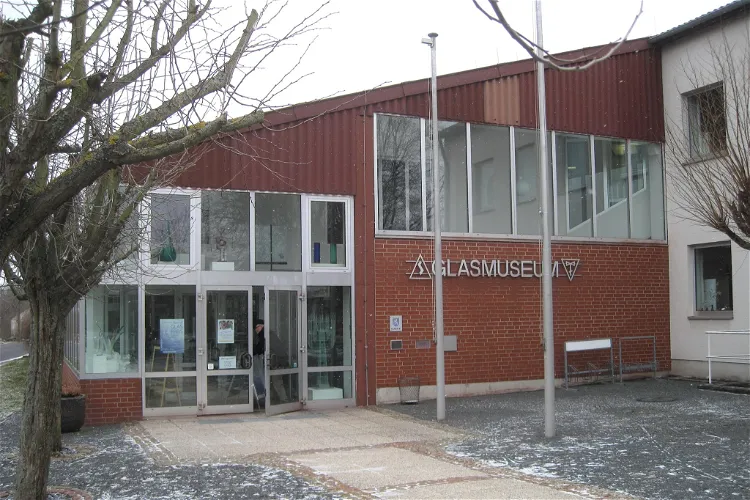
Glasmuseum Immenhausen
ImmenhausenOpened in 1987, the Glasmuseum Immenhausen is housed in the converted generator building of the former Süßmuth glassworks. The museum offers a comprehensive overview of the history of glassmaking, tracing its origins from the Near East almost 6000 years ago to the forest glassworks of the 16th century in the North Hessian - South Lower Saxony area.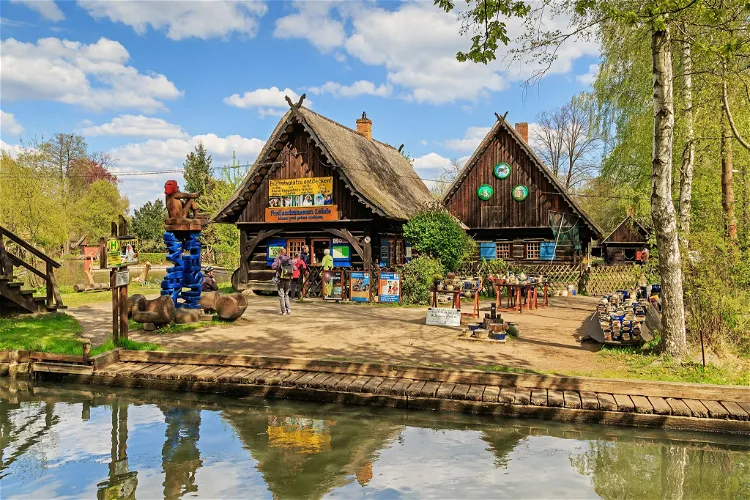
Freilandmuseum Lehde
Lübbenau/SpreewaldThe Freilandmuseum Lehde is an open-air museum located in Lehde. It is dedicated to showcasing life in the Spreewald region during the 19th century. Visitors can get a glimpse of the past and understand the lifestyle, culture, and traditions of the people who lived in this region during that time.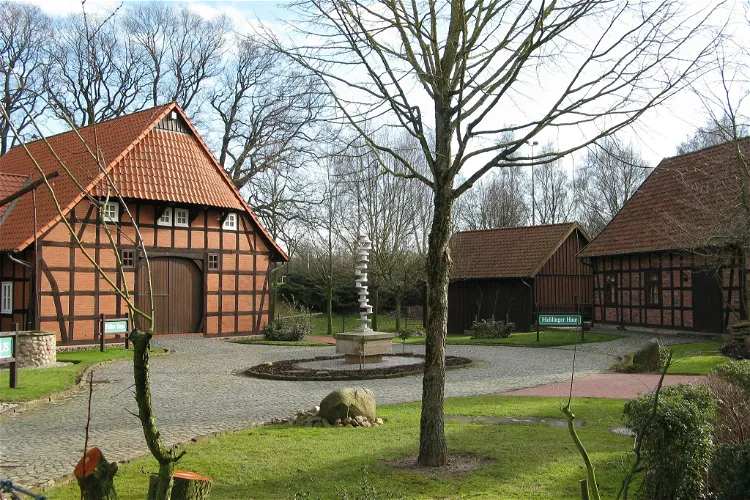
Heringsfängermuseum Heimsen
PetershagenThe Heringsfängermuseum Heimsen is a museum situated in the district of Heimsen in the city of Petershagen, in the Minden-Lübbecke district of East Westphalia. This location is significant as it provides a unique insight into the history and culture of the region.
Baumberger Sandstein Museum
HavixbeckThe Baumberger Sandstone Museum, located in Havixbeck near Münster, is dedicated to the fine-grained yellow Baumberger sandstone, also known as limestone sandstone, which is mined in the nearby Baumberger mountains. This museum provides an in-depth look into the history and significance of this unique type of sandstone.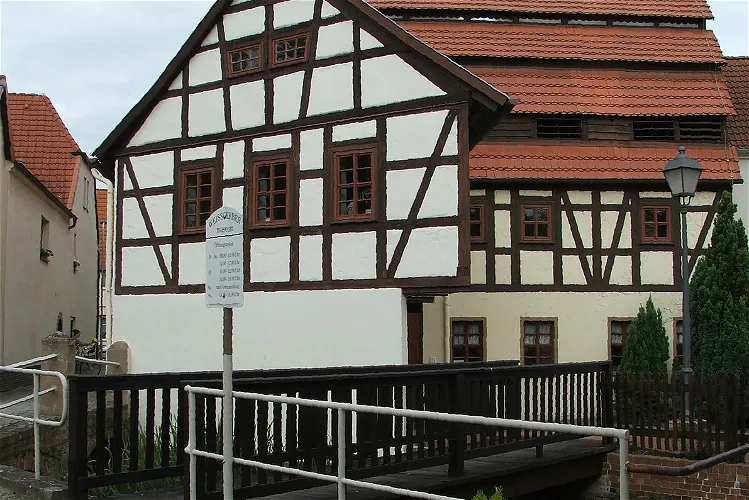
Weißgerbermuseum Doberlug-Kirchhai
Doberlug-KirchhainThe Weißgerbermuseum, located in Doberlug-Kirchhain in the Elbe-Elster district, is a unique technical history museum. It is the only museum of its kind in Europe, making it a distinctive destination for those interested in technical history and the leather industry.
Rheinland-Pfälzisches Feuerwehrmuseum
HermeskeilThe Rheinland-Pfälzische Feuerwehrmuseum Hermeskeil, also known as the "fire brigade experience museum", is an interactive exhibition museum located in the city centre of Hermeskeil. The museum is dedicated to the themes of fire and fire brigade, offering visitors a unique and engaging experience.
Kettenschmiedemuseum Sichtigvor
WarsteinThe Kettenschmiedemuseum, located in the Warstein district of Sichtigvor, offers a unique insight into the manual production of chains. This process, once practiced by chain smiths, is showcased in a detailed and engaging manner. Visitors can learn about the traditional techniques and skills involved in this craft, providing a fascinating glimpse into the past.
Brückenhofmuseum
KönigswinterThe Brückenhofmuseum is a local history museum situated in Oberdollendorf, a district of the city of Königswinter in the Rhein-Sieg district of North Rhine-Westphalia. The museum began its operation in 1991 in the former winery "Brückenhof" (Bachstraße 93), a half-timbered house dating back to the 17th century. This location offers a unique historical setting for the museum's exhibits.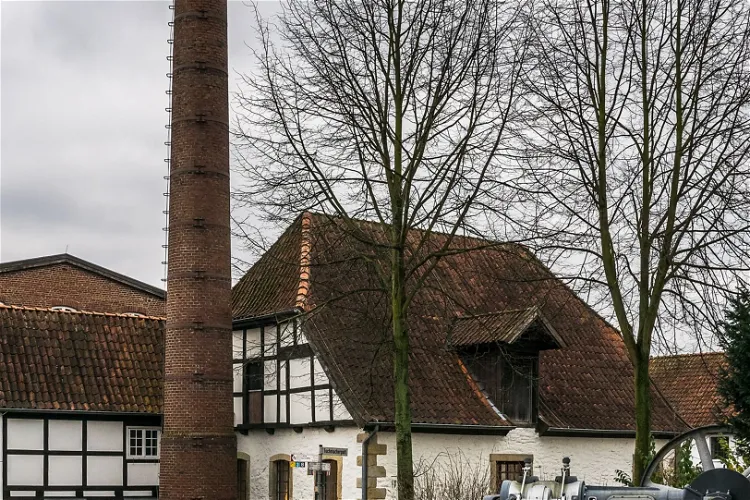
Tuchmacher Museum Bramsche
BramscheThe Tuchmacher Museum Bramsche, opened in 1997, is housed in the buildings of the Bramscher Tuchmacher Guild. This guild, which was dedicated to the production of woolen cloths, ceased its operations in 1972. The museum's location adds a historical touch to the visitor's experience, as it is situated in the very place where the guild used to operate.
Bauspar-Museum
WüstenrotThe Bauspar-Museum, which opened its doors in 1996, is a unique institution dedicated to the history and development of home savings. It is located in the Georg-Kropp-Haus in Wüstenrot, in the Heilbronn district. This museum offers a deep dive into the world of finance and savings, providing a unique perspective on the evolution of these concepts over time.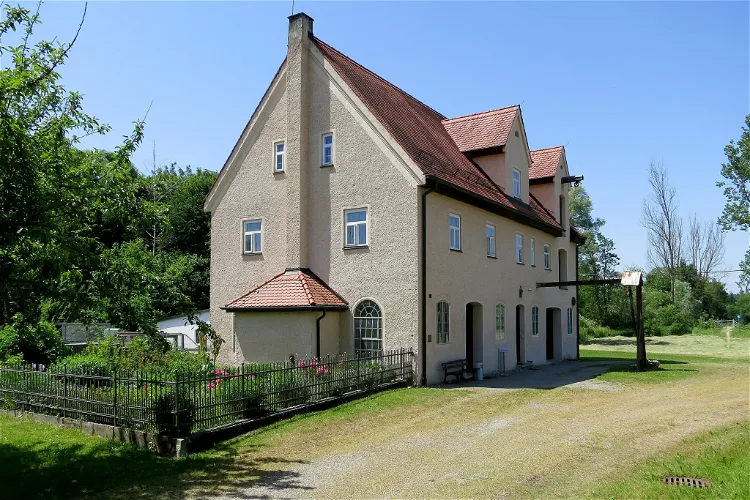
Museum Hammerschmiede und Stockerhof
Neuburg an der KammelThe Hammerschmiede Naichen, located in Naichen, a district of Neuburg an der Kammel in the Günzburg district in Bavaria, is a technical historical monument. Since 1990, it has been open to the public as a museum, offering visitors a glimpse into the past and the opportunity to learn about the history and technology of the time.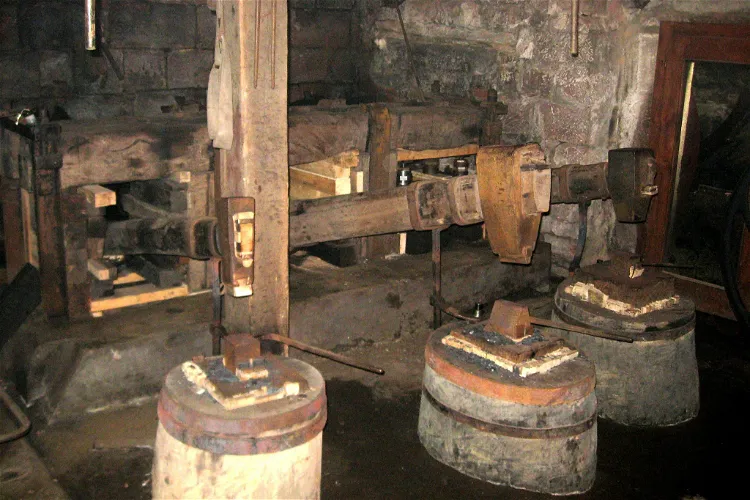
Wappenschmiede Elmstein
AppenthalThe Wappenschmiede Elmstein was in operation until 1975, with the last blacksmith being Heinrich Haag. Today, it stands as a cultural monument and a working museum. Visitors can experience the historical significance of the forge and gain insights into the life and work of a blacksmith in the past.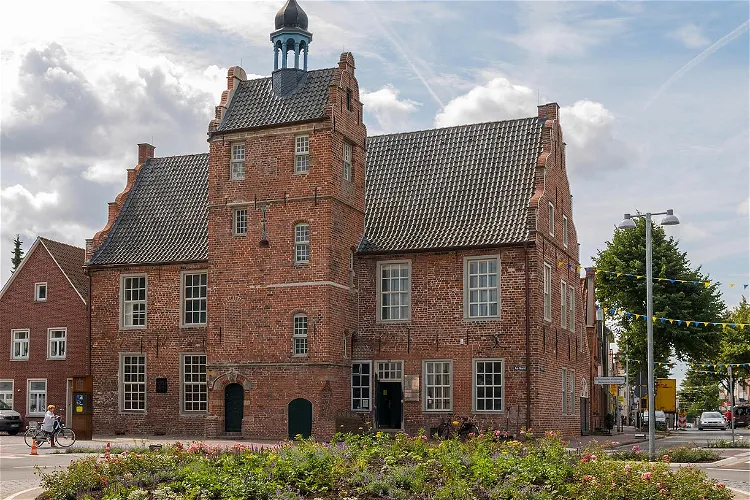
Ostfriesisches Teemuseum
NordenThe Ostfriesisches Teemuseum Norden is a museum situated in the East Frisian city of Norden. It is housed in the city's Old Town Hall, a historic building that adds to the charm of the museum. The location of the museum in the heart of the city makes it easily accessible for tourists.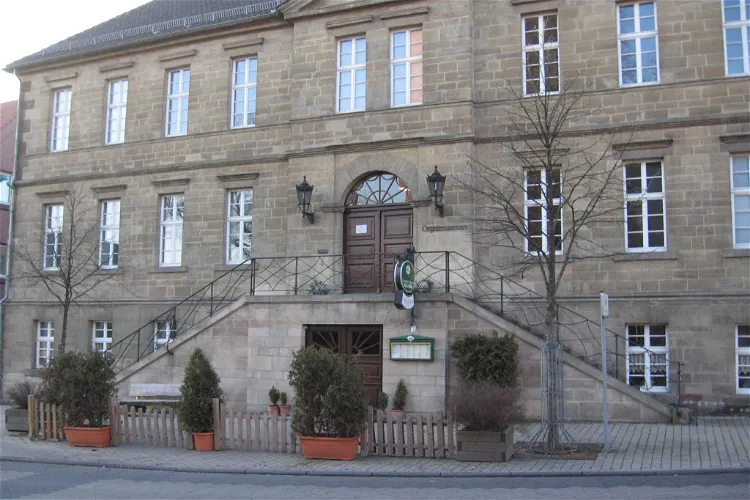
Orgelmuseum
BorgentreichThe Orgelmuseum Borgentreich, established in 1980, holds the distinction of being the first organ museum in Germany. This historical significance adds to the unique charm of the museum, making it a noteworthy destination for those interested in music and history.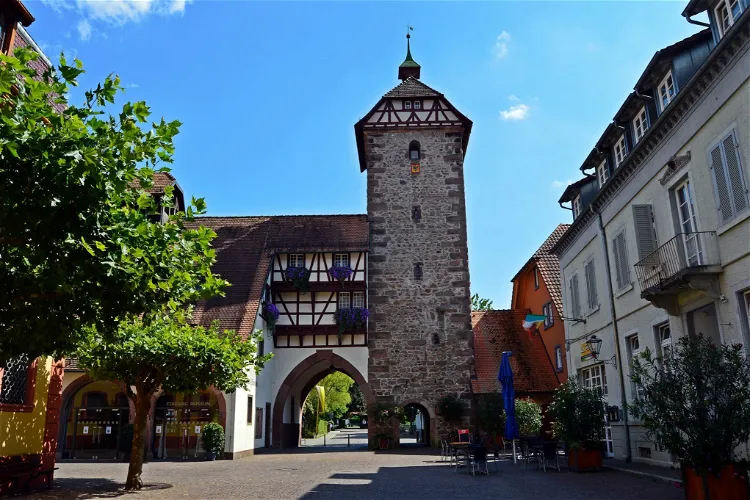
Storchenturm-Museum
Zell am HarmersbachThe Storchenturm, a medieval gate tower, is located in Zell am Harmersbach in the Black Forest. It was part of the former city fortification and now serves as a local history museum. This historical structure offers a glimpse into the past and provides an opportunity to learn about the region's history.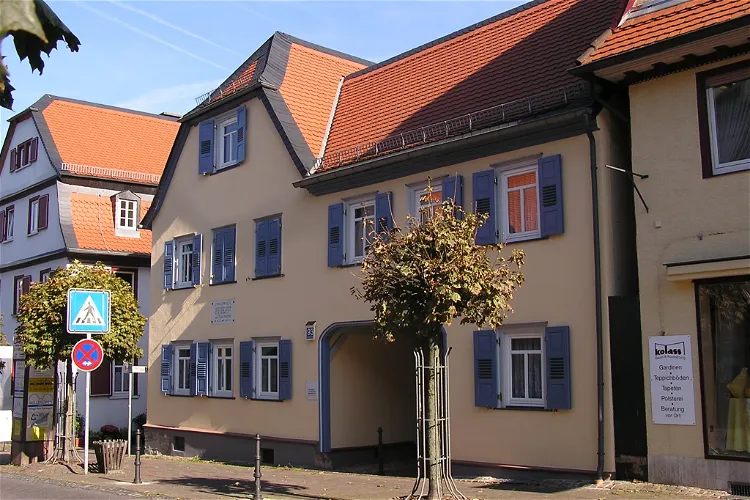
Philipp-Reis-Haus und Hugenottenmuseum
FriedrichsdorfThe Philipp-Reis-Haus is a city museum located in Friedrichsdorf in the Taunus. It is situated in the former residence of Philipp Reis, the inventor of the telephone. This historical building offers a unique insight into the life and work of the inventor, as well as the development of the telephone from its inception to the present day.- 62
Töpfereimuseum
LangerweheThe Töpfereimuseum is situated in the town of Langerwehe, within the Düren district of North Rhine-Westphalia. This location is easily accessible and offers a unique cultural experience for those interested in pottery and its history. 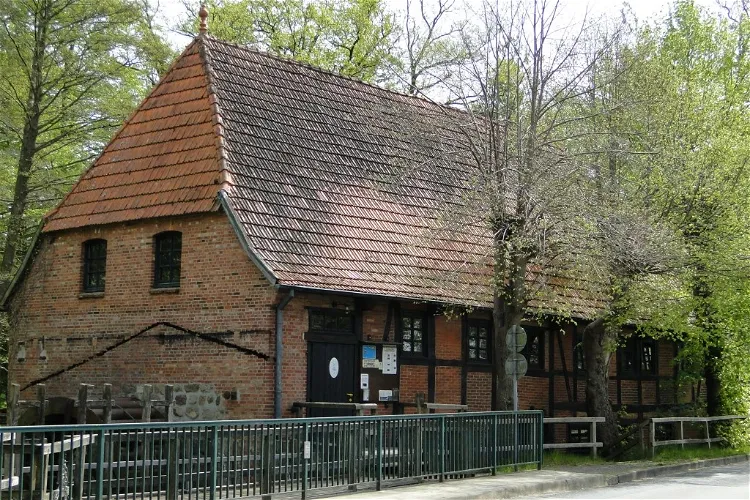
Holmer Mühle
Buchholz in der NordheideThe Holmer Mühle is a protected watermill situated on the Lower Saxony Mill Road (No. 111). This historic mill is a part of the Holm estate, which is privately owned. The mill's location, directly on the Seeve river, adds to its charm and historical significance.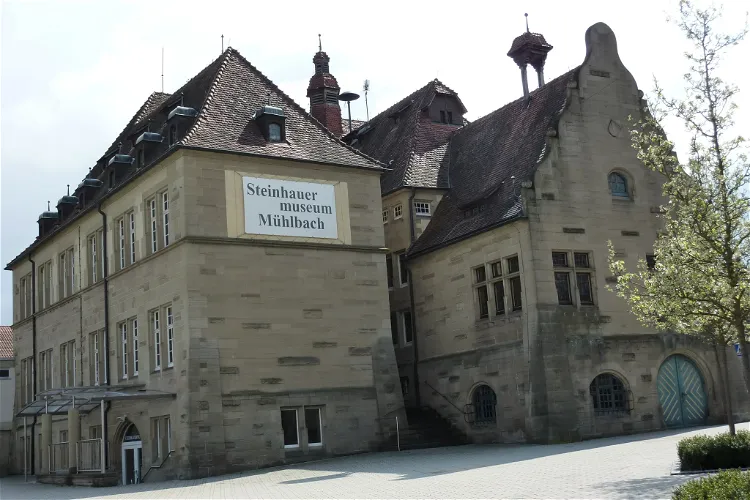
Steinhauermuseum Mühlbach
EppingenThe Steinhauermuseum Mühlbach is situated in the former town hall of Mühlbach, a district of Eppingen in the Heilbronn district of Baden-Württemberg. This location is steeped in history and provides a unique setting for the museum.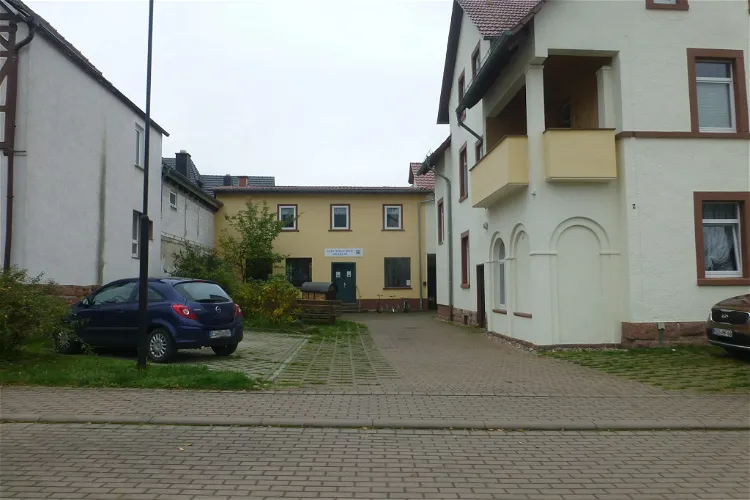
Stockmachermuseum
LindewerraThe Stockmachermuseum is situated in the quaint village of Lindewerra, nestled in the Eichsfeld district of northwest Thuringia. This location is notable as it sits directly on the state border with the Hessian Werra-Meißner-Kreis, offering a unique blend of cultural influences.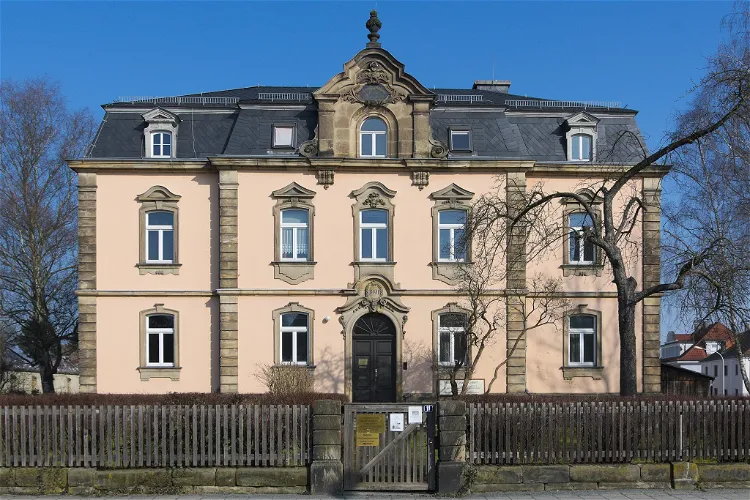
German Typewriter Museum Bayreuth
BayreuthThe German Typewriter Museum, until August 2022, was situated in the district of Sankt Georgen in Bayreuth. The exhibits have since been temporarily stored at a confidential location, awaiting their relocation to a new venue on the premises of the Thiergarten hunting lodge.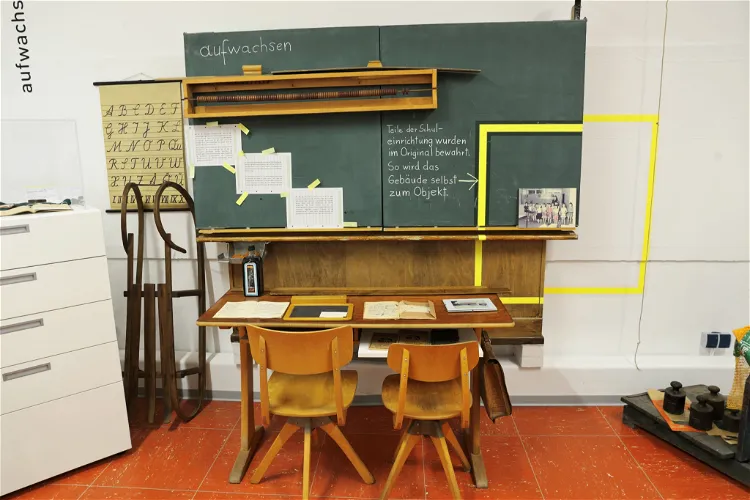
Heimatstube Exten
RintelnThe Heimatstube Exten – Museum for Village Culture is a local museum located in the district of Exten, within the city of Rinteln. The museum is dedicated to preserving and showcasing the history, tradition, and culture of the local community. It provides a unique insight into the local way of life and the traditions that have shaped the community over the years.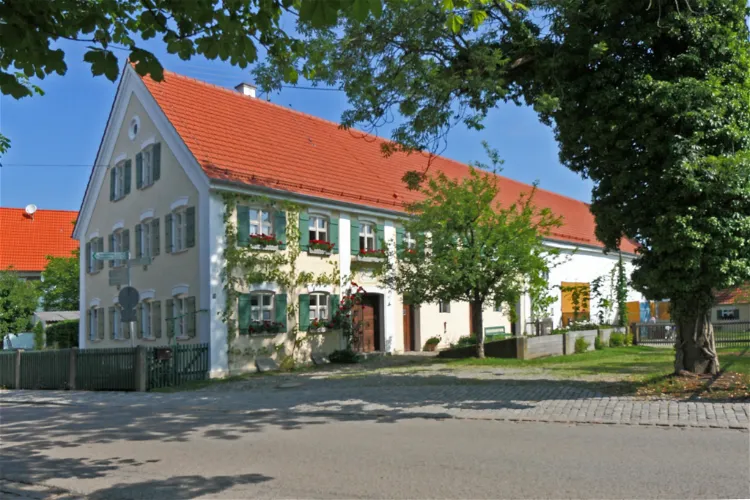
Kreisheimatstube Stoffenried
StoffenriedThe Kreisheimatstube Stoffenried is a quaint open-air museum nestled in the town of Stoffenried. It is conveniently located halfway between the towns of Krumbach and Günzburg, making it an accessible destination for tourists traveling in the region.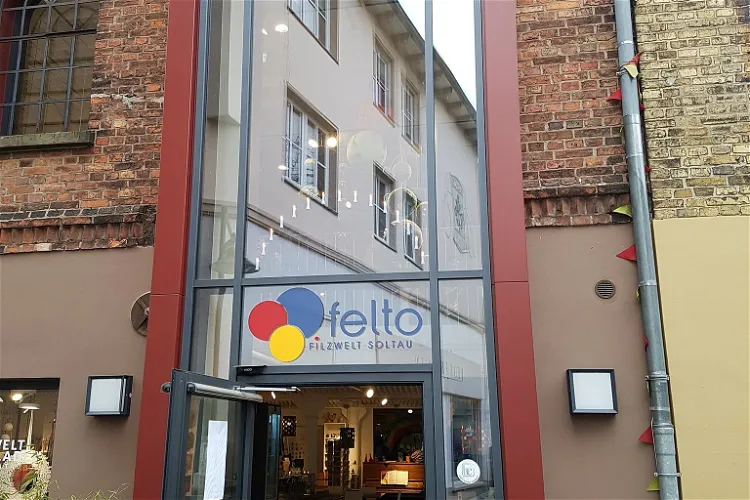
felto - Filzwelt Soltau
SoltauFelto – Filzwelt Soltau is a unique museum located in the Lower Saxon city of Soltau. The museum is dedicated to the theme of felt, covering an area of around 1,500 m². It provides an educational and experiential center for visitors to learn about the history, production, and various uses of felt.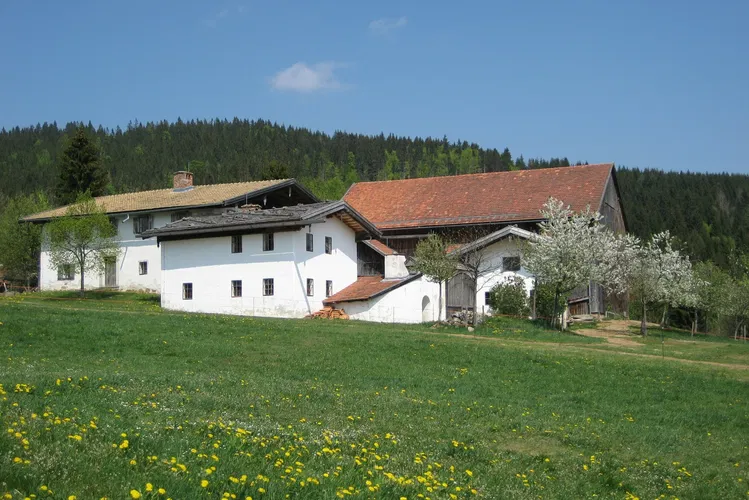
Lower Bavarian Open-Air Museums
FinsterauThe Finsterau Open-Air Museum, situated in the municipality of Mauth on the outskirts of the village of Finsterau in the Bavarian Forest near the Czech border, offers a rich display of rural architecture. The museum features farmhouses, complete farmsteads, a village smithy, and a roadside inn from across the Bavarian Forest. These exhibits provide a comprehensive view of the historical rural life in this region.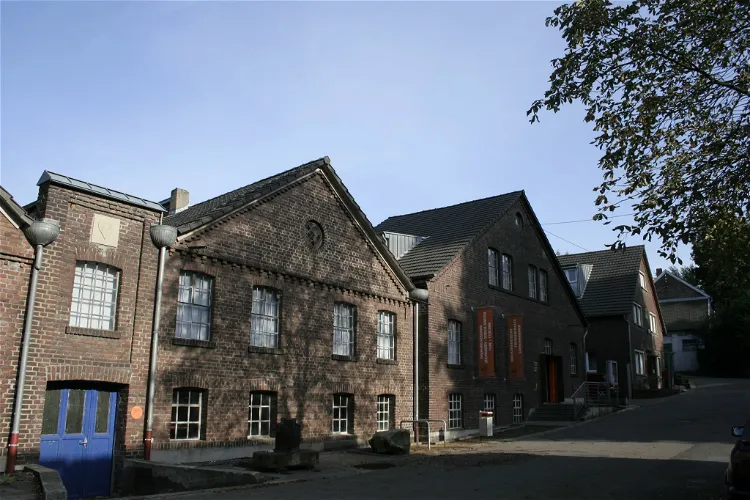
Industriemuseum Freudenthaler Sensenhammer
LeverkusenThe Industriemuseum Freudenthaler Sensenhammer, located in the Schlebusch district of Leverkusen, is a historic scythe factory. This museum offers a unique opportunity to explore the history of industrial manufacturing in the region, with a focus on the production of scythes. The factory's original buildings and workstations have been preserved, providing a glimpse into the past.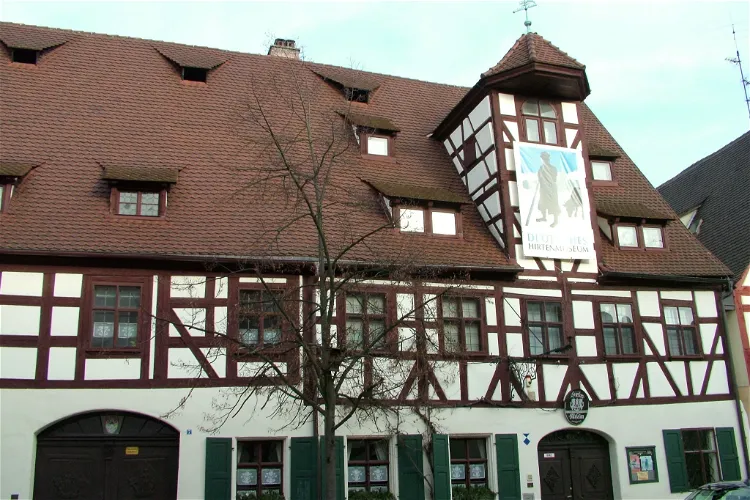
Deutsches Hirtenmuseum
HersbruckThe Deutsches Hirtenmuseum, located in the city of Hersbruck, was inaugurated in 1933. It is housed in a protected ensemble that includes a 16th-century farmer's house, a barn, and another building, all surrounding a large courtyard and garden. This setting provides a unique and historical backdrop for the museum's exhibits.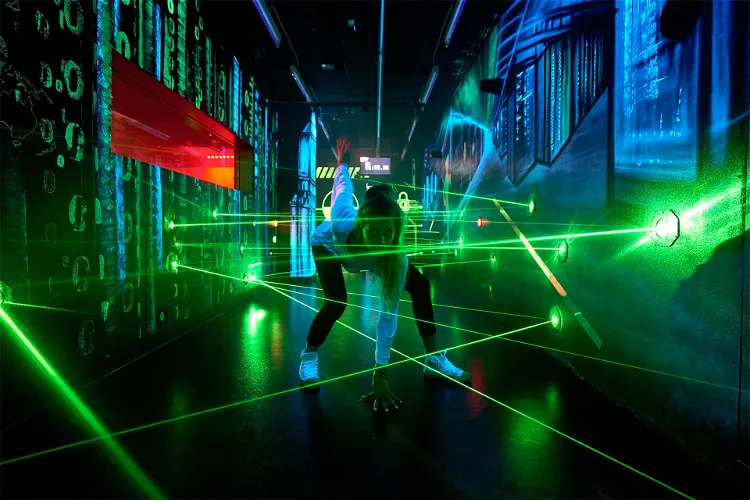
German Spy Museum Berlin
BerlinWho was the first spy? Did you know that drones were used in World War Two? Which secret service had the best codes? What is the difference between a honey-trap and the Romeo method? Who knows more about you – the Stasi, the NSA, Facebook or Miles and More? The German Spy Museum charts the history o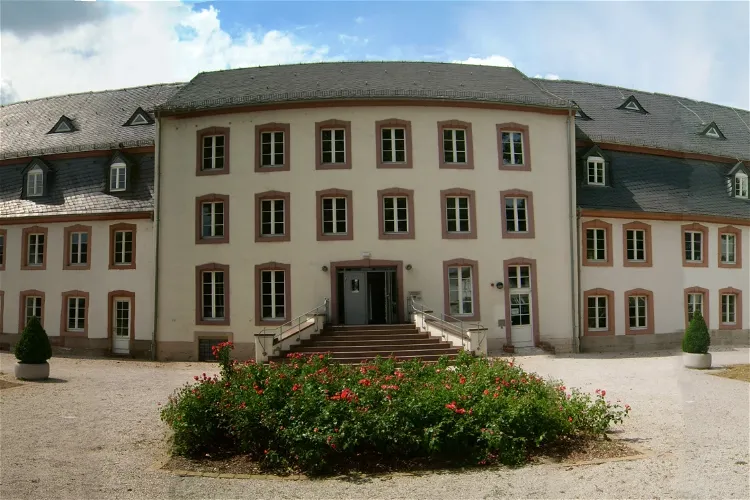
Deutsches Zeitungsmuseum
WadgassenThe Deutsches Zeitungsmuseum is situated in a former economic building of the Wadgassen Abbey, covering an area of approximately 500 square meters. This spacious setting allows for a comprehensive display of exhibits related to the historical development, technical production, and distribution of newspapers.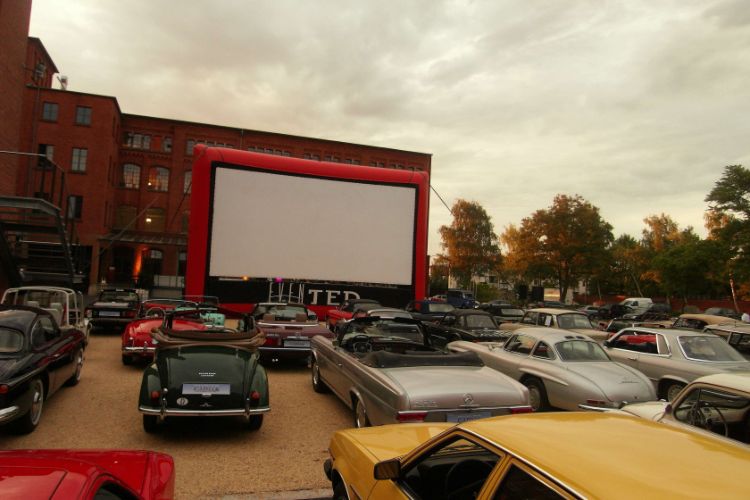
Klassikstadt
FrankfurtKlassikstadt is a center for classic cars in Frankfurt. Visitors can experience Automobile Culture in this world of automotive emotions and treasures. Glass workshops for restorations, repair work and engine construction as well as a watchmaker invite you to look over the shoulder of the expert and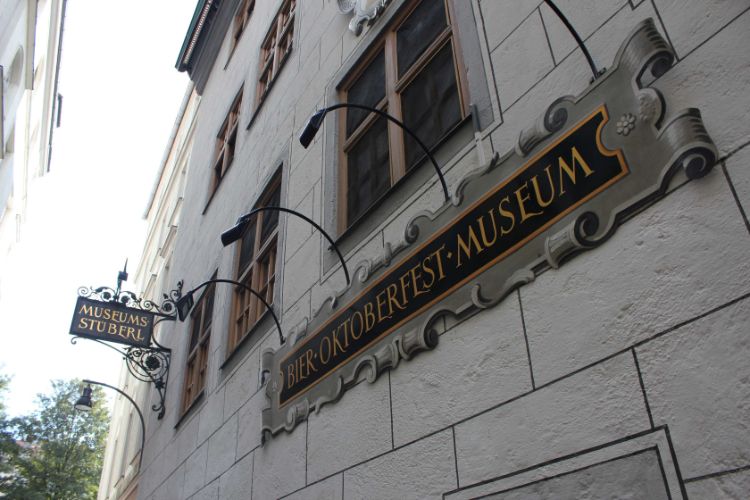
Beer and Oktoberfest Museum
MunichThe Beer and Oktoberfest Museum (The Bier- und Oktoberfestmuseum) is a museum in Munich devoted to the history of beer (on the ground floor) and Oktoberfest (on the upper floors). This beer museum in Munch is housed in an old building that dates from 1327. The museum includes various exhibitions inh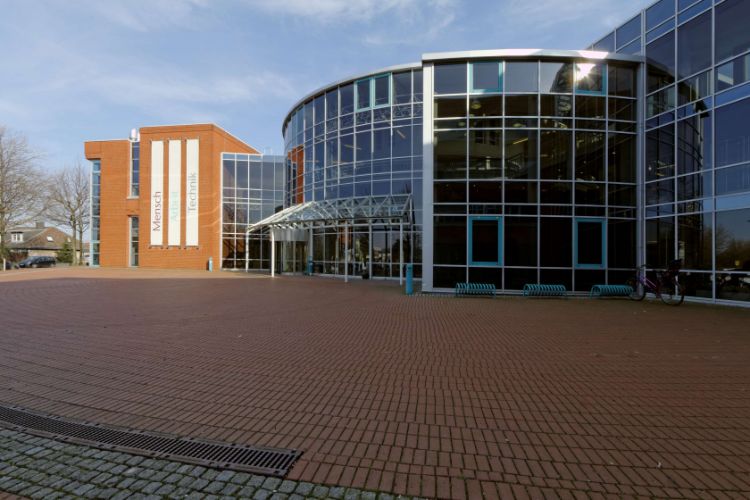
DASA
DortmundThe DASA – Arbeitswelt Ausstellung is an exhibition in Dortmund that focuses on depicting the relationship between work, technology, and people. With an interactive exhibition, the DASA focuses on people with their physical, mental, social and cultural concerns. With its leitmotif man - work - techn- 78
Pharmacy Museum Bad Münstereifel
Bad MünstereifelUntil the flood disaster in July 2021, the Pharmacy Museum Bad Münstereifel displayed the original rooms of the Swan Pharmacy from the 19th and 20th centuries. These included a dispensary, laboratory, material chamber, herb cabinet, and herb garden. The shelves in the museum are original and date back to the founding year of 1806, offering visitors a unique glimpse into the past. 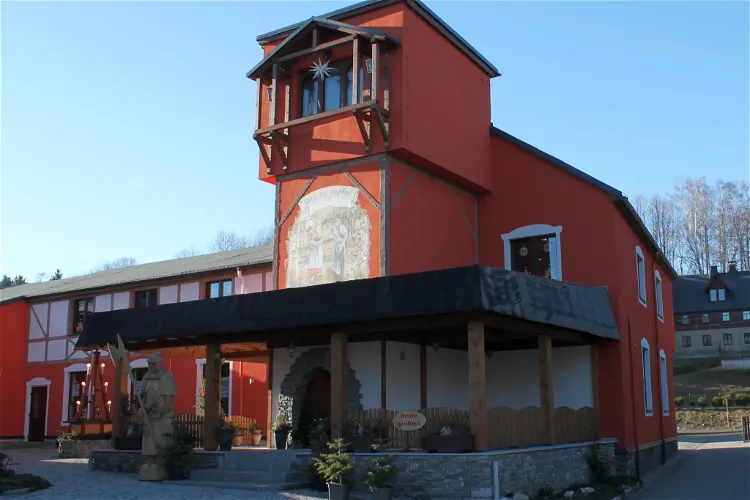
Räuchermann Museum
SehmatalThe 1. Räuchermann-Museum, located in Cranzahl in the Erzgebirgskreis in Saxony, is a unique institution in Germany. It is the only museum of its kind in the country, dedicated to the tradition of Räuchermann, or 'smoking men'.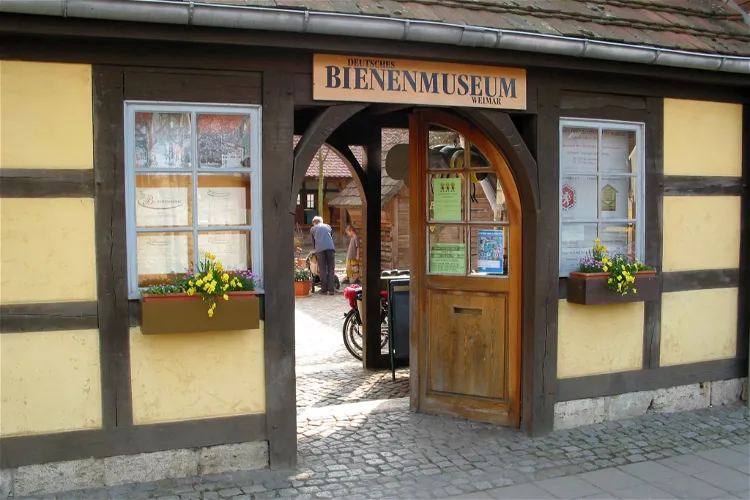
German Bee Museum Weimar
WeimarThe German Bee Museum Weimar, founded in 1907 by Ferdinand Gerstung, offers a deep dive into the world of beekeeping. Gerstung, also known as the 'Bee Father', established the museum to educate and inform about the various aspects of beekeeping. The museum's rich history adds to its charm and appeal for visitors.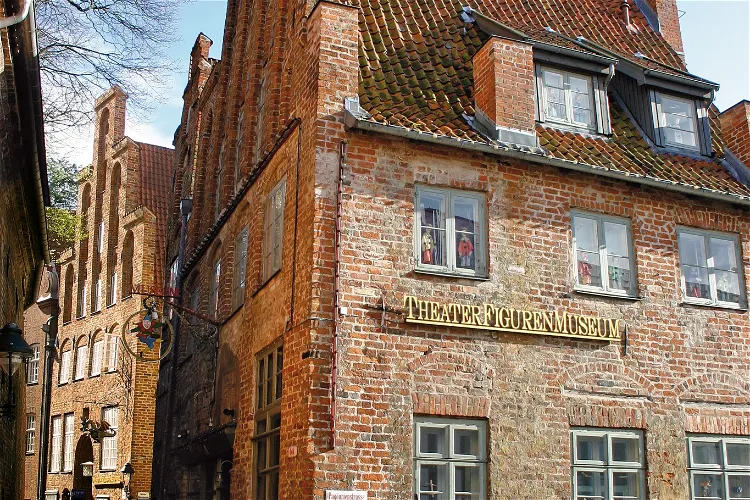
Lübeck Museum of Theatre Puppets
LübeckThe Theaterfigurenmuseum, also known as the Theatre Puppet Museum, is situated in the historic city center of Lubeck, Germany. It is conveniently located near the Holstentor, in the Kolk alley under the Petrikirche, or St. Peter's Church. This private museum is easily accessible and offers a unique cultural experience for visitors.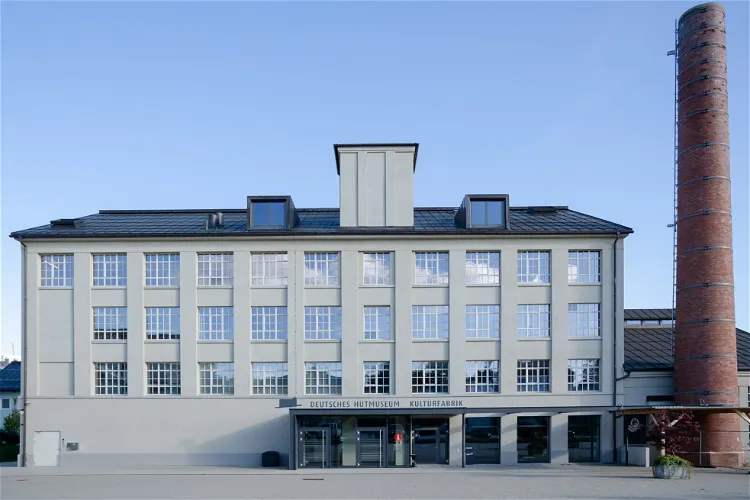
Deutsches Hutmuseum Lindenberg im Allgäu
Lindenberg im AllgäuThe Deutsches Hutmuseum Lindenberg, located in Lindenberg im Allgäu, is a museum dedicated to the cultural history of hats. Since 2014, it has been housed in the building of the former hat factory Ottmar Reich GmbH & Co. This location adds a layer of authenticity to the museum's exhibits, as visitors can explore the history of hat-making in the very place where it once took place.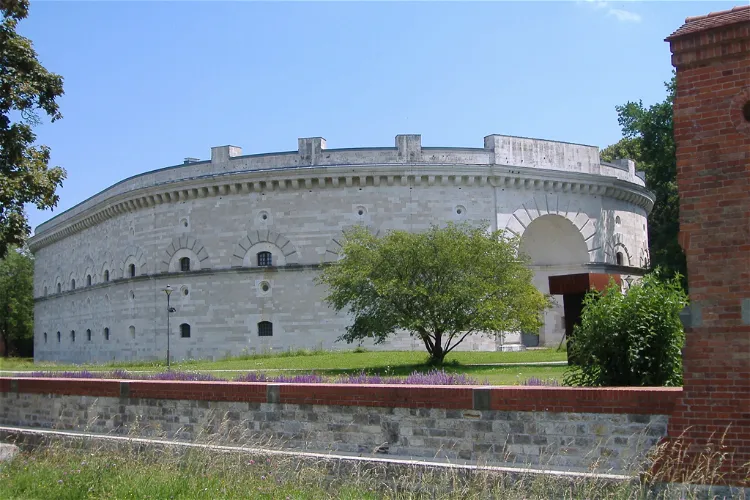
Bavarian Police Museum
IngolstadtThe Bavarian Police Museum, located in the historic Triva Tower in Klenzepark, Ingolstadt, serves as the central museum for the Bavarian police. This location not only offers a unique insight into the history and development of the police force in Bavaria but also provides a picturesque setting for visitors to enjoy.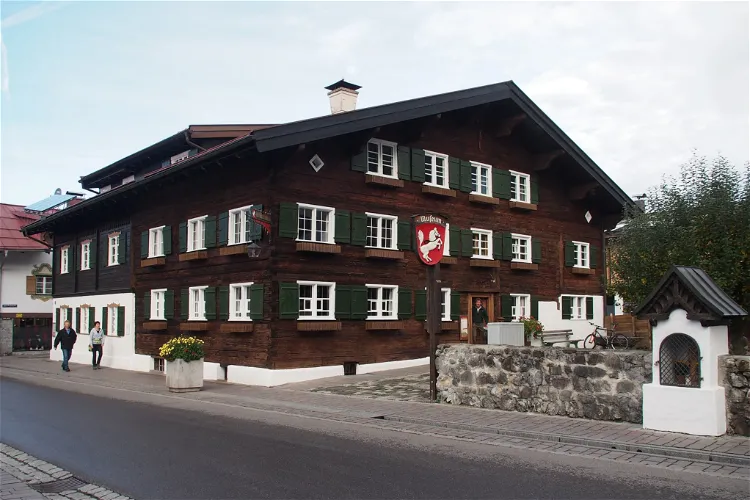
Heimatmuseum Oberstdorf
OberstdorfThe Heimatmuseum in Oberstdorf is housed in the Köcherlerhaus, a farmhouse that was built in 1620. This building is one of the few in the town center that survived a major fire in 1865. This historical context adds a layer of intrigue and resilience to the museum, making it a fascinating place to visit for those interested in local history.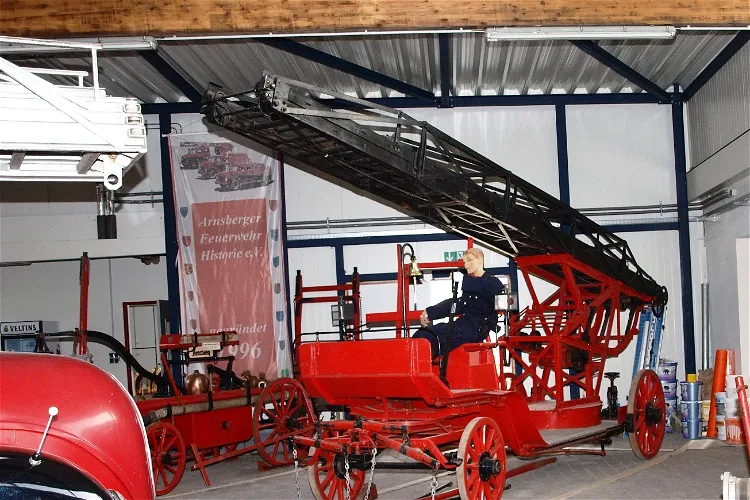
Brennpunkt - Feuerwehrmuseum der Generationen
ArnsbergThe Fire Brigade Museum of the city of Arnsberg, also known as BRENNPUNKT, is conveniently located directly at the Arnsberg train station. This makes it easily accessible for tourists arriving by train. The museum is a part of the city's cultural heritage and offers a unique insight into the history of firefighting in Arnsberg.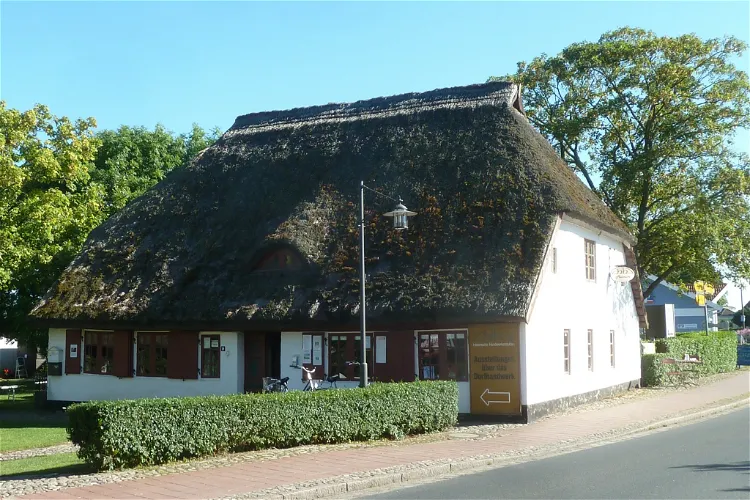
Historische Handwerkerstuben Gingst
GingstThe Museum Gingst, located in Gingst, Mecklenburg-Vorpommern, is a unique historical site that offers visitors a glimpse into the past. The museum is housed in former residential buildings that date back to the 18th century. These buildings, which are now protected as historical monuments, provide a fascinating insight into the living and working conditions on the island around 1900.
German Goldsmiths´ House
HanauThe German Goldsmith's House, located in the old town of Hanau, is a museum that has been showcasing jewelry and hollowware since the early 20th century. This historic building, which was once the town hall, offers visitors a unique opportunity to explore a wide range of exhibits, not only from Germany but from around the world. The museum is a testament to the city's rich history and its longstanding tradition in the goldsmith's craft.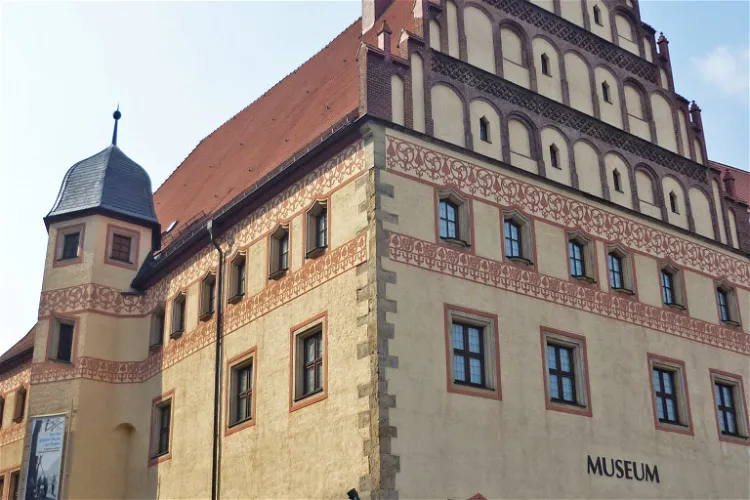
Stadt- und Bergbaumuseum Freiberg
FreibergThe Stadt- und Bergbaumuseum Freiberg, established in 1861 by the Freiberg Antiquity Association, is one of the oldest civic museums in Saxony. It is located in the former Domherrenhof, a late Gothic secular building. This museum is a testament to the rich history and culture of the region, offering visitors a unique insight into the past.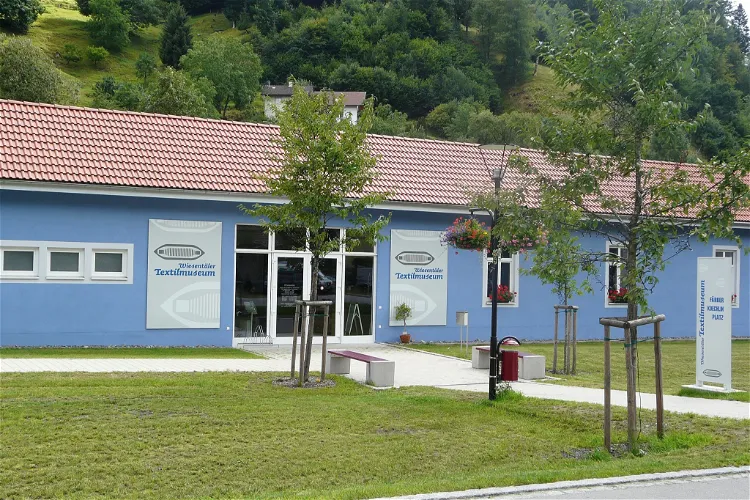
Wiesentäler Textilmuseum
Zell im WiesentalThe Wiesentäler Textilmuseum is situated in the city of Zell im Wiesental, nestled in the Southern Black Forest. The museum is housed in the shed roof halls of a former weaving mill, located on the banks of the Wiese River. This unique location adds to the charm and historical significance of the museum, making it an interesting destination for tourists interested in history and textile manufacturing.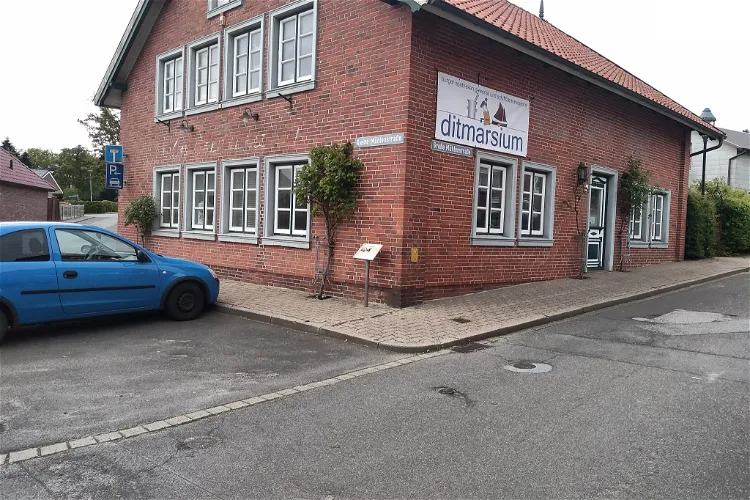
Ditmarsium
Burg (Dithmarschen)The Ditmarsium is a local museum located in Burg, Dithmarschen. It provides an insight into various aspects of life in Dithmarschen, with a focus on the local pharmacy, crafts and trades, and shipping. This makes it an interesting destination for tourists who are interested in learning about the local culture and history.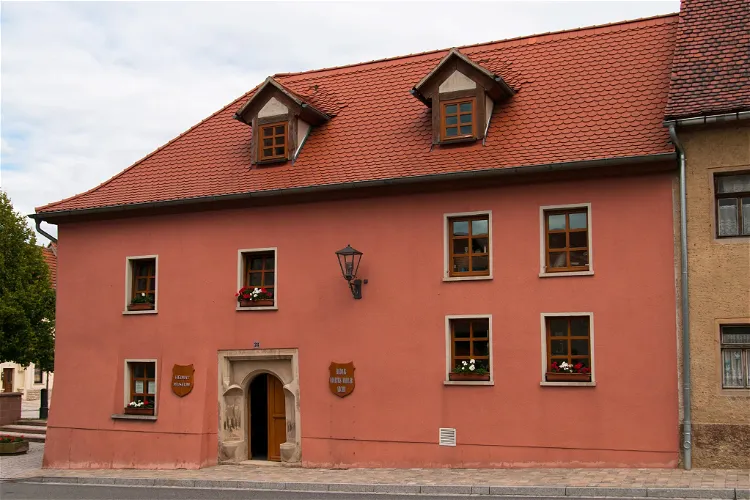
Heimatmuseum Nebra
Nebra (Unstrut)The Heimatmuseum Nebra is a local museum situated in the city of Nebra in Saxony-Anhalt. The museum is located in the former Fulsche-Haus, which was a shoemaker's house. This house was gifted to the city of Nebra in the late 1990s, and the city supported the renovation and establishment of a museum within it.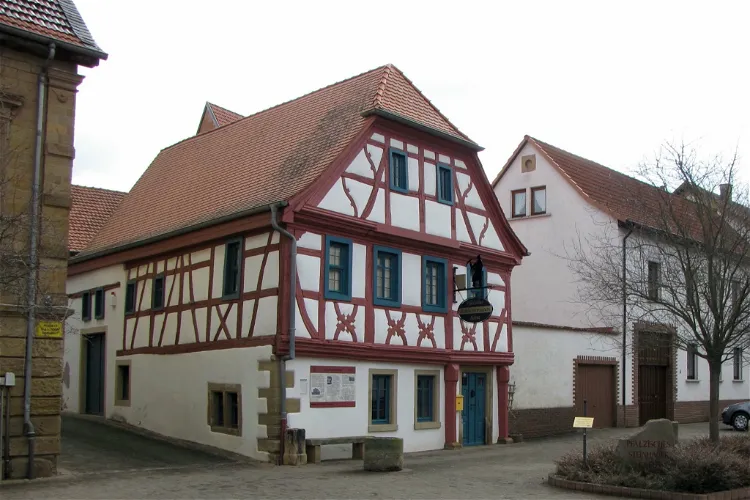
Palatine Stonemason Museum
AlsenzThe Palatine Stonemason Museum, which has been in operation since 1995, offers a comprehensive display of stonemasonry exhibits spanning from the Roman era to the present day. This provides a unique opportunity for visitors to delve into the rich history and evolution of stonemasonry over the centuries.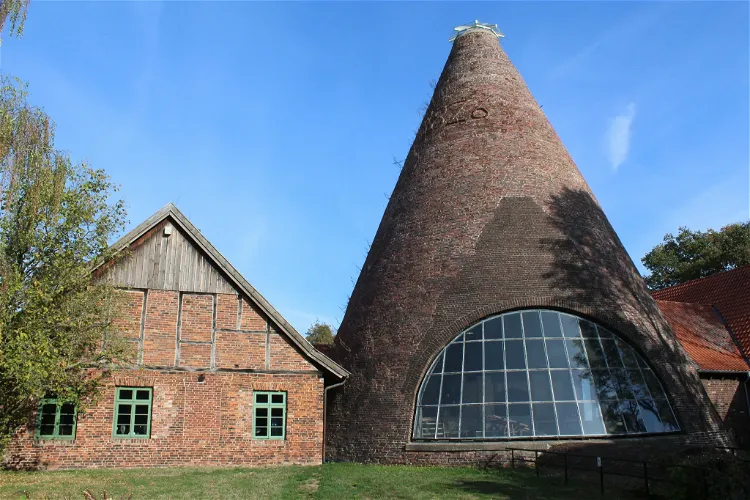
LWL-Museum Glashütte Gernheim
PetershagenThe Gernheim Glassworks, located in Petershagen - Ovenstädt in North Rhine-Westphalia, is a part of the LWL Industrial Museum. This museum is housed in the historic buildings of the former glassworks, which operated as an early industrial factory site from 1812 to 1877. During its operation, the glassworks was a significant producer of glass in the region.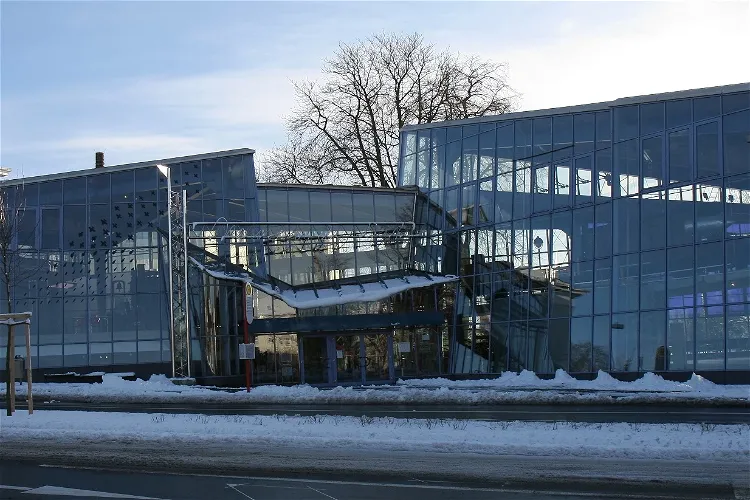
Geschichtsmuseum der Stadt Lüdenscheid
LüdenscheidThe Geschichtsmuseum der Stadt Lüdenscheid is a local history museum that is conveniently located south of the city center of Lüdenscheid. It is situated near the shopping zone Wilhelmstraße and the town hall, making it easily accessible for tourists who are exploring the city.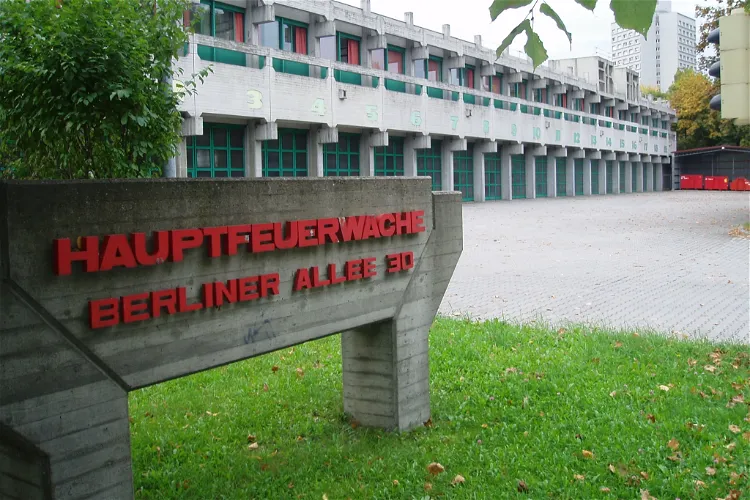
Feuerwehrmuseum Augsburg
AugsburgThe Augsburg Fire Department is an integral part of the city's safety infrastructure. It is organized under the Office for Fire and Disaster Protection of the city of Augsburg. The department comprises the professional fire brigade, which operates two stations within the city, and eight volunteer fire brigades from various districts. Additionally, there are seven company fire brigades that contribute to the city's safety.
Stadtmuseum Nordhorn
NordhornThe Stadtmuseum Nordhorn is a museum that focuses on the city and textile history of the border town of Nordhorn in Lower Saxony. It is located in three historical buildings that were once part of Nordhorn's textile production industry. These buildings are the NINO high-rise, the Povelturm, and the Alte Weberei Povel.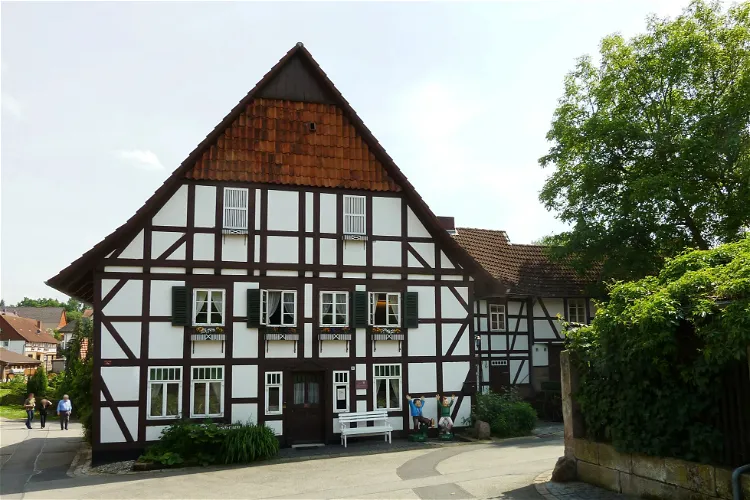
Wilhelm-Busch-Mühle
EbergötzenThe Wilhelm-Busch-Mühle, also known as the Max-und-Moritz-Mühle, is a historic watermill located in Ebergötzen, in the Göttingen district. Since 1977, it has been functioning as a memorial site for Wilhelm Busch, a renowned poet, painter, and illustrator, and also as a mill museum. The museum offers a glimpse into the life and work of Wilhelm Busch, the old milling technique at the running grain mill, the history of the building, and rural life in the 19th century.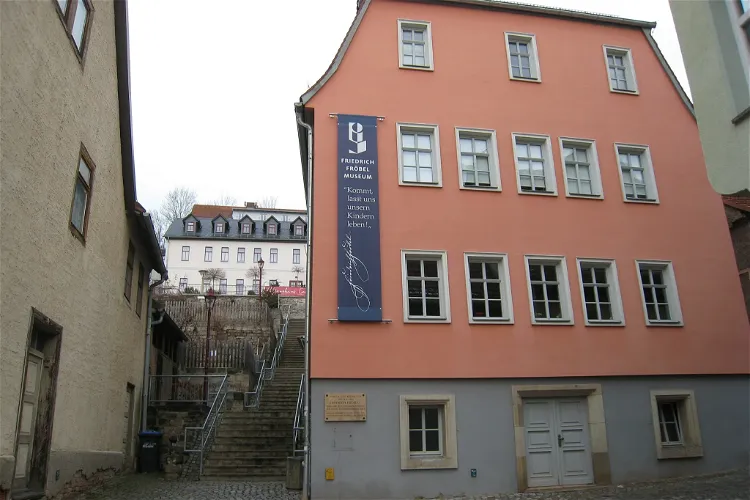
Friedrich-Fröbel-Museum
Bad BlankenburgThe Friedrich-Fröbel-Museum in Bad Blankenburg is a significant site in the history of early childhood education. It is housed in the very building where Friedrich Fröbel, often referred to as the 'founder' of the kindergarten, opened his first 'play and employment institution' in 1839/40. This institution would later evolve into what we now know as the kindergarten. The museum has been located in this building since 1982, making it a place of historical significance for those interested in the origins of early childhood education.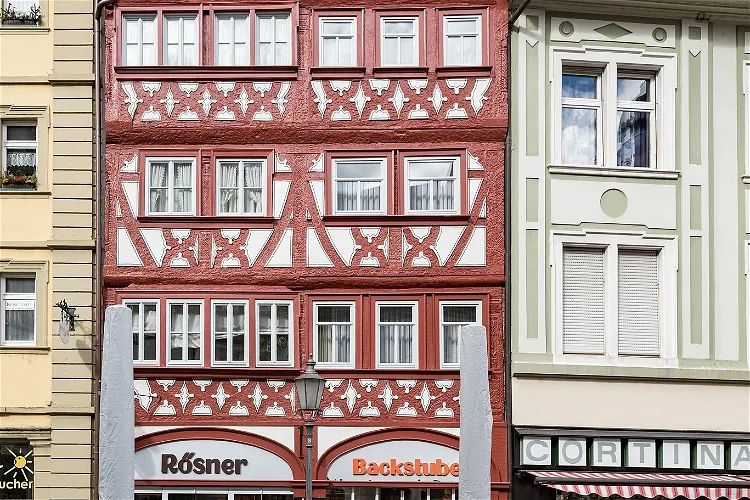
Conditorei Museum Kitzingen
KitzingenThe Conditorei Museum in Kitzingen is a unique institution dedicated to the bakery and confectionery crafts. It provides a deep dive into the history and evolution of these crafts, offering a unique perspective on the city's culinary heritage.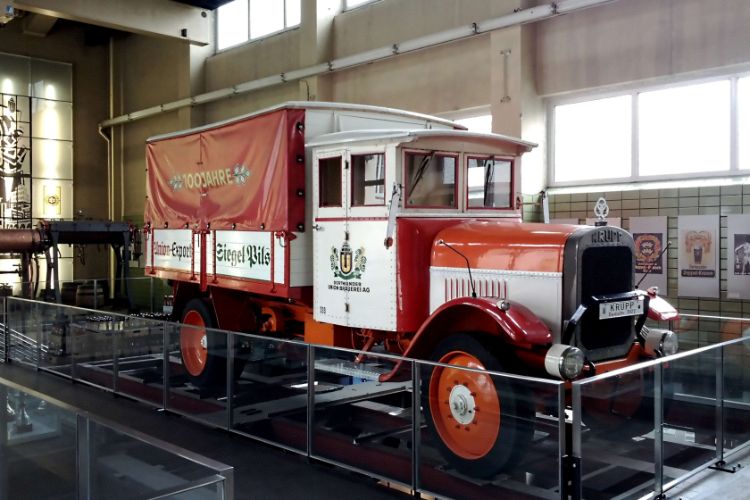
Brewery Museum
DortmundThe Brewery Museum is a beer museum in Dortmund. It is a place devoted to the renowned Dortmund beer. Visitors can learn everything about the history and beer brewing process. The museum focuses on the history of the Dortmund breweries, mostly on the 19th and 20th century with a special focus on the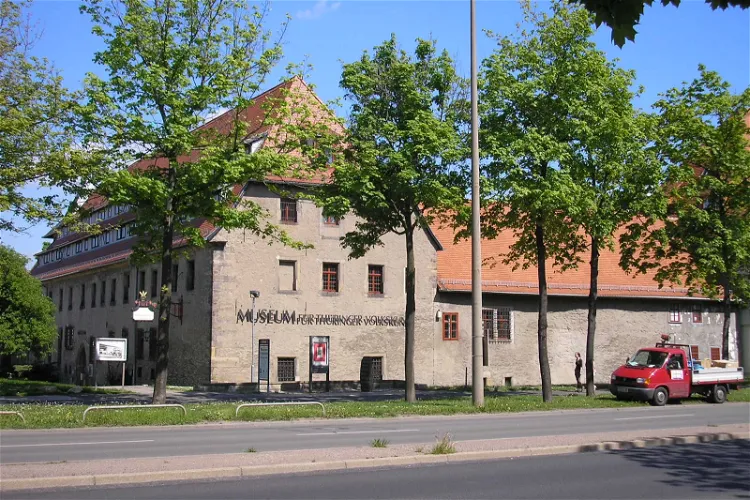
Museum für Thüringer Volkskunde
ErfurtThe Museum für Thüringer Volkskunde Erfurt is recognized as one of the largest folk museums in Germany. This makes it a significant destination for those interested in exploring the rich folk culture of the country.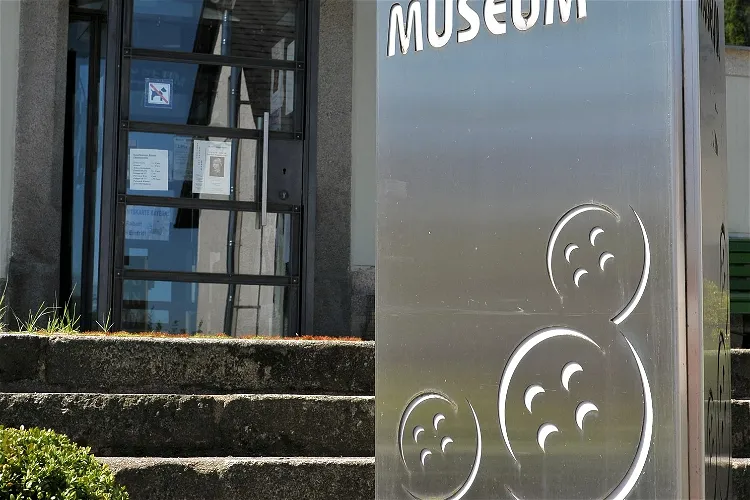
Deutsches-Knopfmuseum
BärnauThe Deutsches Knopfmuseum, located in Bärnau, Oberpfalz, is a unique museum dedicated to buttons. It was first opened in 1975 and since 1998, it has been housed in the former Kommunbrauhaus on Tachauer Straße 2. This location adds a historical charm to the museum, making it an interesting place to visit.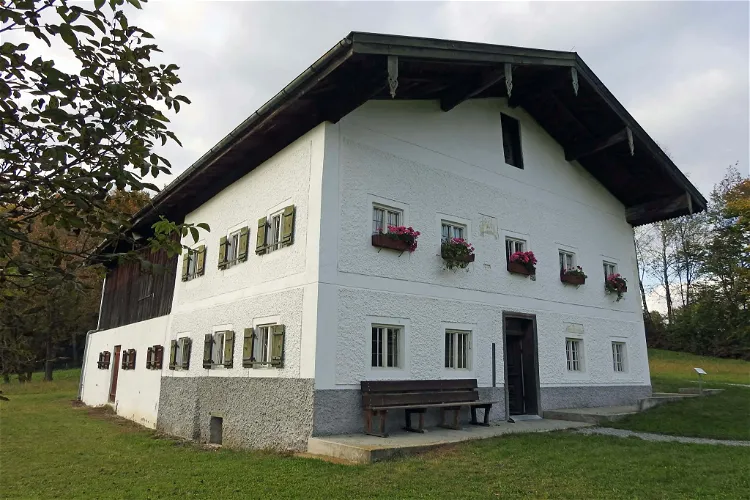
Bauernhausmuseum Amerang
AmerangThe Bauernhausmuseum Amerang is an open-air museum situated in the scenic Chiemgau region of Upper Bavaria, on the outskirts of the town of Amerang. This location offers visitors a unique opportunity to explore the rich history and culture of the region in a picturesque setting.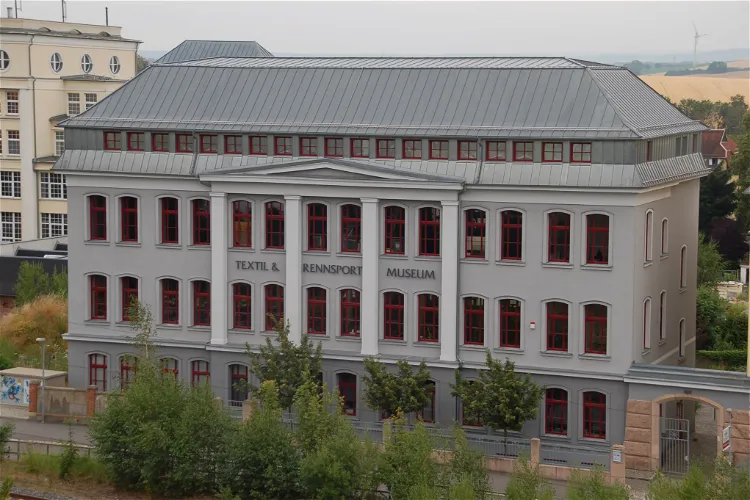
Textil- und Rennsportmuseum TRM
Hohenstein-ErnstthalThe Textil- und Rennsportmuseum (TRM) in Hohenstein-Ernstthal is a unique museum that was established in the 1990s. It is housed in a five-story factory building that once belonged to the former textile company C. F. Jäckel. This historical setting adds a unique charm to the museum and provides a glimpse into the industrial past of the region.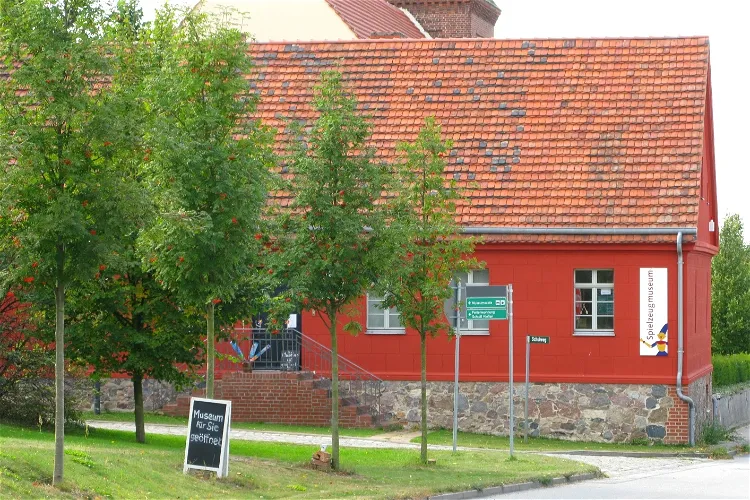
Spielzeugmuseum im Havelland
RhinowThe Spielzeugmuseum im Havelland, situated in Kleßen, a district of Kleßen-Görne, is a unique museum that displays a wide range of historical toys. These exhibits not only provide a glimpse into the past but also highlight the global influence of the German toy industry. The museum is a testament to the creativity and craftsmanship that went into the creation of these toys, making it a fascinating destination for both children and adults.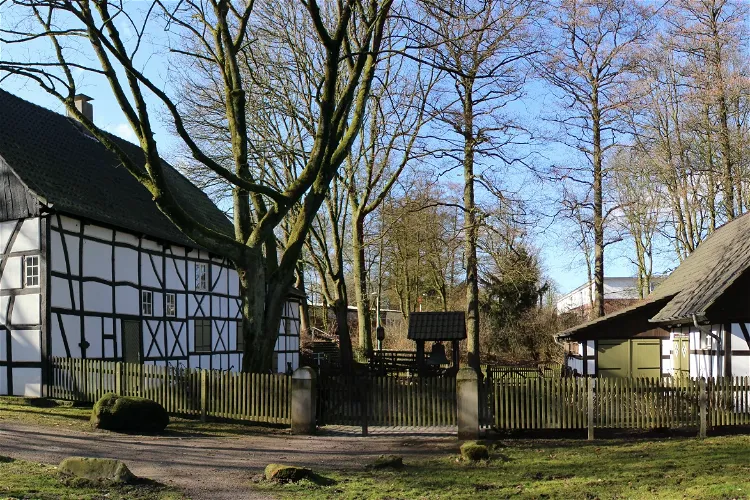
Heimatmuseum Marl
MarlThe Stadt- und Heimatmuseum is a local museum located in the city of Marl. It was founded by Heinrich Keller, who was the head of the Marl local history association. This museum is a testament to the city's rich history and culture, making it a significant point of interest for tourists.
Landtechnik Museum Gut Steinhof
BrunswickGut Steinhof is a historical manor farm situated in the northern part of Brunswick, specifically in the district of Lehndorf-Watenbüttel. It is conveniently located on Federal Highway 214, making it easily accessible for tourists.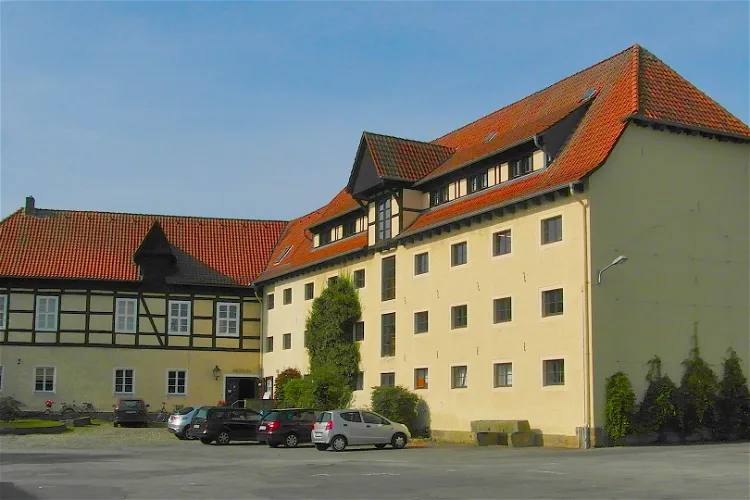
Museum auf dem Burghof
SpringeThe Museum auf dem Burghof in Springe, located in the Hannover region, is a cultural institution dedicated to preserving and showcasing the history and culture of the city at Deister. Visitors can expect to gain a deeper understanding of the region's past and its cultural evolution over time.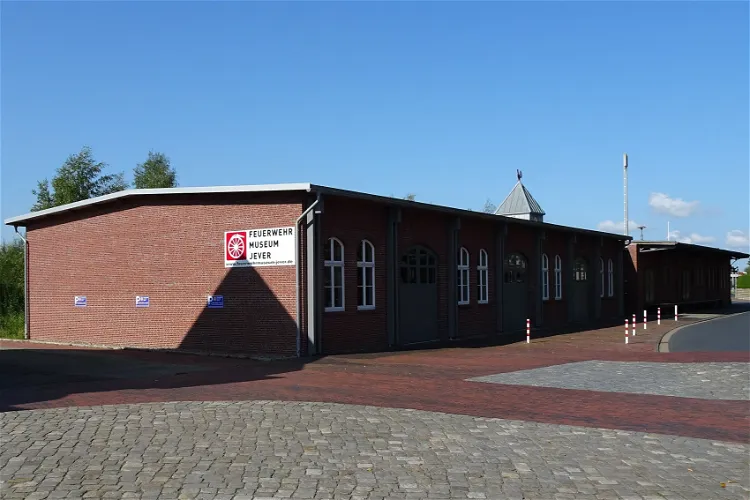
Feuerwehrmuseum Jever
JeverThe Feuerwehrmuseum Jever, located in Jever, is a museum that is dedicated to the history of firefighting and the fire brigade. It provides an in-depth look into the evolution of firefighting techniques and equipment, making it an interesting destination for those interested in history and firefighting.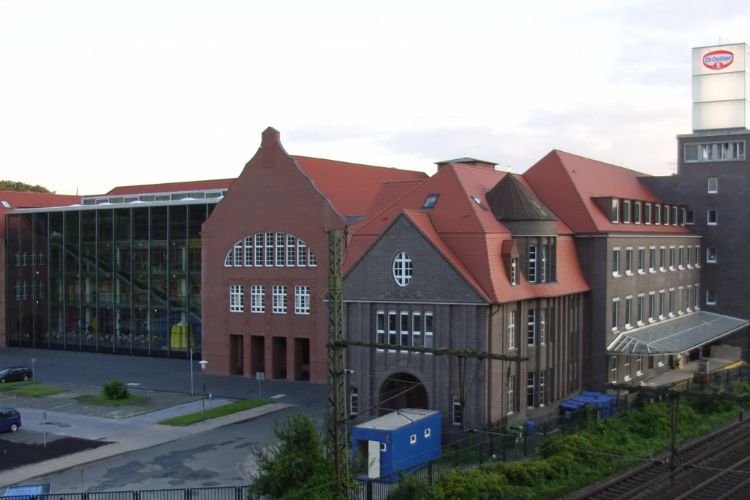
Dr. Oetker Welt
BielefeldDr. Oetker Welt (The Dr. Oetker World) is a museum/attraction in Bielefeld where visitors can discover the Dr. Oetker brand with all their senses. On guided tours and in demonstrations, you will learn about the development of the company, facts about the production and products and facts about the b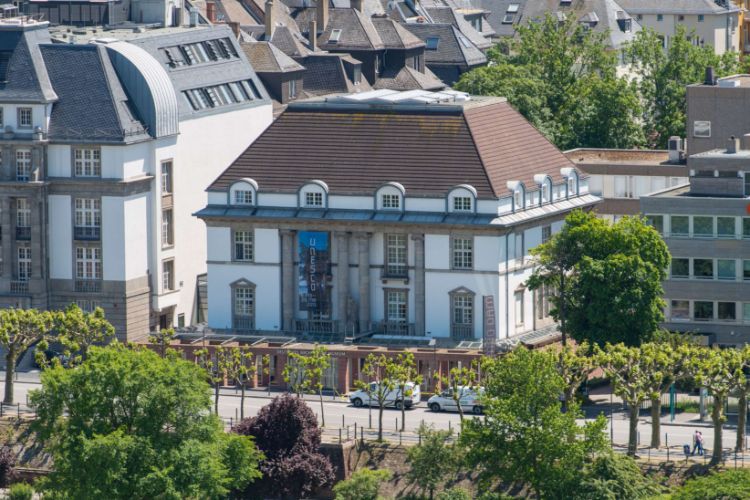
German Architecture Museum
FrankfurtThe German Architecture Museum (Deutsches Architekturmuseum) is a museum in Frankfurt, that is housed in an 18th-century building with re-designed interior by Oswald Mathias Ungers from 1984. The museum holds a collection of around 180,000 architectural drawings and 600 models. The collection includ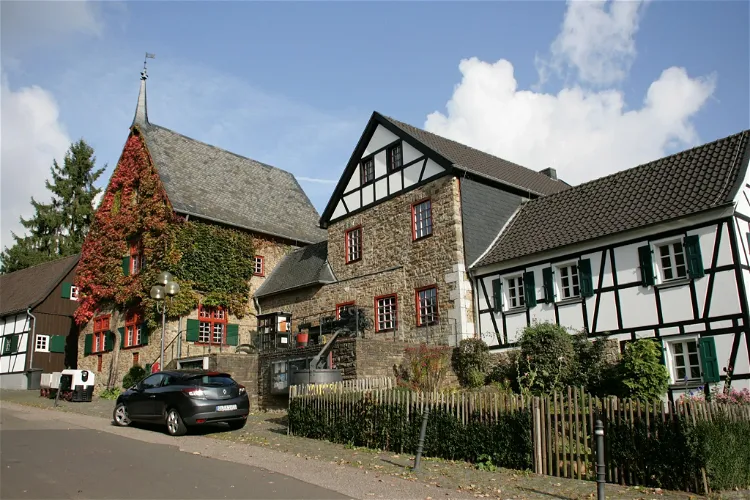
Bergisches Museum für Bergbau, Handwerk und Gewerbe
Bergisch GladbachThe Bergisches Museum for Mining, Crafts and Trade in Bergisch Gladbach offers a unique insight into the history of the region, particularly focusing on the former ore mining in the Bensberger Erzrevier. The museum also showcases the rural-craftsman lifestyles of the local population, with a special emphasis on the 19th and early 20th centuries. This provides a fascinating glimpse into the past, allowing visitors to understand the historical context and way of life during these periods.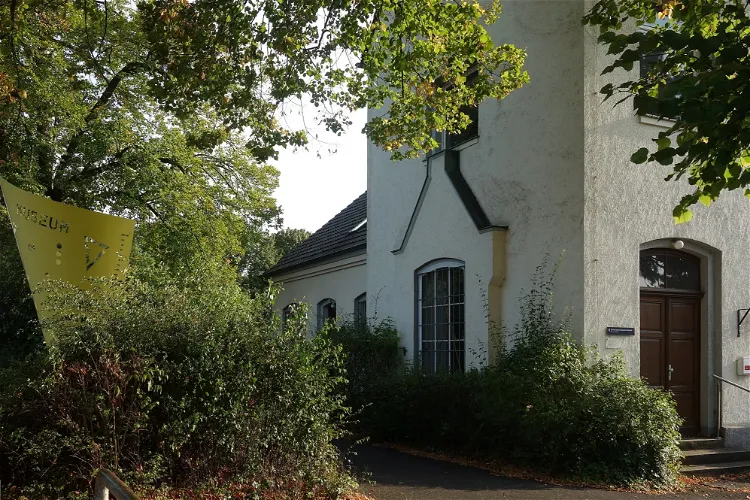
School Museum Bergisch Gladbach
Bergisch GladbachThe School Museum Bergisch Gladbach, established in 1990 by the city of Bergisch Gladbach, serves as a documentation center for the history of rural public schools. The museum is housed in the building of a Catholic public school built in 1871 in the Katterbach district of Bergisch Gladbach. The museum's collection, which has been gathered since the late 1960s, provides a comprehensive insight into the evolution of education in the region.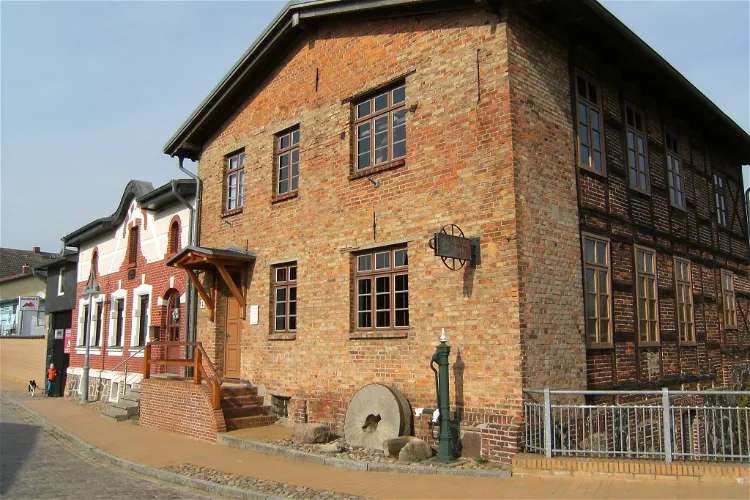
Museum Lassaner Mühle
LassanThe Lassaner Mühle is a 19th-century watermill located in Lassan, Mecklenburg-Vorpommern. Today, it serves as the home of the Museum Lassaner Mühle, offering visitors a glimpse into the region's rich history and heritage.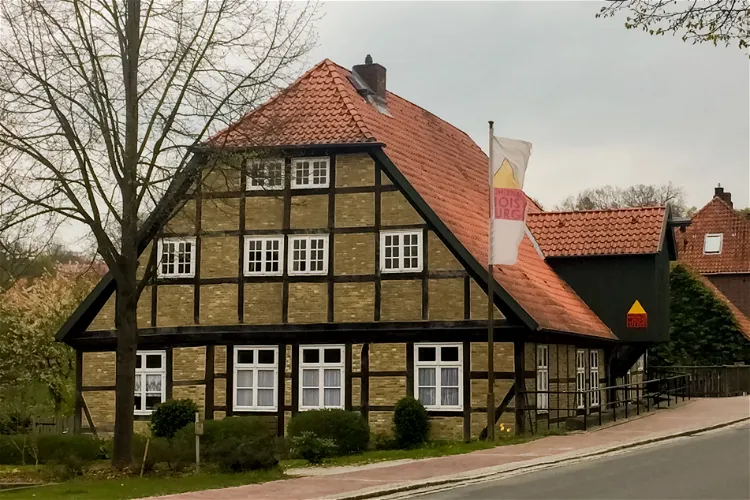
Mühlenmuseum Moisburg
MoisburgThe Mühlenmuseum Moisburg, located in the former Amtswassermühle in Moisburg in the Harburg district since 1985, offers visitors a chance to explore the regional mill history through its permanent and special exhibitions. This museum provides a unique opportunity to delve into the past and understand the significance of mills in the region's history.
Ofen- und Keramikmuseum
VeltenThe Ofen- und Keramikmuseum Velten, also known as OKM, is a museum located in the city of Velten in Brandenburg. The museum presents the history of the tile stove and the ceramics industry from the perspective of Velten, a city known for its stove production. This museum offers a unique insight into the development and evolution of these industries, making it a fascinating destination for those interested in history, industry, and craftsmanship.
Papiermuseum Düren
DurenThe Papiermuseum Düren is one of seven museums in Germany that focus on paper or have a department dedicated to paper. This makes it a unique destination for those interested in the history and production of paper. The museum is located in the city of Düren, North Rhine-Westphalia, and is managed by the city itself.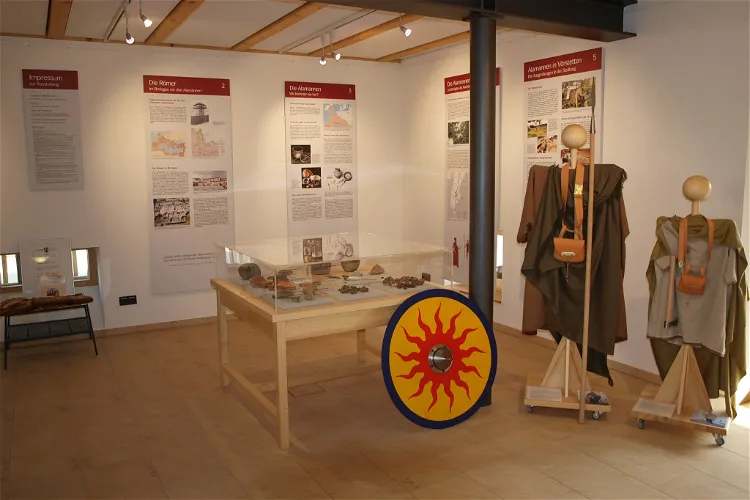
Alamannen-Museum Vörstetten
VörstettenThe Alamannen-Museum Vörstetten is an archaeological museum situated in the municipality of Vörstetten, within the Emmendingen district of Baden-Württemberg. This museum provides a unique opportunity for visitors to delve into the rich archaeological history of the region.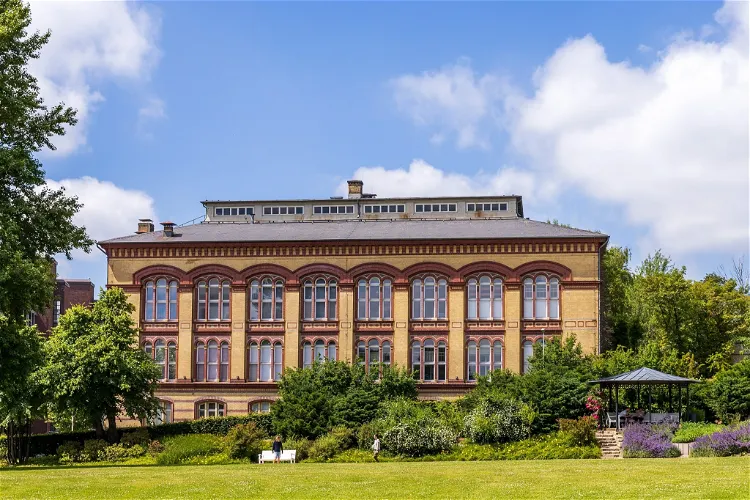
Medical and Pharmaceutical Historical Collection;
KielThe Medical and Pharmaceutical Historical Collection is a part of the Medical Faculty at the Christian-Albrechts-University in Kiel. This collection is a significant part of the university's commitment to preserving and showcasing the history of medicine and pharmacy. It provides a unique opportunity for visitors to explore the evolution of these fields over time.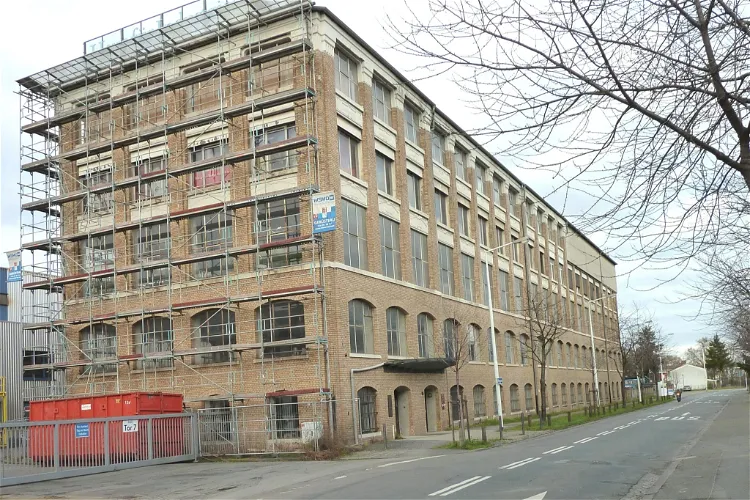
Schriftguss, Satz und Druckverfahren
DarmstadtThe Printing Museum, also known as the House for Industrial Culture, is a department of the Hessian State Museum Darmstadt. It is dedicated to the history and processes of type casting, typesetting, and printing. This museum offers a unique opportunity to delve into the world of printing and understand its evolution over the centuries.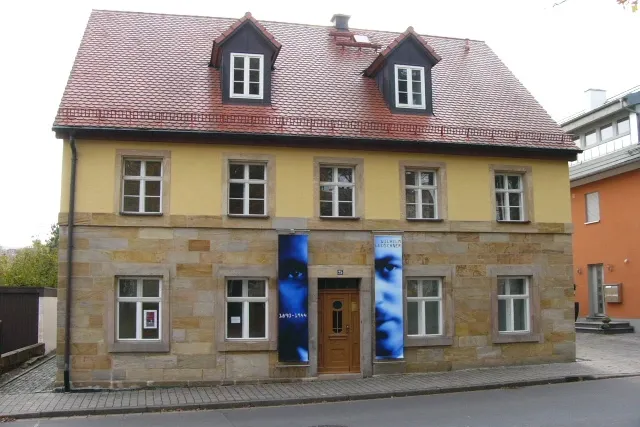
Wilhelm-Leuschner-Gedenkstätte
BayreuthThe Wilhelm-Leuschner-Memorial is a museum in Bayreuth that pays tribute to the life and work of Wilhelm Leuschner, a trade unionist and social democrat who resisted National Socialism. This museum provides an opportunity to learn about a significant figure in German history and his fight against oppressive regimes.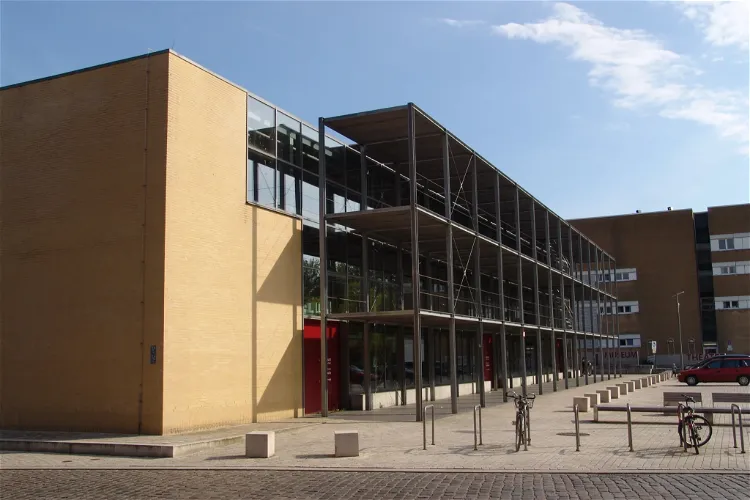
Museum Tuch + Technik - Textilmuseum
NeumünsterThe Museum Tuch + Technik in Neumünster, Schleswig-Holstein, provides a comprehensive overview of the history of cloth making, spanning from the Iron Age to the present day. It also offers insights into the history of the city of Neumünster. The museum's exhibits include more than 400 items that illustrate the basic principles of cloth production throughout the ages and the close connection between the city's history and this craft.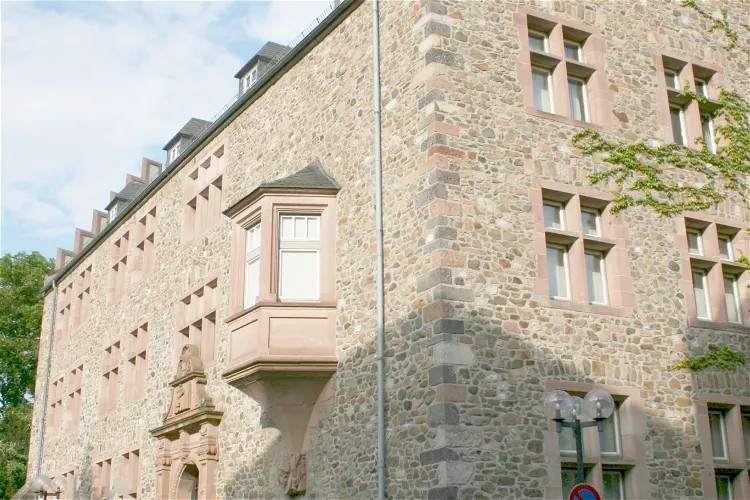
Oberhessisches Museum
GießenThe Oberhessisches Museum, a universal museum, is situated in the central Hessian city of Gießen. It is housed in three distinct locations: the Old Castle Gießen, the Wallenfels'schen Haus, and the Leib'schen Haus. Each of these locations offers a unique perspective on the rich history and culture of the region.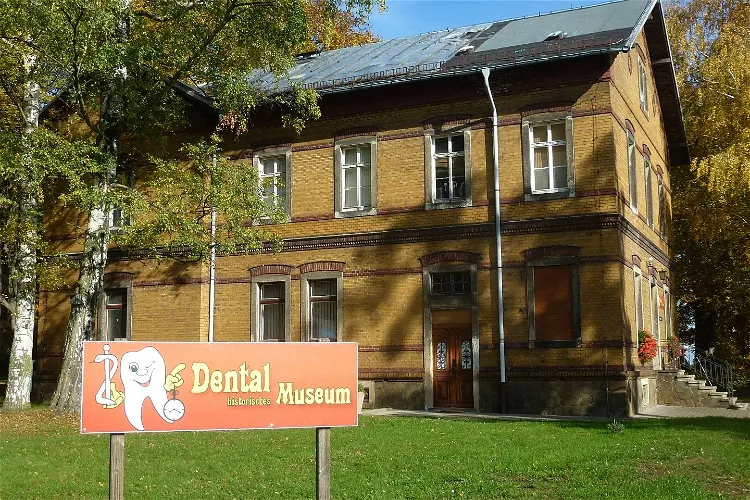
Dental Museum
ColditzThe Dental History Museum in Zschadraß, a district of Colditz (Leipzig district, Saxony), is a unique institution that combines the science and history of dentistry. It offers a comprehensive look into the evolution of dental practices and technologies, making it an interesting destination for those interested in medical history.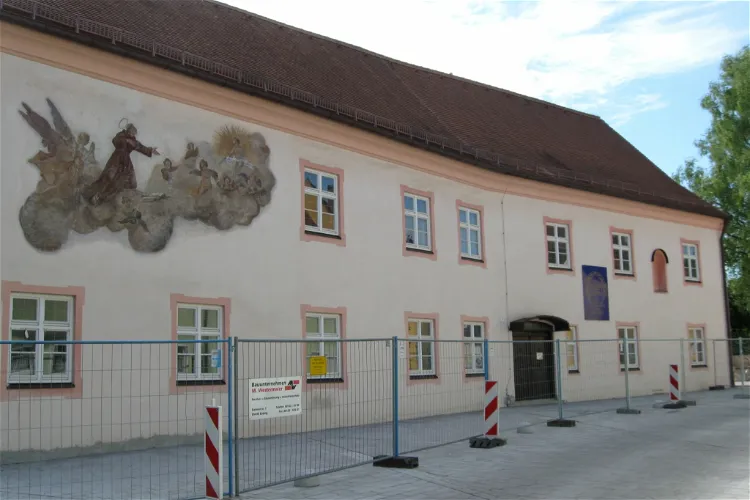
Museum Erding
ErdingThe Museum Erding, located in Erding, is a local history museum that was established in 1856 by Anton Bachmair, a shoemaker. With over 160 years of collection history, it is one of the oldest municipal museums in Bavaria. The museum's collection began with musician uniforms, weapons, and other items.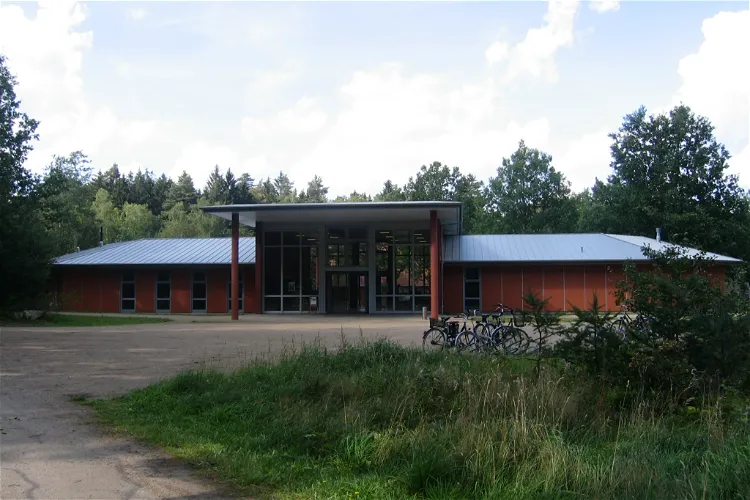
Hösseringen Museum Village
HösseringenThe Hösseringen Museum Village, located in Suderburger, Lower Saxony, is a unique destination that showcases significant types of the Lower German hall house. Spread over a vast area of 130,000 m², the museum offers visitors a chance to explore and understand the architectural styles and historical significance of these structures.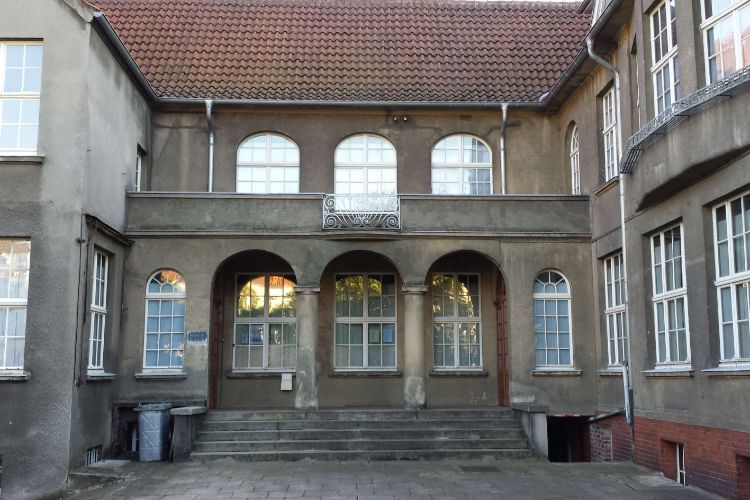
Museum Waeschefabrik
BielefeldThe Museum Wäschefabrik is a museum in Bielefeld that illustrates the working conditions in a linen factory in the middle of the 20th century at its original location. The museum has no exhibition in the traditional sense, but can be seen as a walk-in monument. At the original workstations, backgrou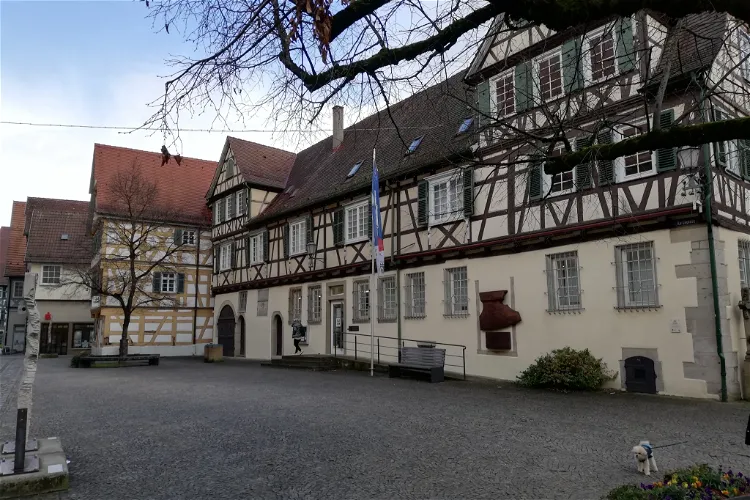
Stadtmuseum
SchorndorfThe Stadtmuseum Schorndorf is a city history museum situated in the large district town of Schorndorf, within the Rems-Murr district. It provides a comprehensive insight into the history and development of the city, making it a valuable destination for those interested in local history and culture.
Fichtelgebirgsmuseum
WunsiedelThe Fichtelgebirge Museum, located in Wunsiedel, central Germany, is a regional museum that was established in 1907. The museum was founded by the Fichtelgebirge Club with the aim of preserving old trade skills that were being replaced by new industries during the 19th century. The museum provides a glimpse into the region's past and the trades that were once vital to its economy.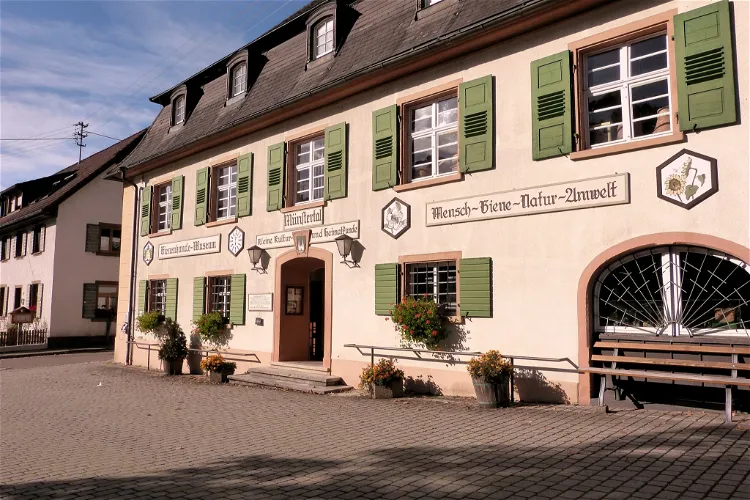
Bienenkundemuseum
SpielwegThe Bienenkundemuseum Münstertal is a unique cultural and local history museum that focuses on the themes of beekeeping and beekeepers. It is situated in the former town hall in the Obertal of Münstertal/Schwarzwald, providing a historical setting for the museum's exhibits.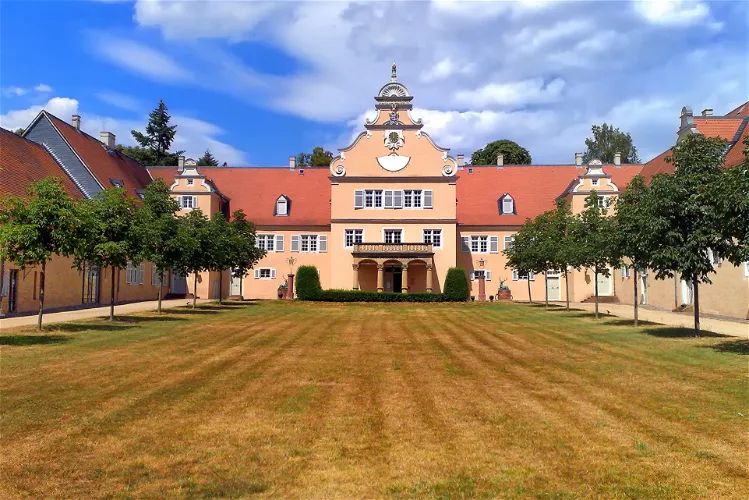
Jagdschloss Kranichstein
DarmstadtThe Kranichstein estate is one of the few remaining Baroque hunting lodges in Germany, making it a unique destination for tourists. It currently serves as a hunting museum, offering visitors a glimpse into the past. Additionally, the estate functions as a hotel with a restaurant and event location, including for weddings, providing a variety of services for tourists.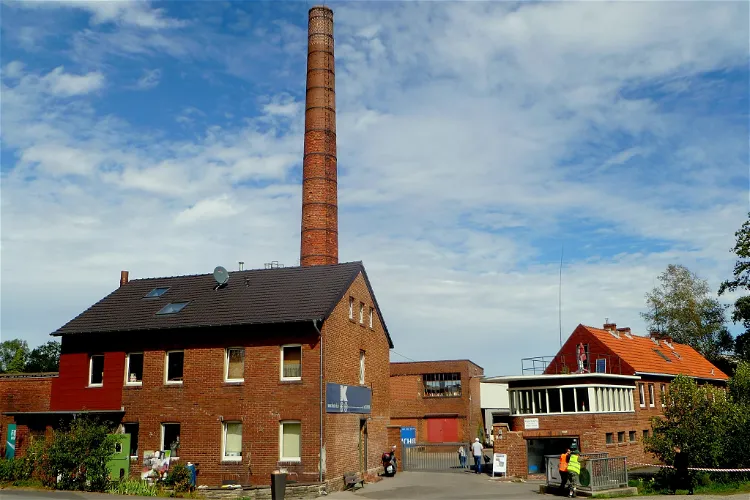
Tuchwerk Aachen
AachenTuchwerk Aachen, previously known as Textilmuseum Aachen, is a public institution with a museum-like character. It is situated in the historic and protected Stockheider Mill, located in the Soers landscape park of the Aachen district of Laurensberg. This location offers a unique blend of history and nature, making it an interesting destination for tourists.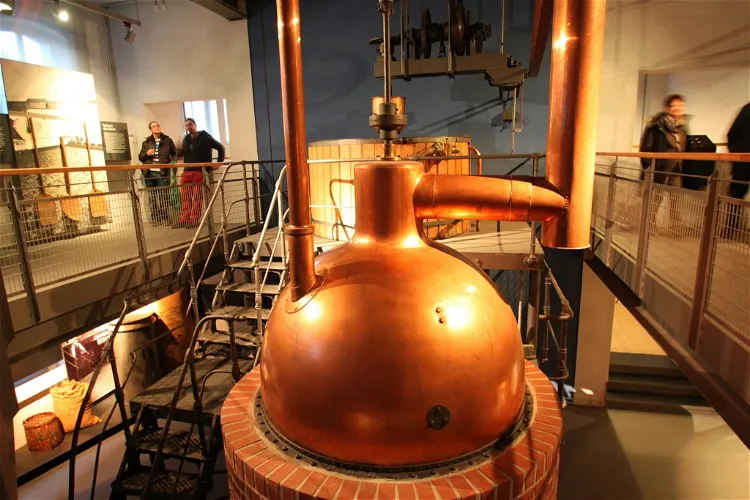
Bayerisches Bäckereimuseum
KulmbachThe Bayerische Bäckereimuseum, located in the district town of Kulmbach in Upper Franconia, is a specialty museum dedicated to the staple food and cultural heritage of bread. This unique museum offers an in-depth exploration of the history, production, and cultural significance of bread, making it an interesting destination for tourists interested in food history and culture.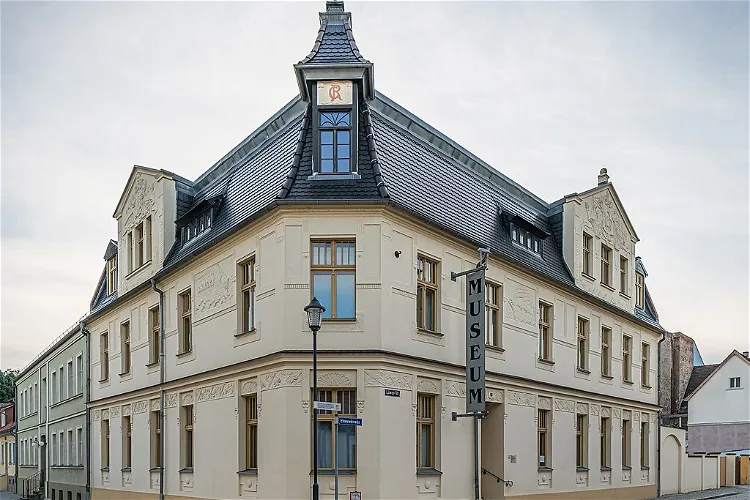
Städtischen Museum Eisenhüttenstadt
EisenhüttenstadtThe Städtische Museum Eisenhüttenstadt, established in 1980, is a multi-faceted institution with three distinct locations. These locations offer a comprehensive view of Eisenhüttenstadt's city history, an art gallery featuring works from the German Democratic Republic (GDR), and a fire brigade and technology museum. This diversity provides visitors with a broad understanding of the city's past, its artistic heritage, and its technological advancements.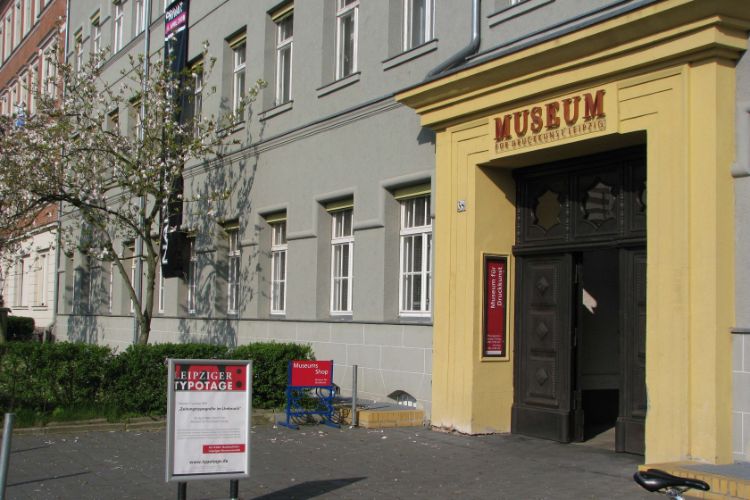
Museum of the Printing Arts Leipzig
LeipzigThe Museum für Druckkunst (Museum of the Printing Arts Leipzig) is a museum in Leipzig that keeps the traditions of the city of bookmaking and publishing alive. All appliances, tools and machines are presented as vivid, working demonstrations of a wide range of techniques with hands-on experimentati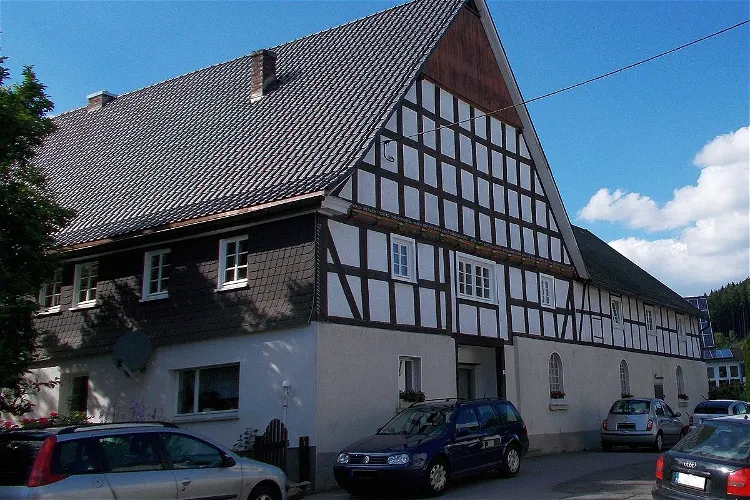
Museum Heimatstube Schönholthausen
FinnentropThe Museum "Heimatstube" Schönholthausen is a local history museum situated in the village of Schönholthausen, which is part of the municipality of Finnentrop in the Olpe district of North Rhine-Westphalia. This museum is a great place to learn about the local history and culture of the region.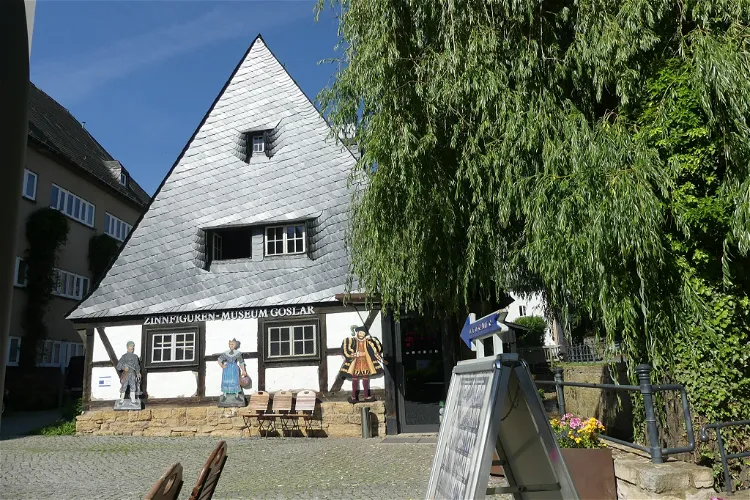
Tin Figure Museum
GoslarThe Tin Figure Museum in Goslar is a unique attraction that showcases both historical and modern tin figures. These figures are displayed in self-created dioramas, providing a visual representation of various historical periods and events. The museum's collection is diverse, offering a glimpse into different eras and cultures.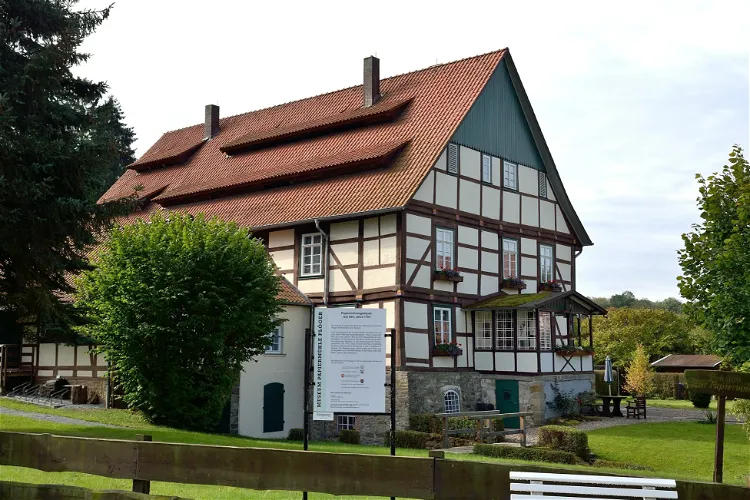
Papiermühle Plöger
Schieder-SchwalenbergThe Papiermühle Plöger is a unique destination that offers a glimpse into the past. This former paper mill, located in Schieder in the Lippe district of North Rhine-Westphalia, has been transformed into a museum. Visitors can explore the history of papermaking and the mill's role in the local community.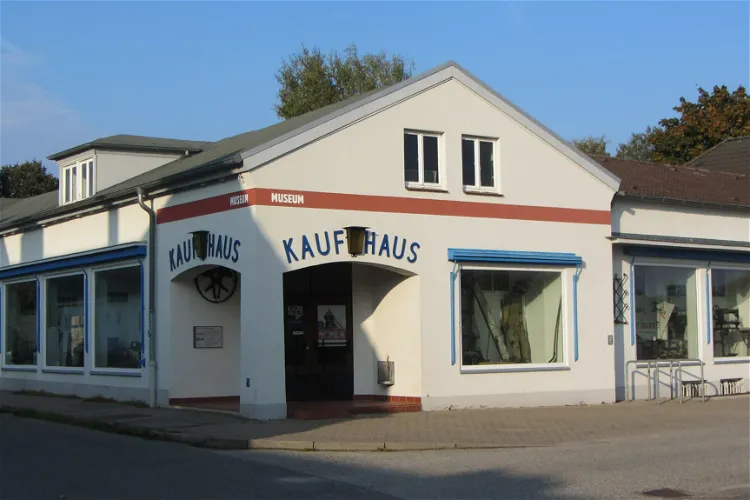
Industriemuseum Geschichtswerkstatt Herrenwyk
LübeckThe Industriemuseum Geschichtswerkstatt Herrenwyk is situated in the former department store of the Hochofenwerk Lübeck AG in Lübeck- Herrenwyk. This location adds a unique historical context to the museum, as it was once a bustling hub of industrial activity. Visitors can appreciate the museum's setting and its connection to the city's industrial past.
Niederrheinisches Museum für Volkskunde und Kulturgeschichte
KevelaerThe Niederrheinisches Museum Kevelaer e.V. is situated in the pilgrimage city of Kevelaer, making it a significant cultural landmark in the region. It is one of the largest museum buildings in the Lower Rhine region, offering a comprehensive insight into the folkloric, cultural, and artistic history of the area.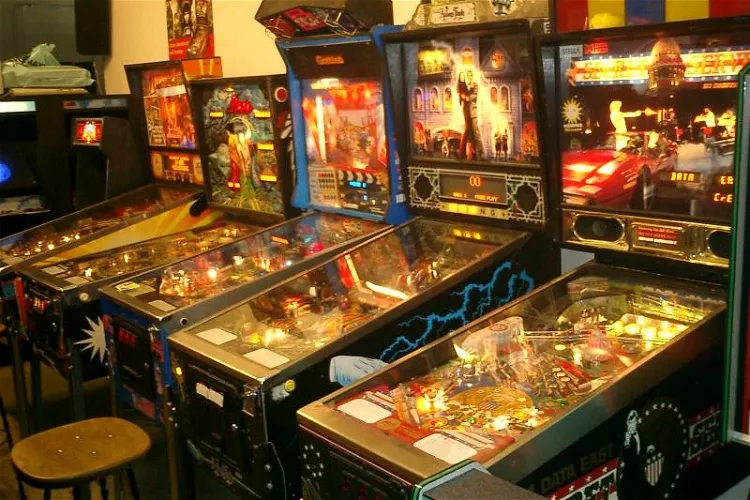
RetroGames
KarlsruheRetroGames is a museum located in Karlsruhe, run by the RetroGames association. It features a permanent exhibition of operational classic arcade machines, game consoles, and pinball machines. This museum is part of the retro gaming movement and is dedicated to preserving and promoting video game culture.
Bauernmuseum Selfkant
SelfkantThe Bauernmuseum Selfkant comprises a bakehouse and a 2000 m² hall. The museum's collection includes 20 historical tractors and a variety of everyday farming objects. These exhibits provide a glimpse into the agricultural past and offer an educational experience for visitors of all ages.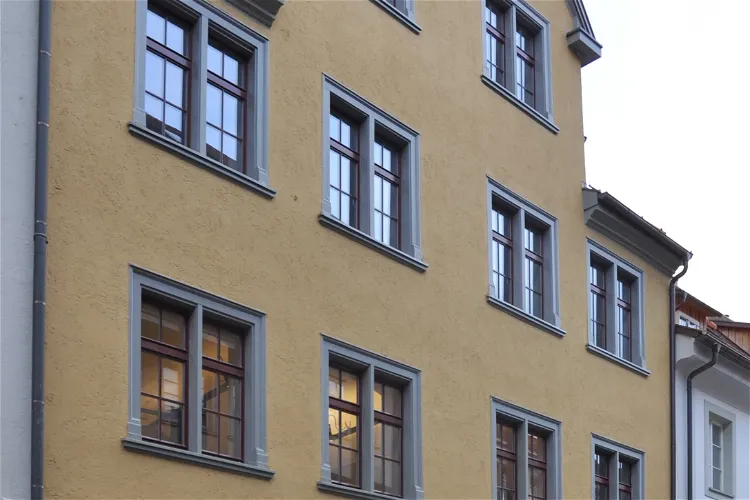
Wirtschaftsmuseum Ravensburg
RavensburgThe Wirtschaftsmuseum Ravensburg is a unique institution that focuses on the economic and social history of the 19th and 20th centuries in the Ravensburg district. It provides a comprehensive overview of the region's development during these periods, making it an interesting destination for those interested in history and economics.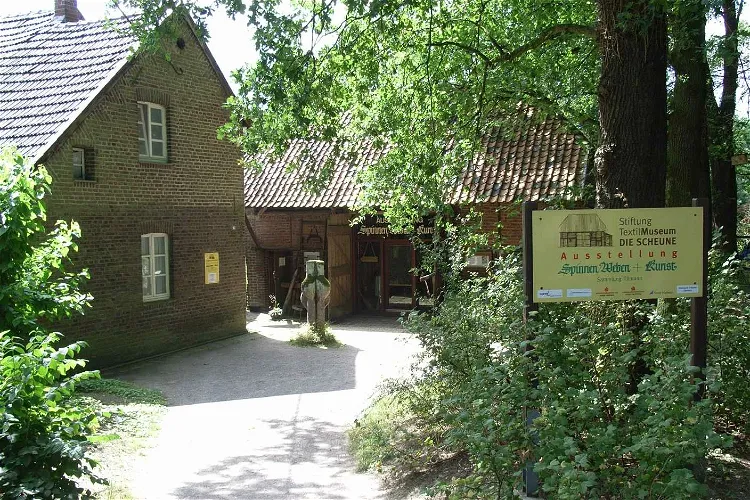
Textilmuseum Die Scheune
NettetalLocated in the district of Hinsbeck -Hombergen in Nettetal, the Textilmuseum Die Scheune offers a unique insight into the world of textile manufacturing. The museum showcases a variety of spinning machines, looms, and other textile machines, along with corresponding work processes. In addition, it hosts exhibitions with changing focus topics, providing a dynamic and engaging experience for visitors.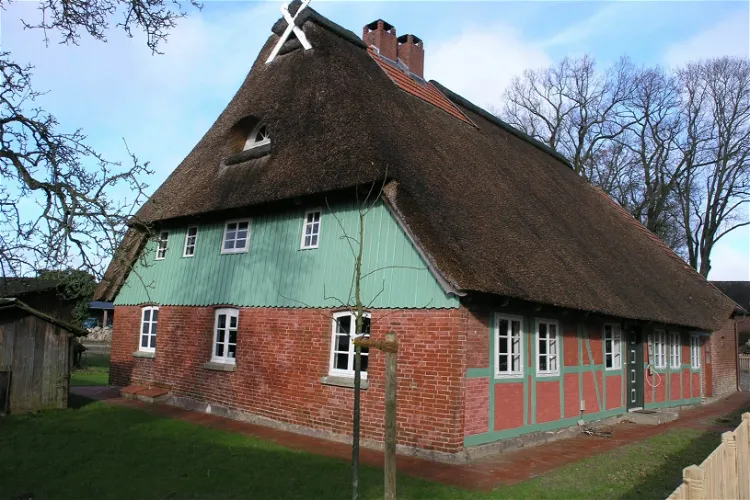
Museumsstellmacherei Langenrehm
LangenrehmThe Museumsstellmacherei Langenrehm offers a unique glimpse into the everyday life and work of the Peters wheelwright family around the year 1930. The museum complex consists of a half-timbered house, a production building, and a sawmill, all of which have been preserved in their original state. Visitors can explore these buildings and gain a deeper understanding of the wheelwright profession and its significance in the past.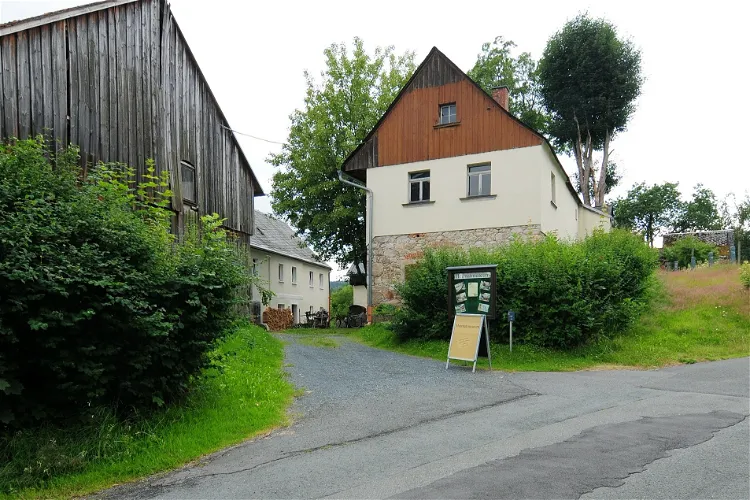
Heimatmuseum Bad Brambach
Bad BrambachThe Heimatmuseum Bad Brambach is a regional museum situated in the Zollstraße of Bad Brambach. It is managed by a registered association bearing the same name. This museum offers a unique opportunity to delve into the local history and culture of the region.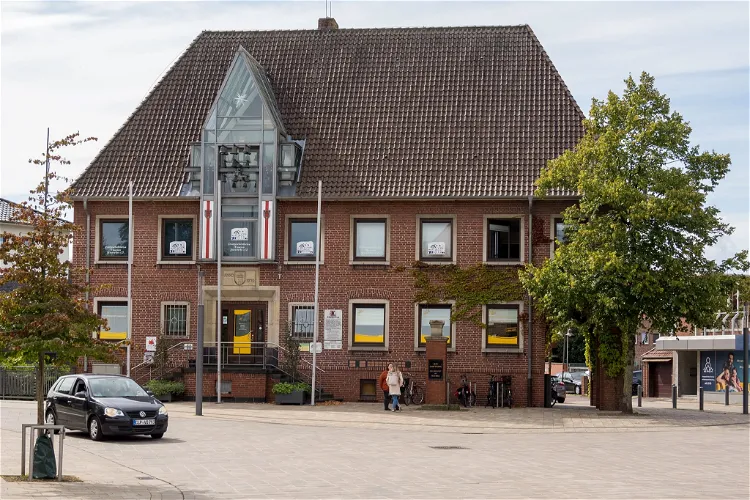
Postgeschichtliches Museum
FriesoytheOriginally, the Postgeschichtliche Museum was housed in a 16 m² area on the upper floor of Friesoythe's former post office. However, since 2004, the museum has been located in the former town hall “Stadtmitte”, boasting a larger exhibition area of 300 m².
Bauernmuseum Schlepzig
SchlepzigThe Bauernmuseum Schlepzig is a museum located in Schlepzig, Brandenburg, dedicated to the history of agriculture in the Spreewald region. It provides a comprehensive insight into the agricultural practices and lifestyle of the Spreewald farmers during the 19th and 20th centuries.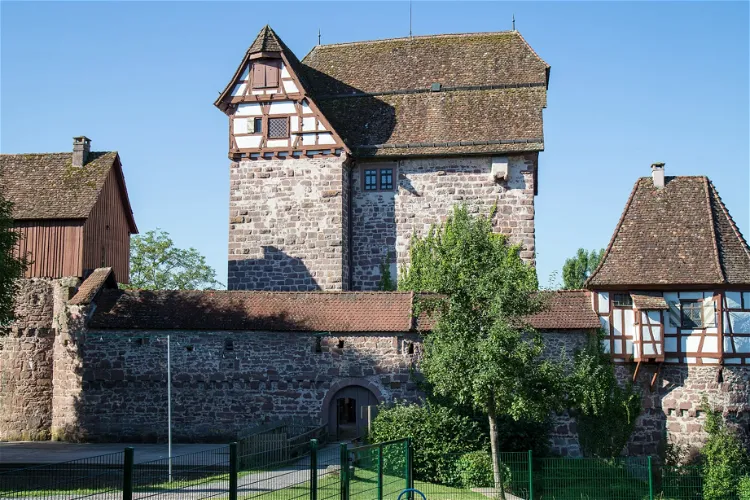
Museum im Alten Schloss
AltensteigSchloss Altensteig is a castle complex situated on the northern edge of the old town of Altensteig, in the Calw district of Baden-Württemberg. This location offers visitors a unique opportunity to explore the historical architecture of the region, while also enjoying the picturesque views of the surrounding area.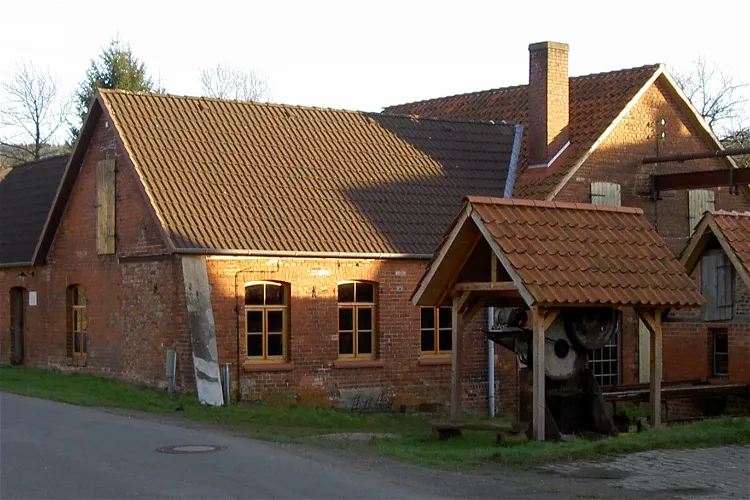
Industriemuseum Unterer Eisenhammer
RintelnThe Unterer Eisenhammer is a significant historical site located in the Exten district of the city of Rinteln. This former iron hammer mill has been recognized as a protected architectural and industrial monument since 2006, marking its importance in the region's industrial history.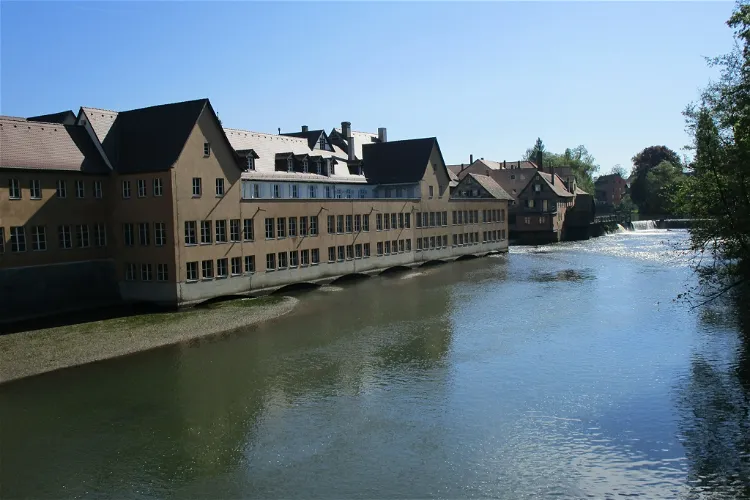
Industriemuseum Lauf
Lauf an der PegnitzThe Industriemuseum Lauf is a museum dedicated to the history of crafts and industry, showcasing exhibits from the period of 1890 to 1970. This museum provides a unique opportunity to delve into the past and understand the evolution of industry and craftsmanship during this era.
Handwerksmuseum-Suhlendorf
Groß EllenbergThe Handwerksmuseum Suhlendorf, located in Suhlendorf, Lower Saxony, is a museum dedicated to the development and diversity of crafts in the Lüneburg Heath region. It provides a comprehensive overview of the evolution of various crafts, offering a unique insight into the region's rich cultural heritage.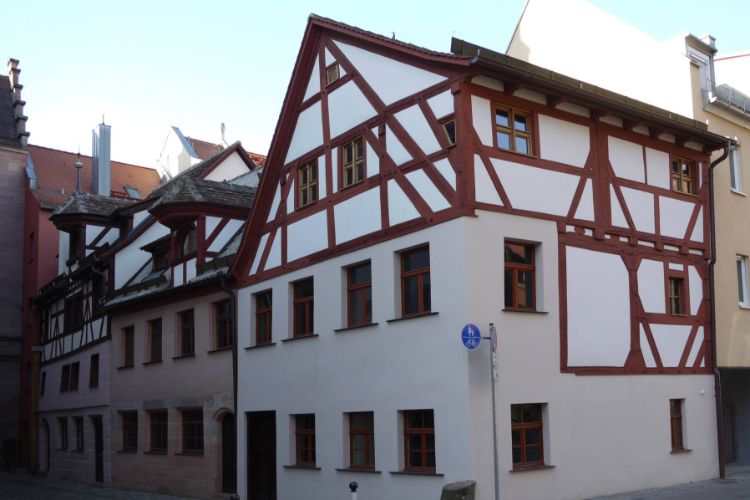
Museum 22 20 18 Kuhnertsgasse
NurembergThe Handwerkerhäuser Kühnertsgasse are three listed former craft houses in Nuremberg, at Kühnertsgasse 18, 20 and 22. The oldest house number 22 was originally built in 1377 as a two-storey half-timbered house. The other two houses were built until 1434. The inhabitants rebuilt the houses several ti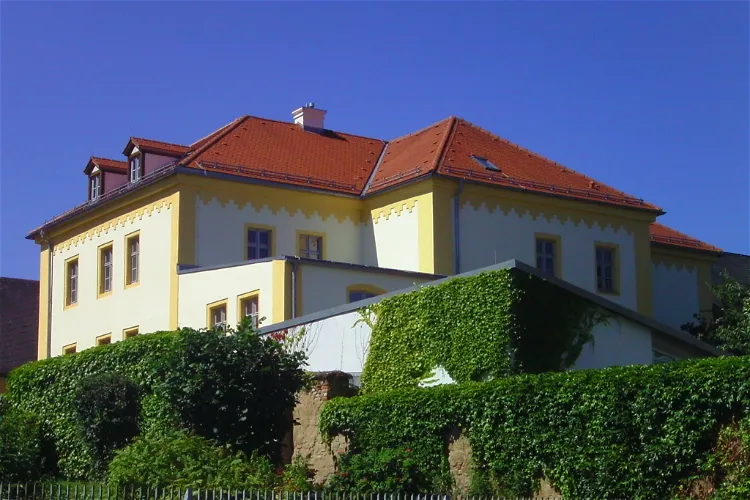
Museumsquartier Tirschenreuth
TirschenreuthThe Museumsquartier Tirschenreuth is a quaint museum nestled in the former monastery of the city of Tirschenreuth. The monastery was renovated to house the museum, providing a unique blend of history and culture for visitors to explore.
Heimatbund Museum Soltau
SoltauThe Soltau Museum, located in the Lower Saxony city of Soltau, is a local history museum. It is jointly operated by the Heimatbund Soltau, a local heritage association, and the city of Soltau itself. The museum is dedicated to preserving and showcasing the history and culture of Soltau and its surrounding regions.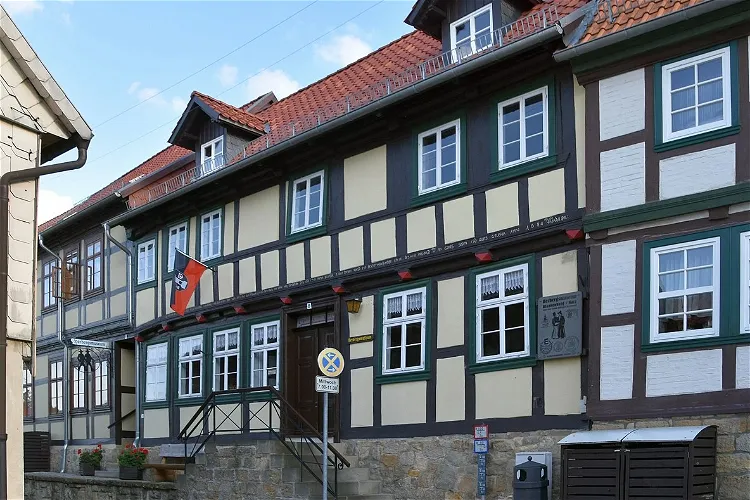
Herbergsmuseum
BlankenburgThe Herbergsmuseum, located at Bergstraße 15 in Blankenburg (Harz), holds a unique position in Germany as the only museum developed from a historical journeymen's hostel. This makes it a distinctive destination for those interested in history and culture.
Museum für Handwerk und Postgeschichte
IserlohnThe Iserlohn Museum for Crafts and Postal History is a unique blend of technology and postal history, located in the heart of Iserlohn. The museum, which opened its doors to the public on July 31, 1999, offers a deep dive into the historical representation of the Märkisches crafts and the history of the post in the city of Iserlohn and the County of Mark.
Heimatmuseum Schwarzes Tor
St. Georgen im SchwarzwaldThe Heimatmuseum “Schwarzes Tor” in Sankt Georgen in the Black Forest is a unique museum that offers visitors a chance to step back in time. Housed in an original Black Forest farmhouse from the 19th century, the museum provides a glimpse into the life and times of the people who lived there during that period. The museum is located in the city center of Sankt Georgen, making it easily accessible for tourists.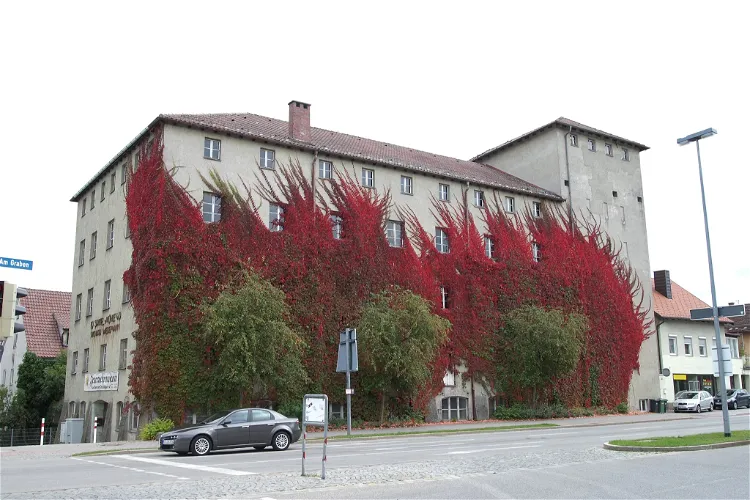
Feuerwehrmuseum Kaufbeuren - Ostallgäu e. V.
KaufbeurenThe Feuerwehrmuseum Kaufbeuren-Ostallgäu, located in Kaufbeuren, is a museum dedicated to the history of firefighting and the fire brigade. Opened in 1996, the museum provides a comprehensive look into the evolution of firefighting techniques and equipment over the years.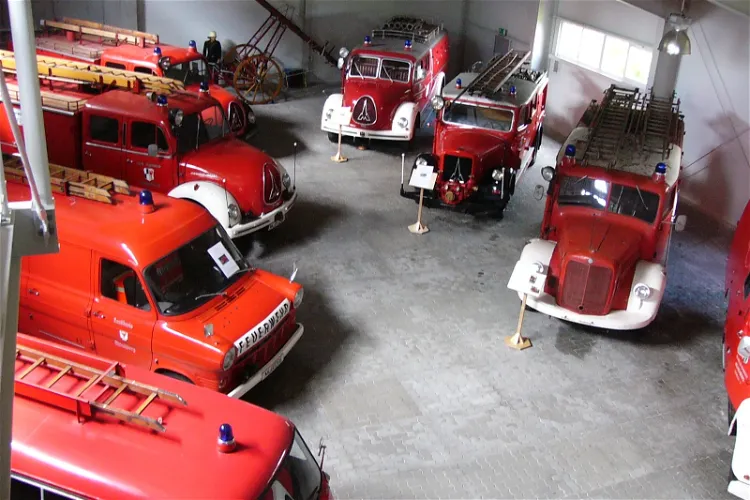
Oberfränkisches Feuerwehrmuseum
SchauensteinThe Oberfränkisches Feuerwehrmuseum is situated in the Schauenstein Castle in the small town of Schauenstein in Upper Franconia. This location provides a unique setting for the museum, combining historical architecture with the rich history of firefighting in the region.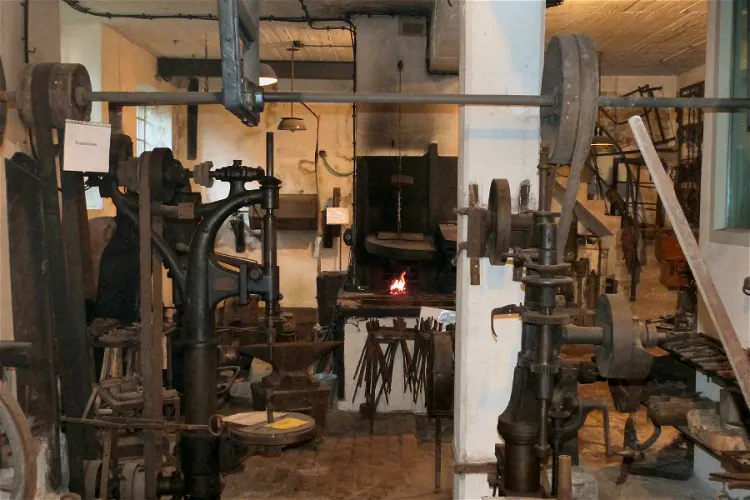
Hammerschmiede Gnuse
VlothoThe Hammerschmiede Gnuse is a historical hammer mill situated in the district of Valdorf, in the East Westphalian city of Vlotho, in the Herford district of North Rhine-Westphalia. This location offers visitors a glimpse into the industrial past of the region, with its rich history and preserved architecture.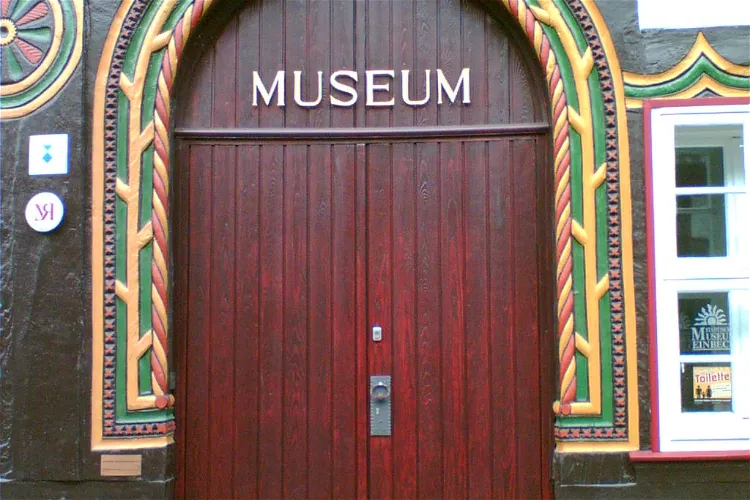
StadtMuseum Einbeck
EinbeckThe StadtMuseum Einbeck, previously known as the Städtisches Museum Einbeck, is a significant cultural institution in the Lower Saxony city of Einbeck. The museum's primary focus is on the history of Einbeck and the history of the bicycle, offering visitors a unique insight into these two intertwined narratives.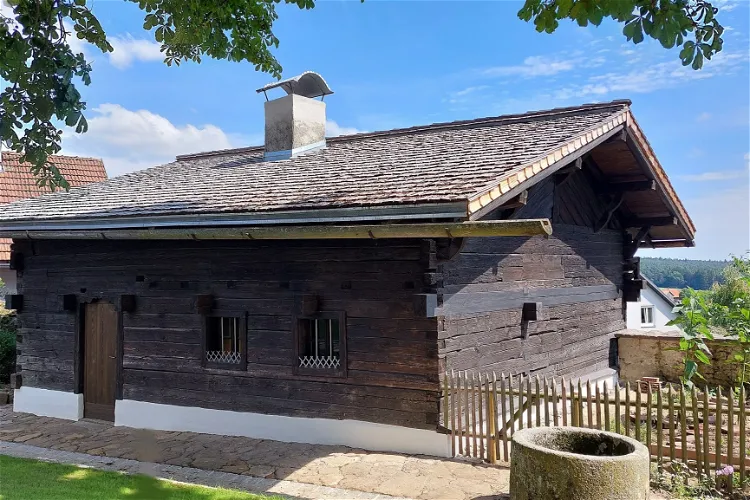
Schulmuseum Fronau
RodingThe Schulmuseum Fronau is a significant historical site, housed in an 18th-century Waldlerhaus, a traditional block construction typical of the Bavarian Forest. This building served as a schoolhouse in Fronau, a district of the city of Roding, until 1851. This offers visitors a unique opportunity to explore a piece of Bavarian history and architecture.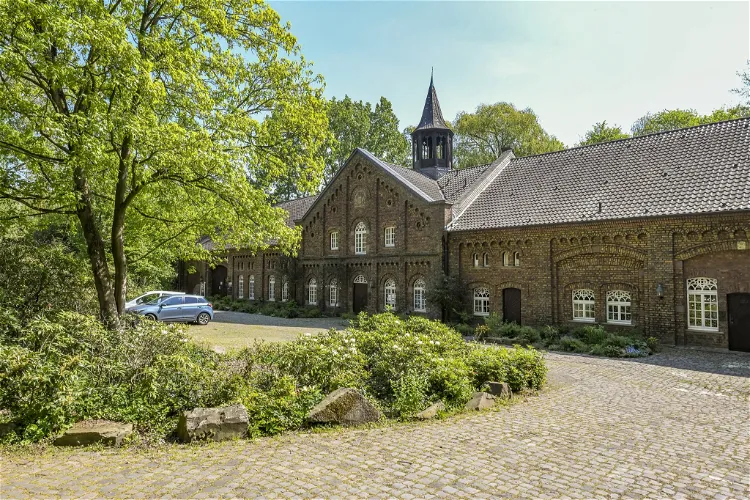
Museum der Stadt Lünen
LünenThe Museum der Stadt Lünen is a city institution located in Lünen, North Rhine-Westphalia, Germany. It displays its collections in over 500 square meters in the former economic building of Schwansbell Castle. The museum offers a wide range of exhibits, including five living rooms from the period between 1840 and 1930, a cast iron collection, a toy and doll collection, a ceramics department, and agricultural and craft tools.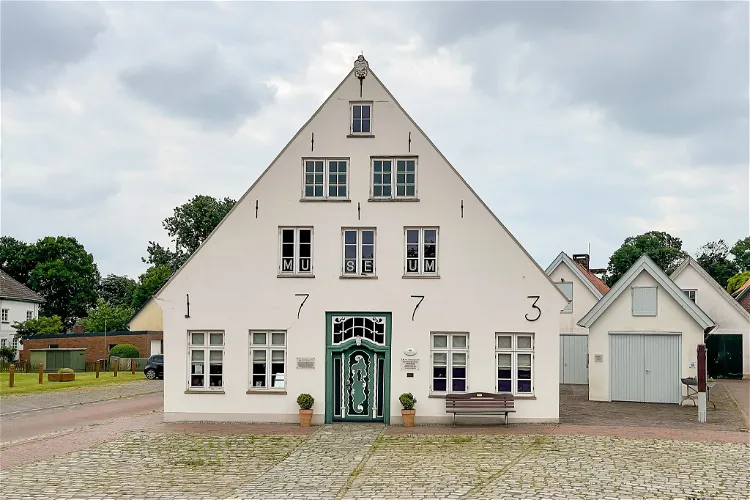
Handwerksmuseum Ovelgönne
OvelgönneThe Handwerksmuseum Ovelgönne is a museum located in the municipality of Ovelgönne in Lower Saxony, Germany. It is dedicated to the history of craftsmanship, preserving and documenting evidence of local and regional craft history. The museum's collection includes tools from workshops or business establishments, from textile, wood, metal, and leather processing crafts, or devices from the rural working world, as well as everyday cultural objects.
Museum für Papier- und Buchkunst - Gemeinde Lenningen
OberlenningenThe Museum für Papier- und Buchkunst, or the Museum of Paper and Book Art, is situated in the Schlössle in Oberlenningen, a part of the Lenningen municipality in the Esslingen district of Baden-Württemberg. The museum was established in 1992 by the Scheufelen paper factory and is located on the second floor of the building.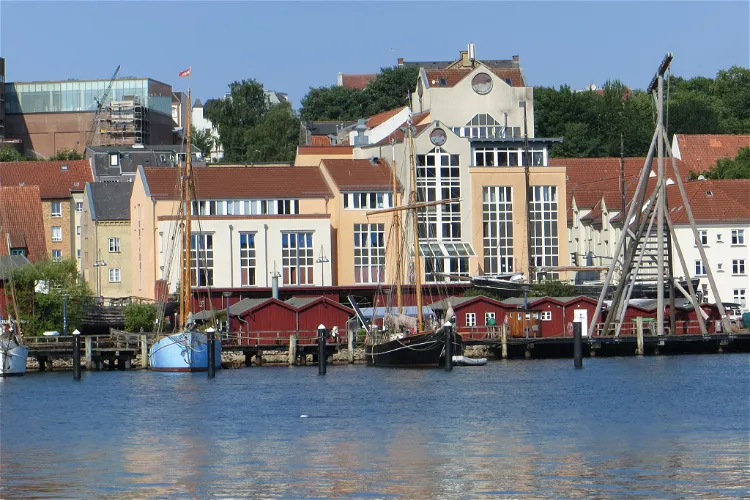
Museumswerft Flensburg
FlensburgThe Museumswerft Flensburg, founded in 1996, is situated at the Flensburg harbor. After several relocations between 1996 and 2001, the museum has been firmly established at its original location, Schiffbrücke 43, since 2001. This location is steeped in history and provides a unique setting for the museum.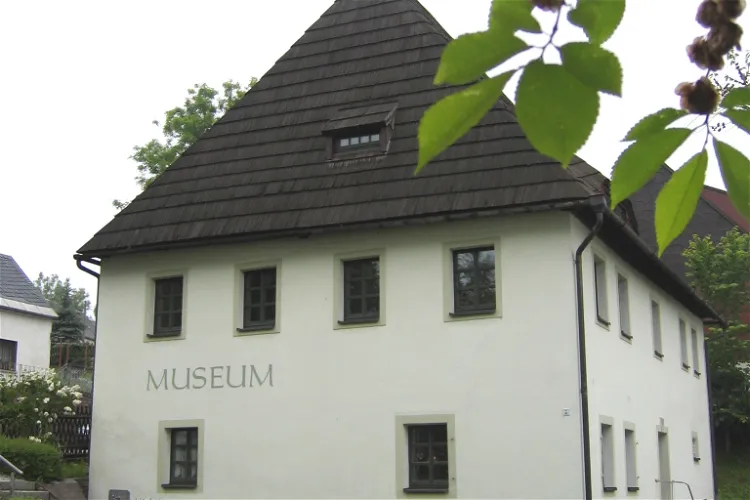
Glassworks Museum of the Ore Mountains
DittersbachThe museum offers a comprehensive display of the Ore Mountain glassmaking history. It features a glassworks from the time of Georgius Agricola, a workshop room, and other written and material witnesses. Additionally, it provides insights into the history of Neuhausen and Purschenstein Castle. This makes it an informative destination for tourists interested in glassmaking and local history.
Heimat- und Keramikmuseum Kandern
KandernThe Heimat- und Keramikmuseum Kandern is a local museum located in the city of Kandern, within the Lörrach district. The museum's primary focus is on ceramic arts and crafts, showcasing the rich history and craftsmanship of the region.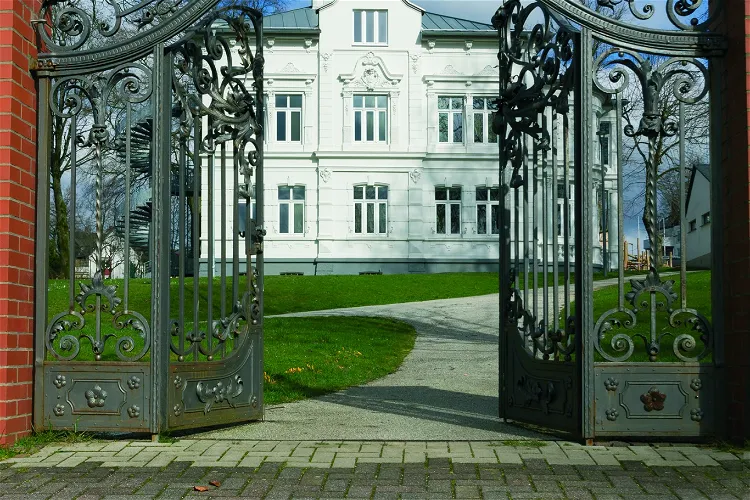
Regionalmuseum Villa Wippermann
HalverVilla Wippermann, located in Halver, is a former residential building that has been transformed into a cultural venue. It is now home to the Regional Museum 'Oben an der Volme'. This historic building offers a unique insight into the region's past and is a significant cultural hub in the area.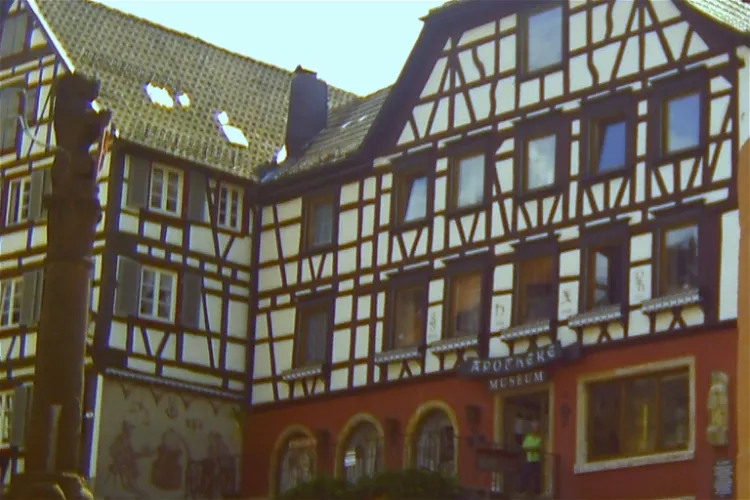
Apothekenmuseum
SchiltachThe Apothekenmuseum in Schiltach holds the distinction of being the largest private museum dedicated to the history of pharmacy in Germany. This museum provides a comprehensive overview of the evolution of pharmacy, making it a significant destination for those interested in medical history.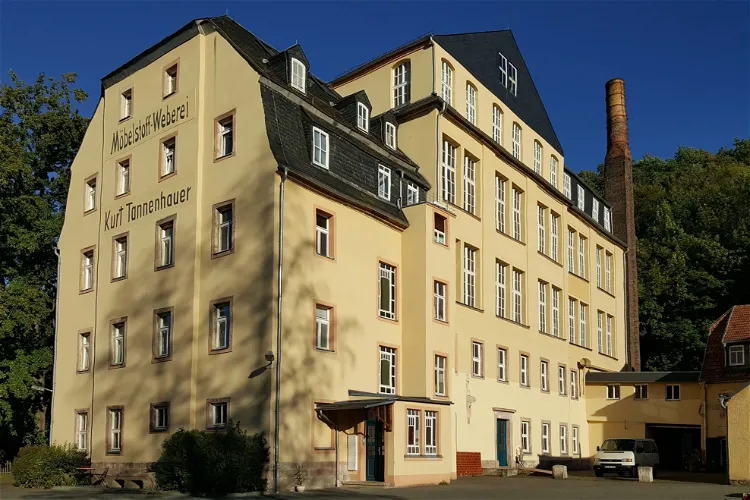
Historische Schauweberei
BraunsdorfThe Historische Schauweberei in Braunsdorf, a district of Niederwiesa, is a museum dedicated to the textile industry. This historical site is a protected monument, offering visitors a glimpse into the rich history of textile production in the region. The museum is housed in a building complex that was built around 1800 and has since undergone several changes in ownership and production.
Textilfabrik Cromford
RatingenThe Textilfabrik Cromford, located in Ratingen, North Rhine-Westphalia, Germany, holds a significant place in history as it was the first cotton spinning mill on the European mainland. Constructed in 1783 by Johann Gottfried Brügelmann, this mill marked a significant advancement in the textile industry.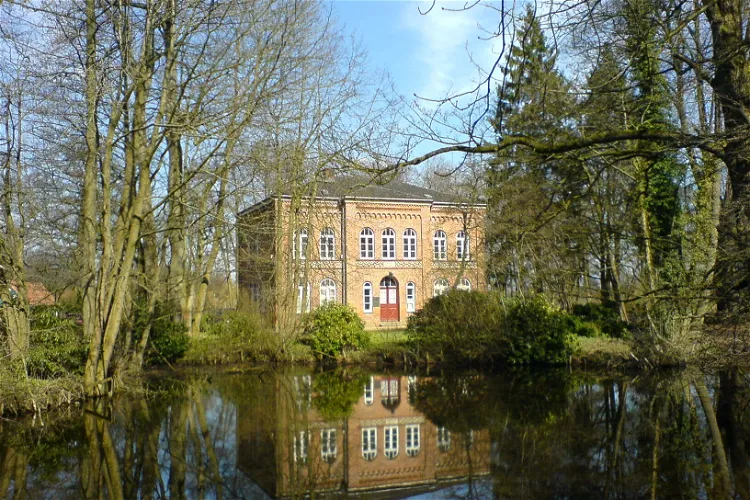
Museum der Grafschaft Rantzau
BarmstedtThe Museum der Grafschaft Rantzau is situated on the Barmstedter Schlossinsel in Barmstedt, a town in southern Schleswig-Holstein. This location provides a scenic setting for the museum, making it an appealing destination for tourists interested in history and culture.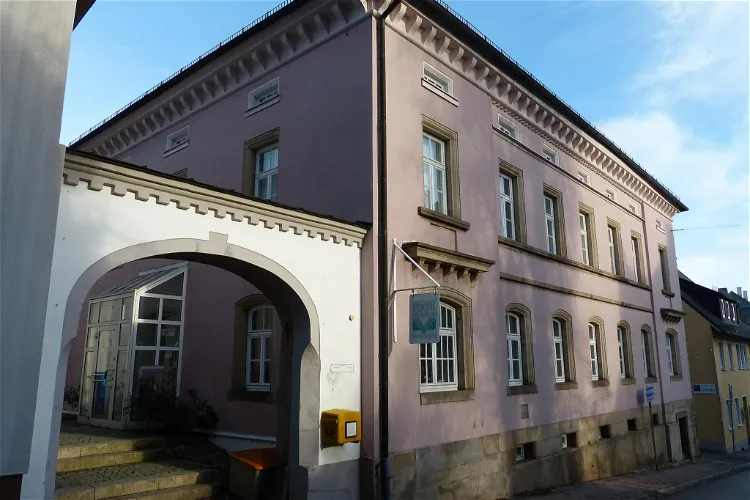
Oberfränkisches Textilmuseum Helmbrechts
HelmbrechtsThe Oberfränkisches Textilmuseum provides a comprehensive overview of the region's textile manufacturing history, which spans centuries. From the hand weaving of linen, wool, and cotton in pre-industrial times to the modern textile industry, the museum showcases the evolution of textile production techniques.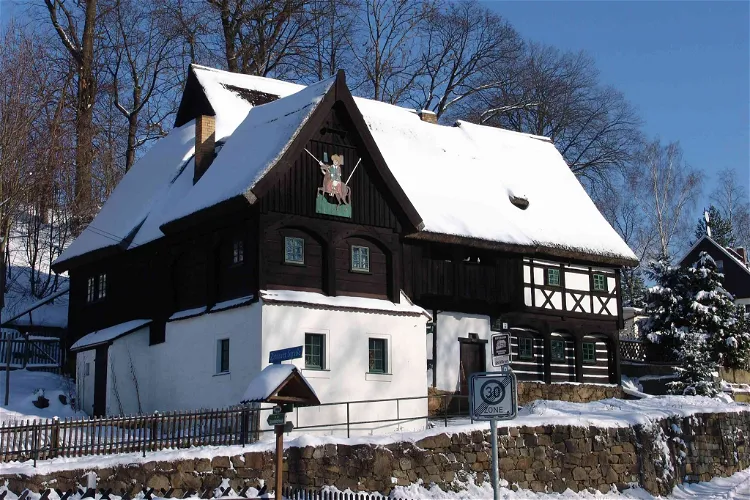
Reiterhaus Neusalza-Spremberg
Neusalza-SprembergThe Reiterhaus, located on Bundesstraße 96 in Neusalza-Spremberg, is a monument and local museum. It was built before 1660 as a small farmhouse in the unique Umgebinde style and was supplemented with a west wing, also known as the Reiter wing, before 1800. This makes it one of the oldest and most picturesque Umgebinde houses in the Oberlausitz area.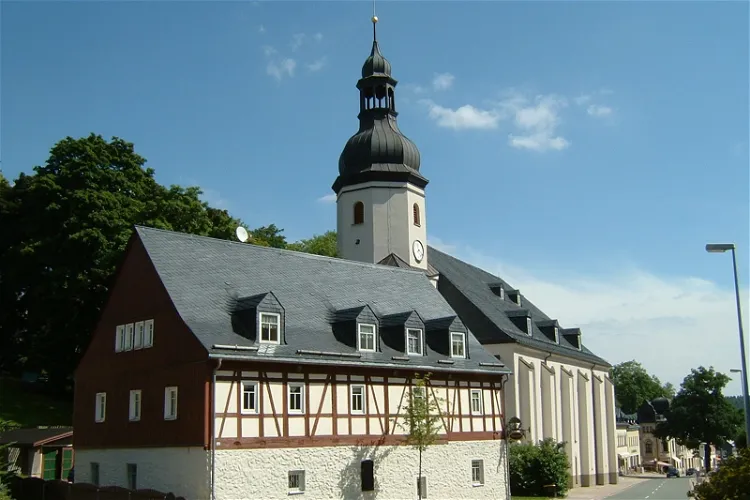
Bürsten- und Heimatmuseum
SchönheideThe Bürsten und Heimatmuseum Schönheide is conveniently located in the heart of Schönheide, adjacent to the Martin Luther Church. This central location makes it easily accessible for tourists visiting the town. The museum is housed in a half-timbered house that was originally built in 1657 as a school, adding a layer of historical significance to the site.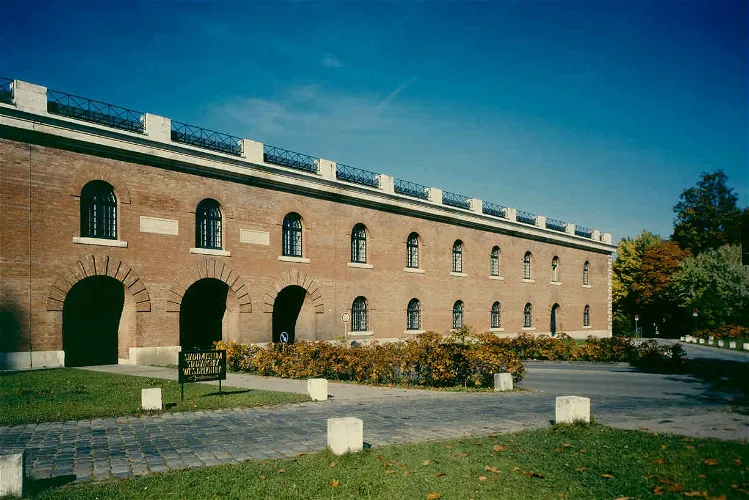
Stadtmuseum
IngolstadtThe Stadtmuseum Ingolstadt offers a comprehensive overview of the historical and cultural development of the Ingolstadt area, from prehistoric times to the present day. Visitors can gain a deep understanding of the region's past and its evolution over time.- 179
Internationales Phono & Radio Museum
DormagenThe museum houses two significant collections from collectors Volkmar Hess and Helmut Dietsch. Hess's collection includes around 400 phonographs, gramophones, and record players, ranging from Edison's first device to devices from the 1990s, along with an extensive collection of sound carriers, including 30,000 shellac records. Dietsch's collection comprises about 4,000 radios, tape recorders, tape devices, and televisions, including American and English radios from the 1920s and the first television built after the Second World War as reparation for the Soviet Union. 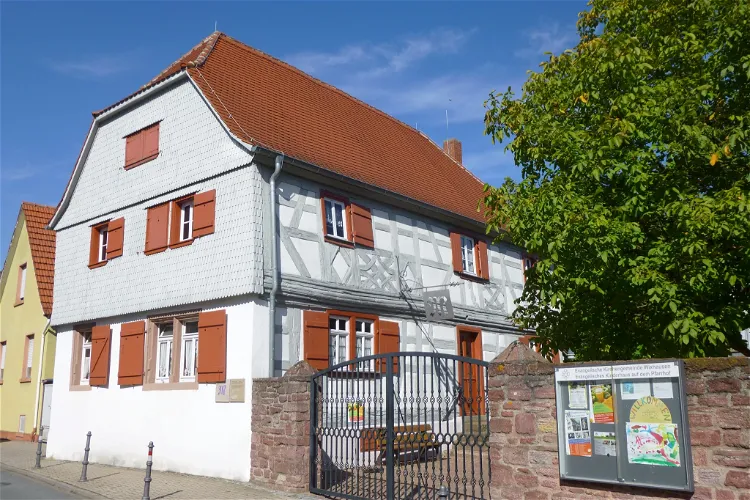
Dorfmuseum
DarmstadtThe Wixhäuser Dorfmuseum, located in Darmstadt-Wixhausen, is housed in a fully restored Franconian half-timbered house. This building has a rich history, dating back to a medieval saddle yard. After the destructions of the Thirty Years' War, the building was rebuilt in 1662 using the ornamental half-timbering of another house. The two-story half-timbered house with a solid ground floor has a hipped roof covered with beaver tails.- 181
Apothekenmuseum
HofgeismarThe Apothekenmuseum Hofgeismar is a unique museum dedicated to the history of pharmacy. It is located in Hofgeismar, in the Kassel district. The museum is housed in the city's second oldest building, known as the 'Stone House', which adds to its historical charm. The museum showcases 350 years of pharmacy history, providing a deep insight into the evolution of the pharmacy profession and practices over the centuries. 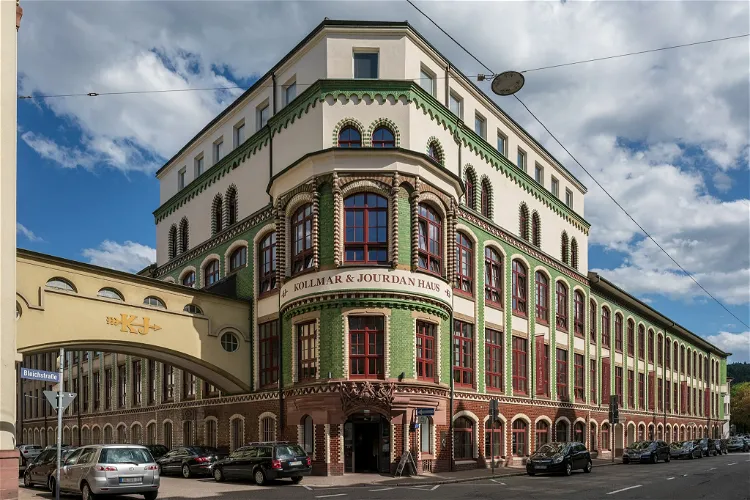
Technisches Museum
PforzheimThe Technisches Museum der Pforzheimer Schmuck- und Uhrenindustrie is a museum located in Pforzheim, Germany. It is dedicated to the history and cultural history of Pforzheim's jewelry and watch industry. The museum provides a comprehensive insight into the city's rich industrial past, making it a significant destination for those interested in history, culture, and craftsmanship.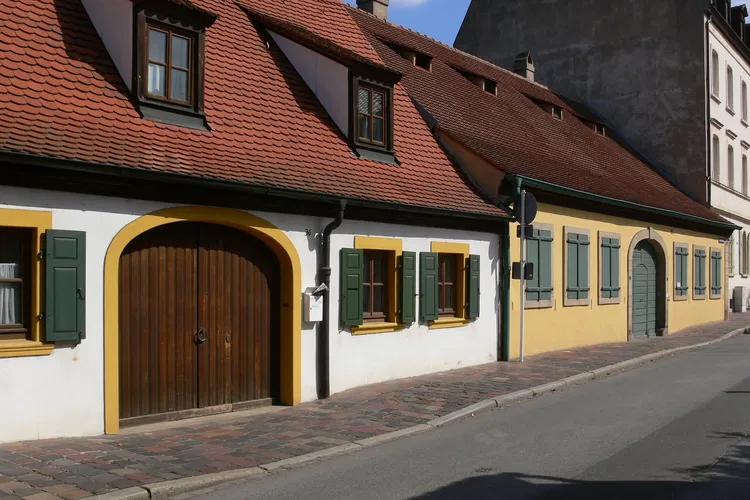
Gärtner- und Häckermuseum
BambergThe Gärtner- und Häckermuseum, which was inaugurated in 1979, is a museum that focuses on the history and culture of the gardeners and winemakers of Bamberg. It provides a unique insight into the traditions and practices of these two important professions in the region.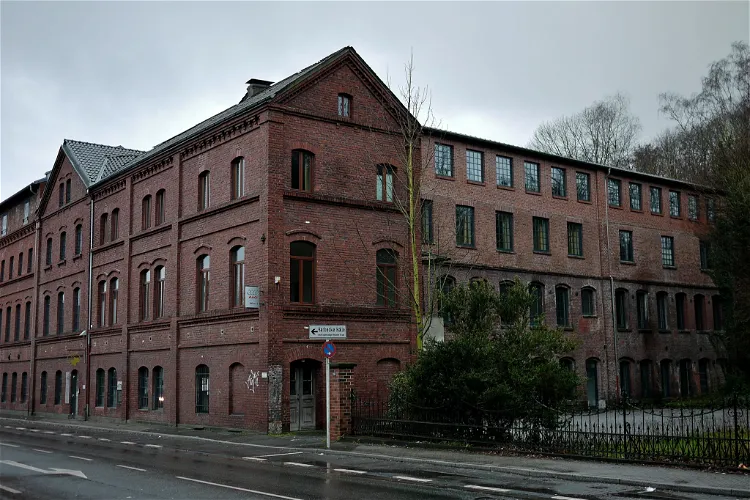
Leather and leather tanning museum
Mülheim an der RuhrThe Leather and Tanning Museum in Mülheim an der Ruhr is a private institution that focuses on the history and manufacturing process of leather and its various end products. This museum provides a comprehensive insight into the evolution of leather production, from its early stages to the modern techniques used today.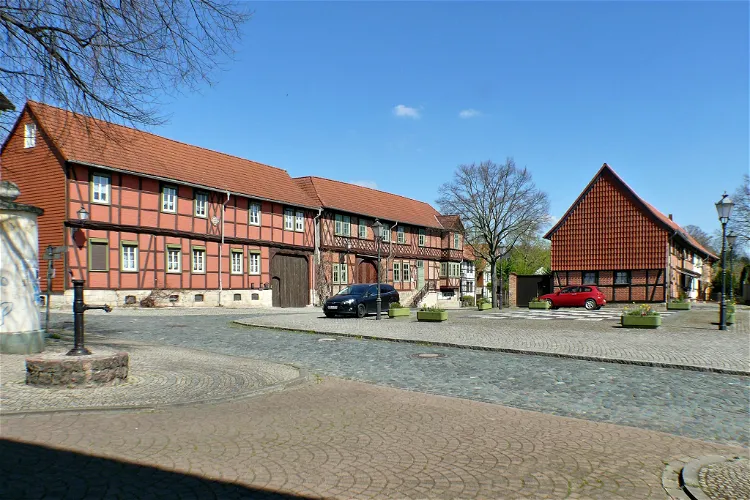
Schachmuseum Ströbeck
StröbeckThe Schachmuseum Ströbeck is a regional museum situated in the chess village of Ströbeck, which is a part of Halberstadt, in the Harz district of Saxony-Anhalt. This museum is dedicated to the game of chess and its history, particularly in the region of Ströbeck. It is a unique destination for chess enthusiasts and those interested in the cultural history of the region.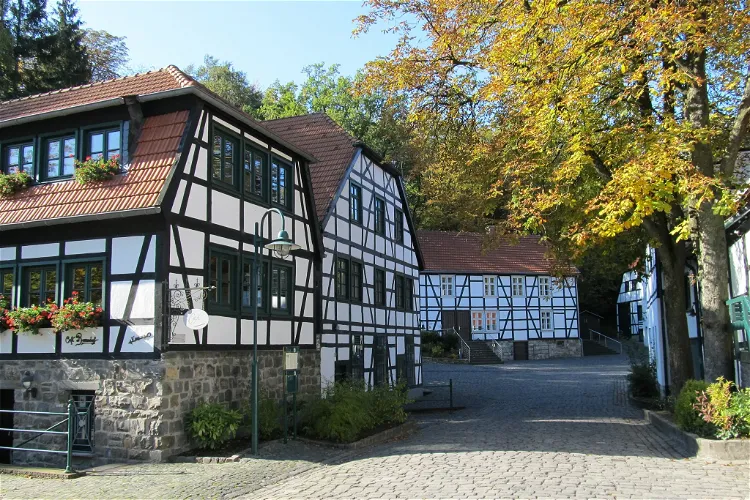
The historic factory Maste-Barendorf
IserlohnThe Historic Factory Maste-Barendorf, located in Iserlohn, is a significant cultural monument. It comprises ten buildings that date back to the 19th century, each bearing witness to the industrial history of the region. The factory complex is now owned by the city of Iserlohn, preserving its historical significance for future generations.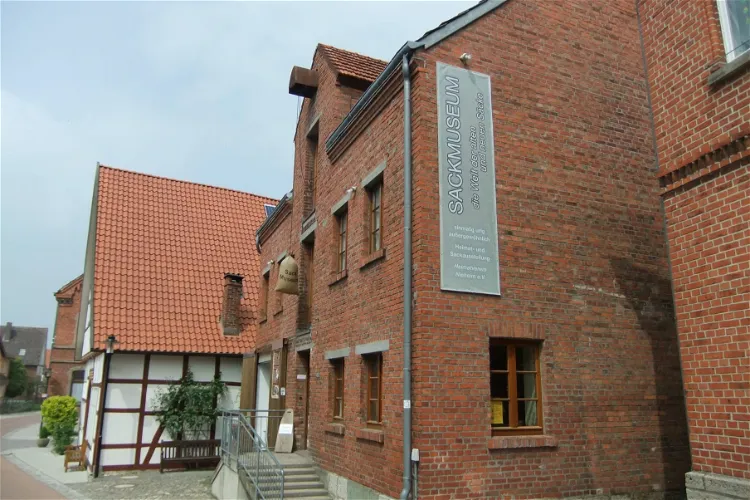
Sackmuseum
NieheimThe Sackmuseum, located in Nieheim, North Rhine-Westphalia, is a unique museum that collects and exhibits bags of all kinds. This includes everything from the smallest mail bag in the world to the largest, the hop sack. The museum's collection is extensive, showcasing bags used for various purposes such as transporting money, letters, packages, coal, shoes, instruments, dowry, clothes, and even garbage.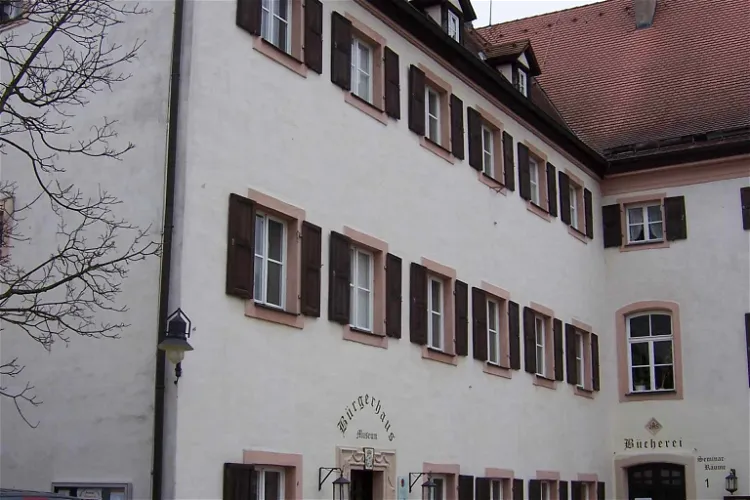
Heimat- und Brauereimuseum Pleinfeld
PleinfeldThe Heimat- und Brauereimuseum is housed in the historic Old Vogteischloss, a significant architectural landmark in Pleinfeld. The museum is also notable for containing the first brewery museum in Middle Franconia, making it a unique destination for those interested in the history of brewing.
Bocholter Handwerksmuseum
BocholtThe Handwerksmuseum in Bocholt is a unique destination that showcases a total of 28 different crafts on an area of 720 m². Visitors can explore a wide range of professions, from traditional to contemporary, and gain a deeper understanding of the history and evolution of these crafts.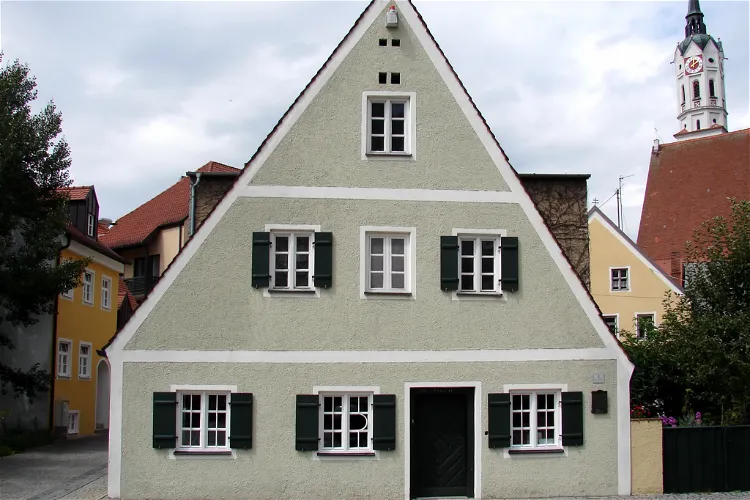
Zeiselmairhaus
SchrobenhausenThe Zeiselmairhaus, located in Schrobenhausen, a city in the Upper Bavarian district of Neuburg-Schrobenhausen, is a historical building that dates back to 1478. This gives the building a rich history and a unique architectural style that reflects the period in which it was built.
Deichdorfmuseum Bislich
WeselThe Deichdorfmuseum Bislich is a museum dedicated to local history and natural history, situated in the district of Bislich in Wesel. It offers a unique opportunity to delve into the rich history and natural environment of the region. The museum's exhibits cover a wide range of topics, from local cultural history to the Rhine as a habitat, including dike construction, fishing, and shipping.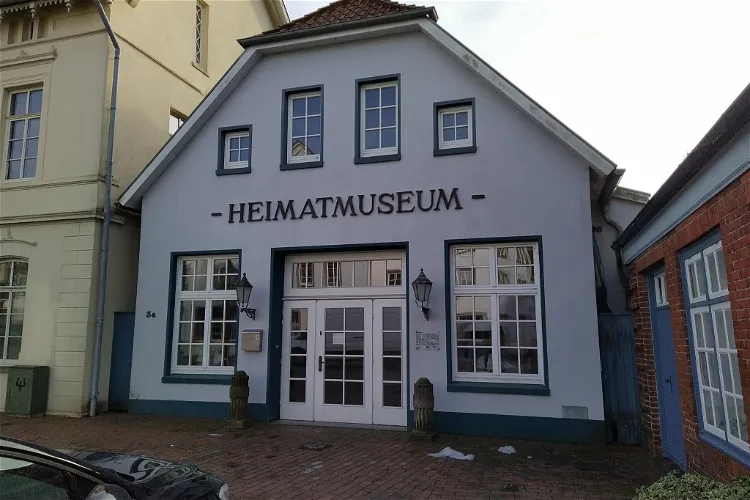
Heimatmuseum Varel
VarelThe Vareler Heimatmuseum, located on the Neumarkt, has been a part of the city since 1954. The Neumarkt itself was established in 1755, making it a location with a rich history. This museum is housed in a building that was originally a half-timbered house built around 1677, which received its current facade in the early 19th century.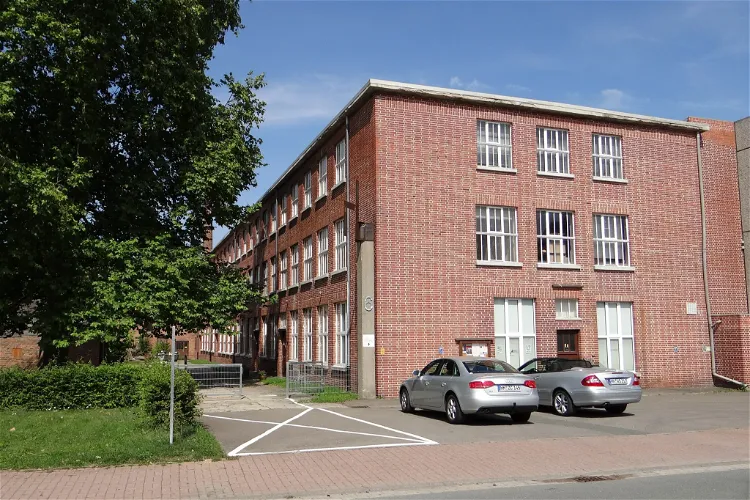
Deutsches Stuhlmuseum Eimbeckhausen
Bad Münder am DeisterThe Deutsches Stuhlmuseum Eimbeckhausen is located in Eimbeckhausen, a district of the Lower Saxony city of Bad Münder am Deister in the Hameln-Pyrmont district. The museum is dedicated to the seat furniture chair, providing a unique focus on this everyday object.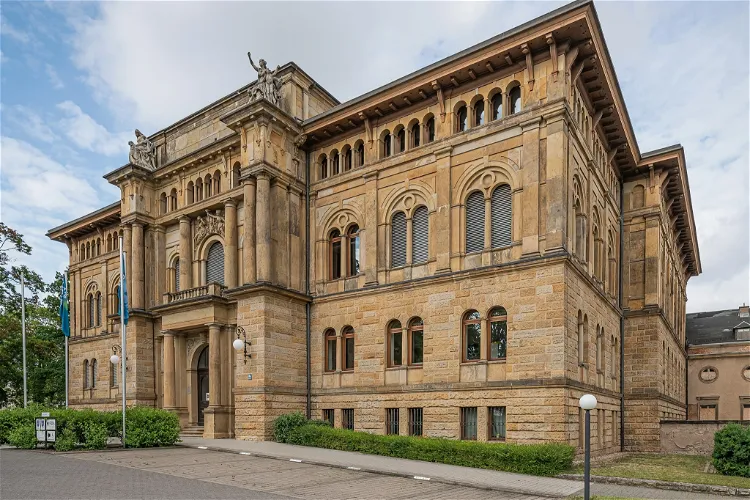
The German Insurance Museum Ernst Wilhelm Arnoldi
GothaThe German Insurance Museum Ernst Wilhelm Arnoldi is a unique institution dedicated to the history of insurance, located in the city of Gotha in Thuringia. The museum is housed in the former headquarters of the Gothaer Life Insurance Bank, a building that carries its own historical significance. This location provides a fitting backdrop for the museum's collection, which explores the development of the insurance industry in Germany.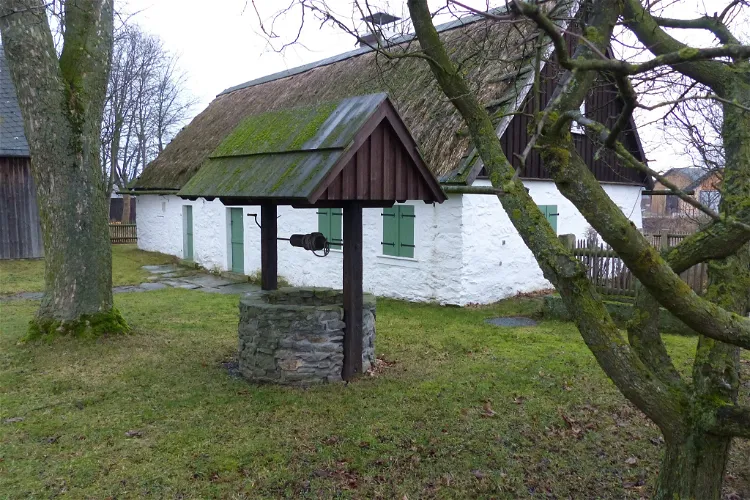
Weberhaus Neudorf
SchauensteinThe Weberhausmuseum Neudorf, located in Neudorf, Bavaria, is a significant representation of the historical weaving industry in the Franconian Forest. This former weaver's house provides a glimpse into the past, showcasing the life and work of the weavers who once resided here. It's a unique opportunity for tourists to learn about the region's history and the importance of the weaving industry.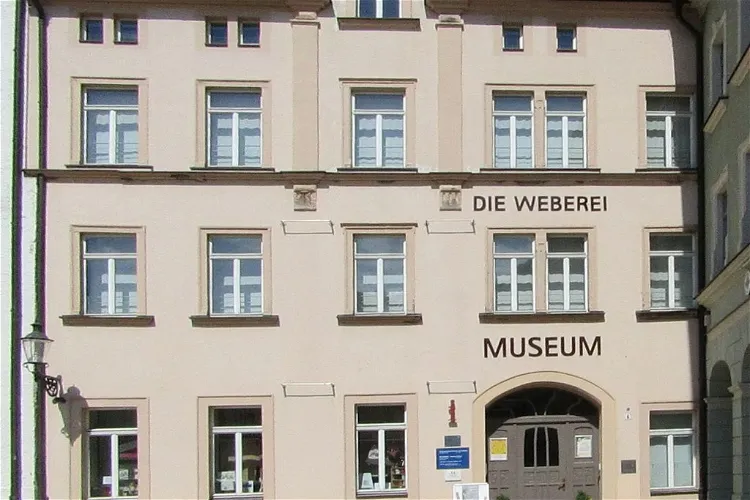
Die Weberei - Museum Oederan
OederanThe DIE WEBEREI | Museum Oederan is a unique collection that showcases the rich history of Saxon weaving. Located in the quaint town of Oederan, the museum offers a deep dive into the evolution of this craft and industry. Visitors can explore the museum's extensive collection, which spans centuries of weaving history, and gain a deeper understanding of the role this craft played in the region's cultural and economic development.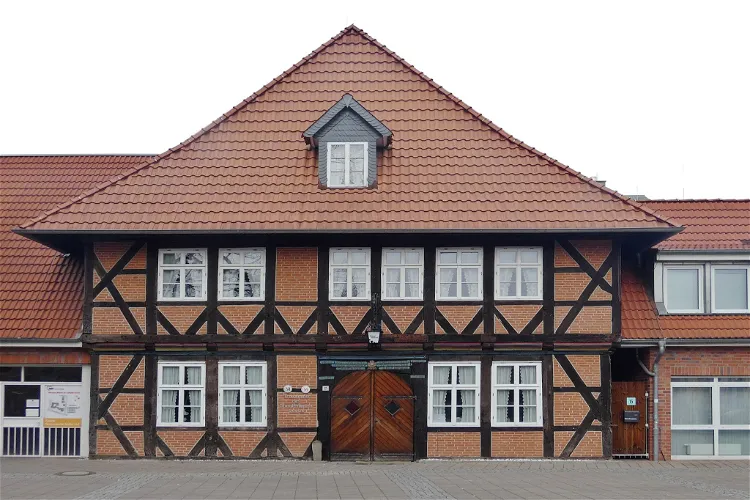
Heimatmuseum Seelze
SeelzeThe Heimatmuseum Seelze is a regional museum that represents the city of Seelze, along with its districts and incorporated villages. It provides a comprehensive overview of the region's history and culture, making it a valuable destination for those interested in understanding the local heritage.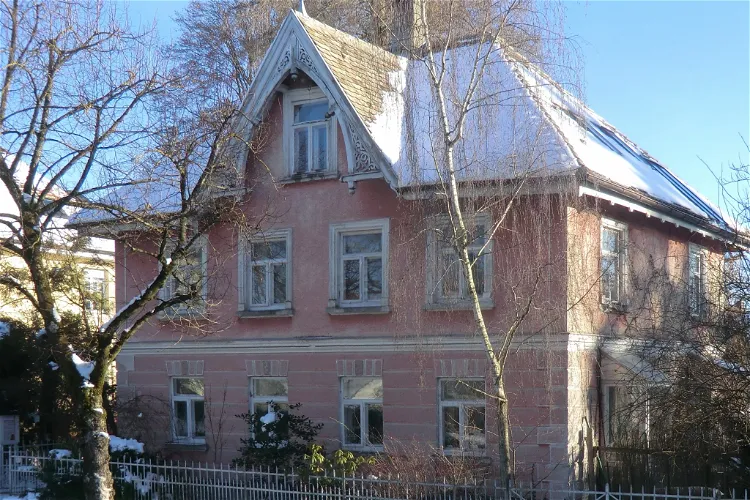
Sepp-Mahler-Museum
Bad WurzachThe Leper House, the birthplace of Sepp Mahler, was inaugurated as a museum of the city of Bad Wurzach in 1987. The museum showcases the life and living culture of the place, providing visitors with a glimpse into the past. It is a significant cultural landmark that offers insights into the life and works of Sepp Mahler.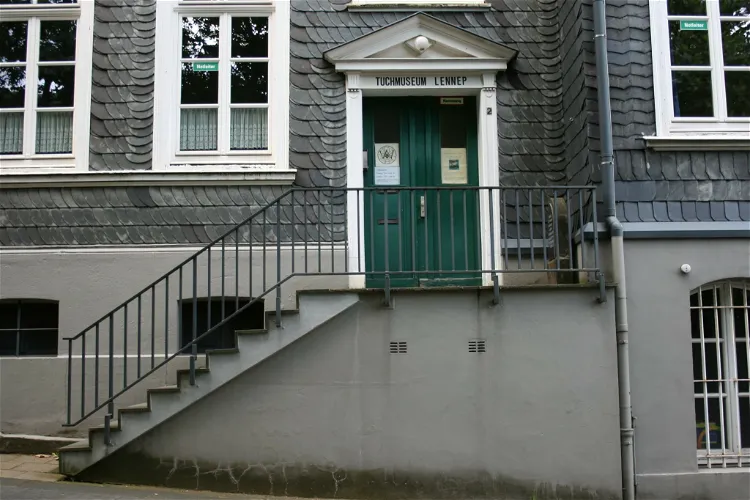
Tuchmuseum Lennep
RemscheidThe Tuchmuseum Lennep, located in Remscheid, is a museum dedicated to the history of the cloth industry in the Bergisches Land. It provides a comprehensive overview of the industry's development and its impact on the region. The museum is housed in the building of GGS Freiherr vom Stein, located at Hardtstraße 2.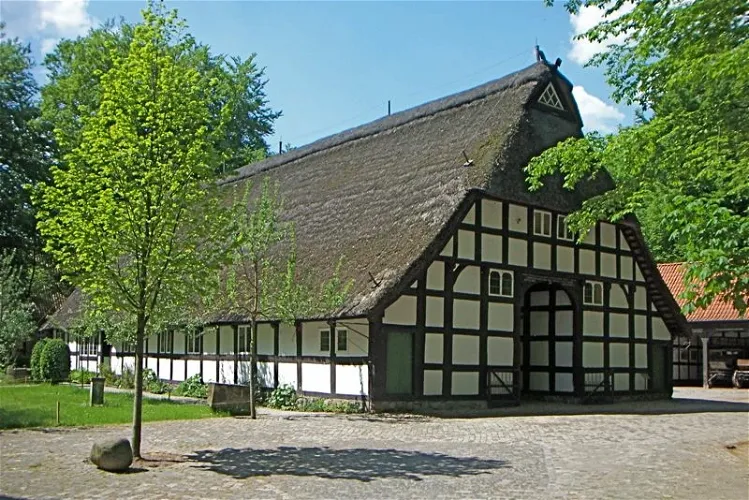
Kreismuseum Syke
SykeThe Kreismuseum Syke is a regional and open-air museum situated in the town of Syke. It is under the sponsorship of the Diepholz district. This museum is a significant cultural institution in the region, offering a wide range of exhibits and activities that provide insights into the local history and culture.